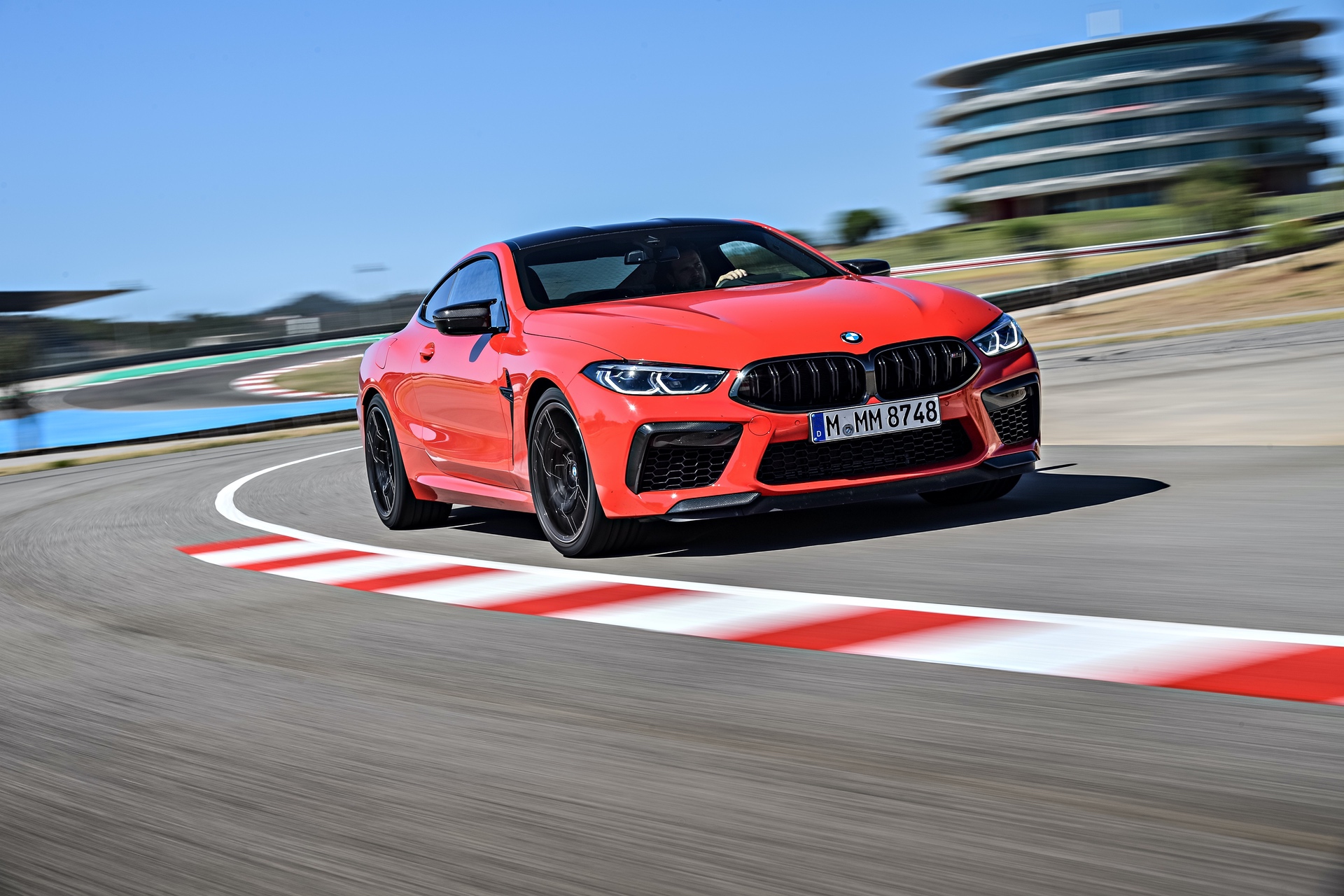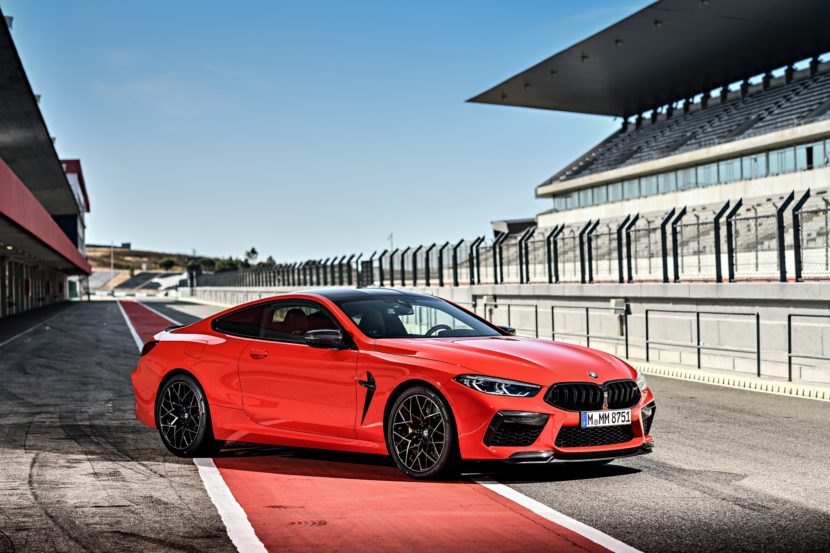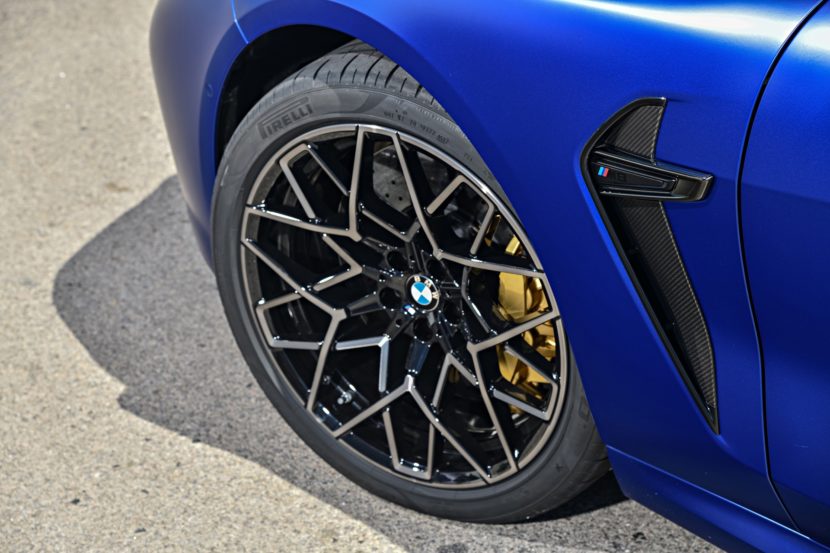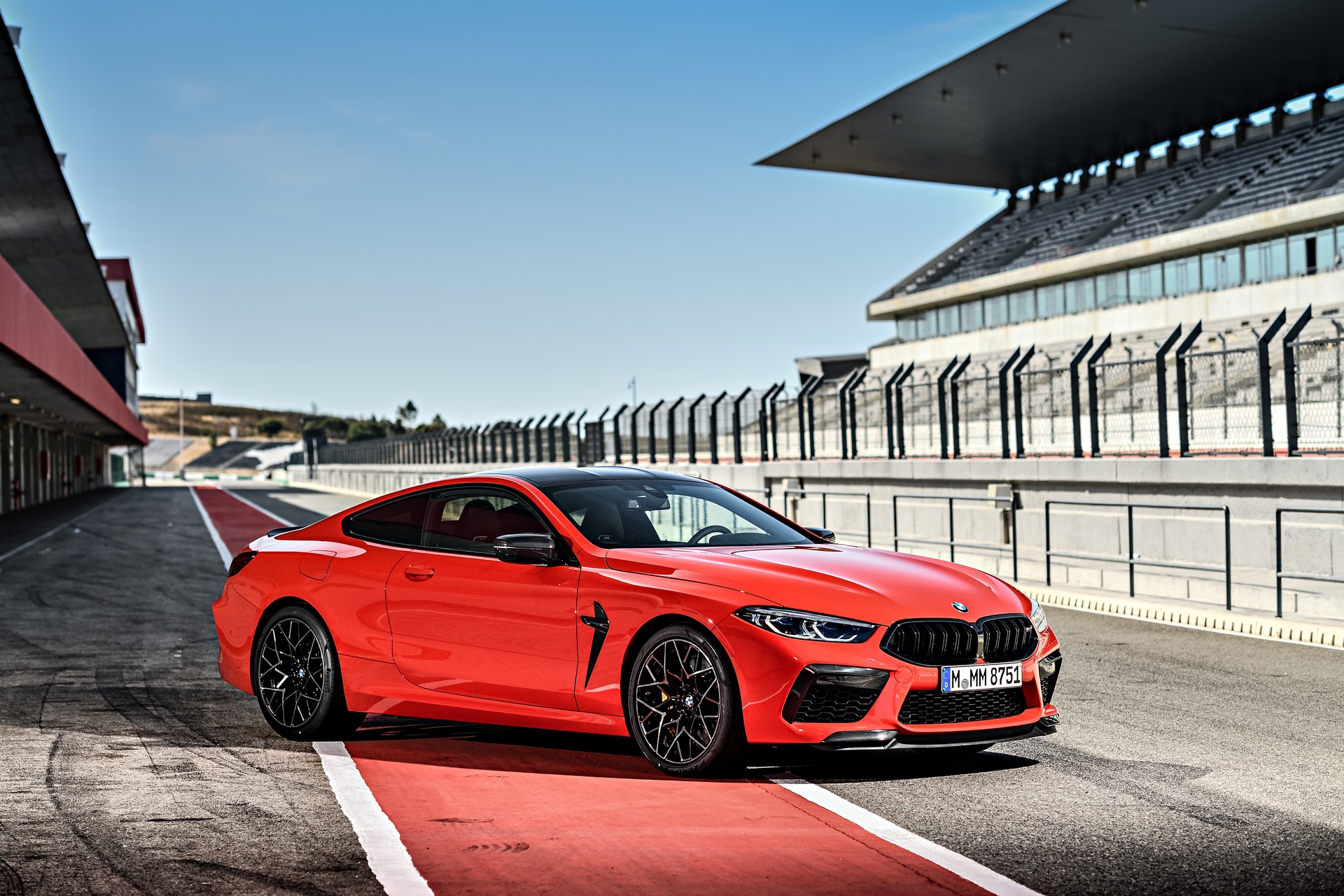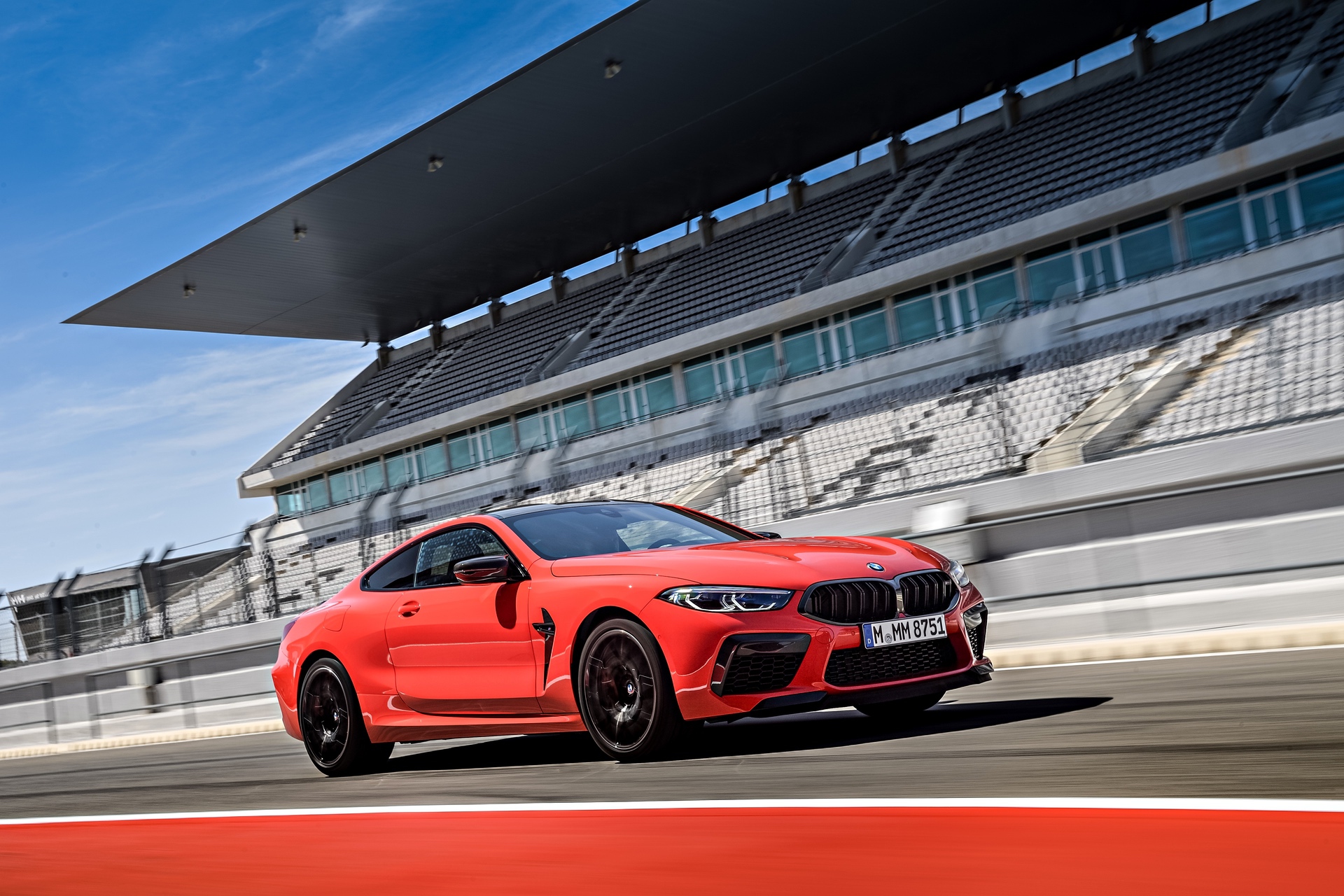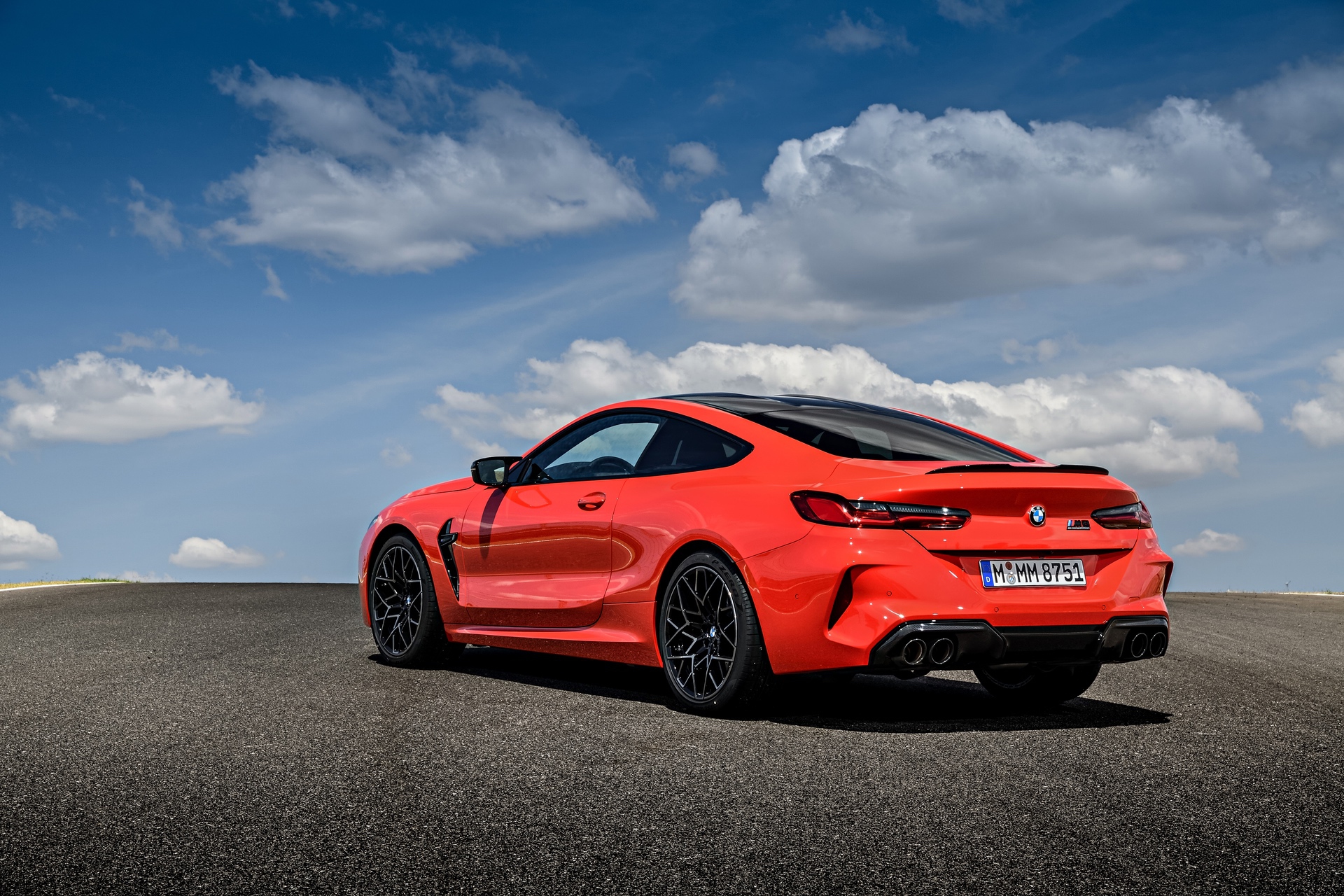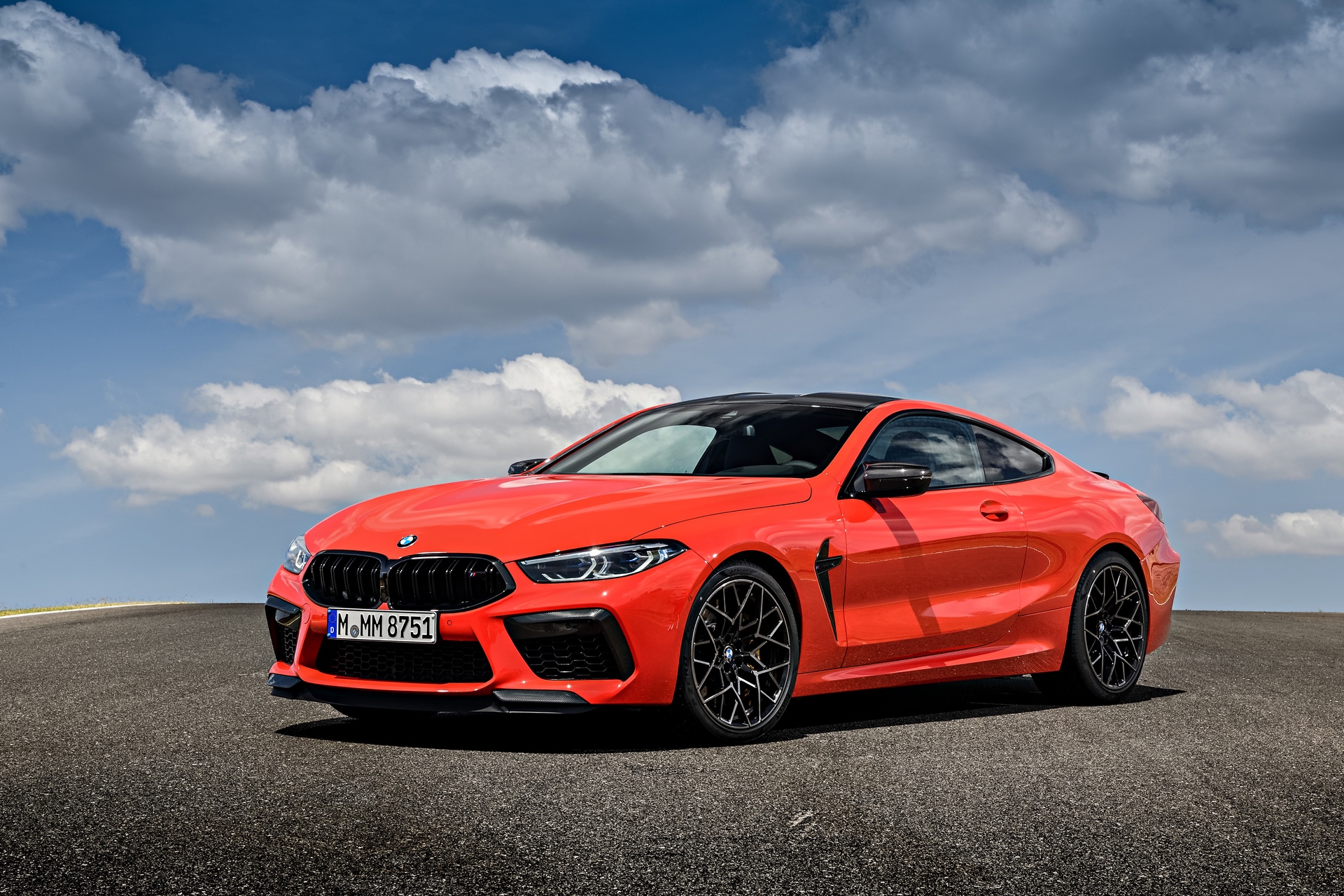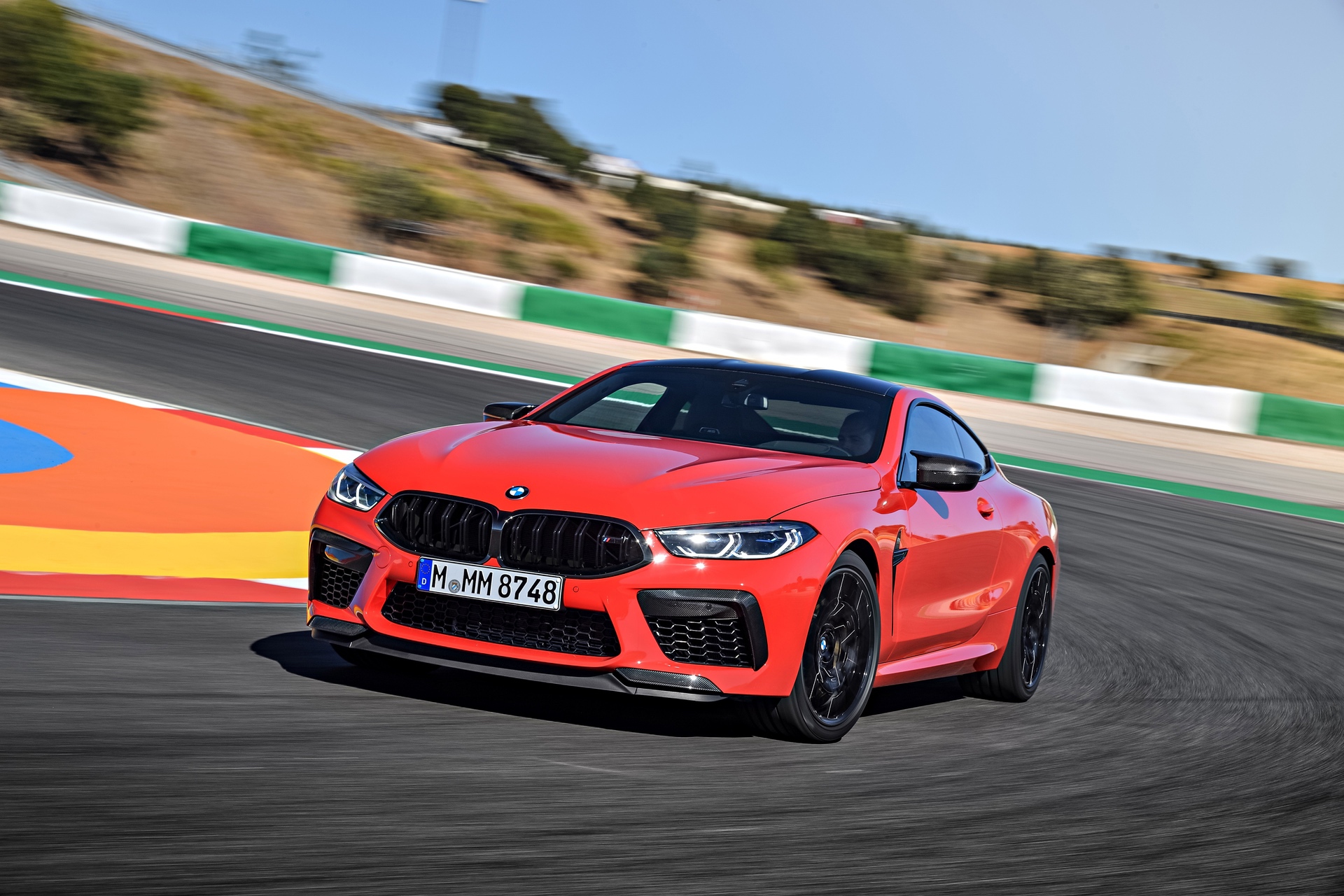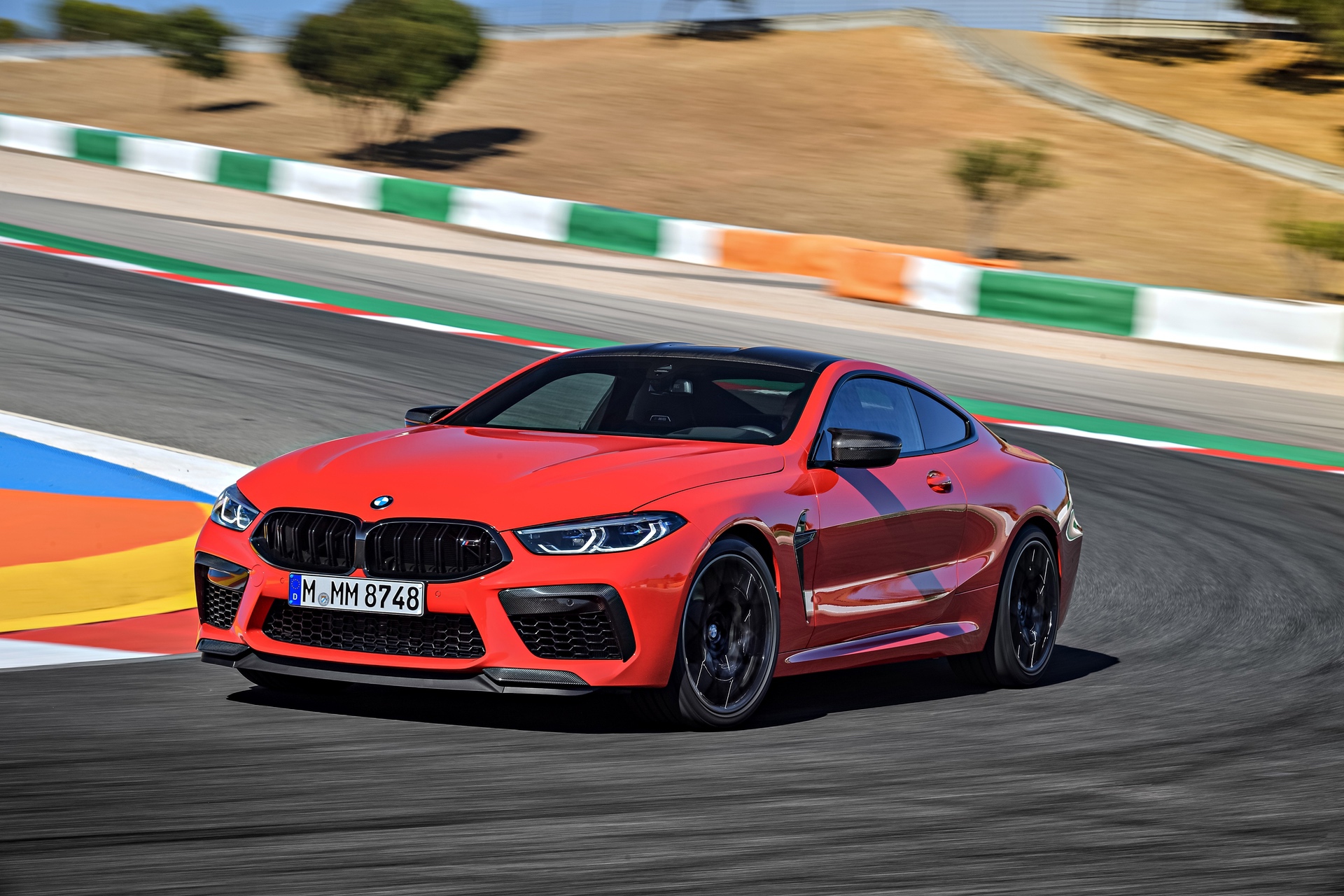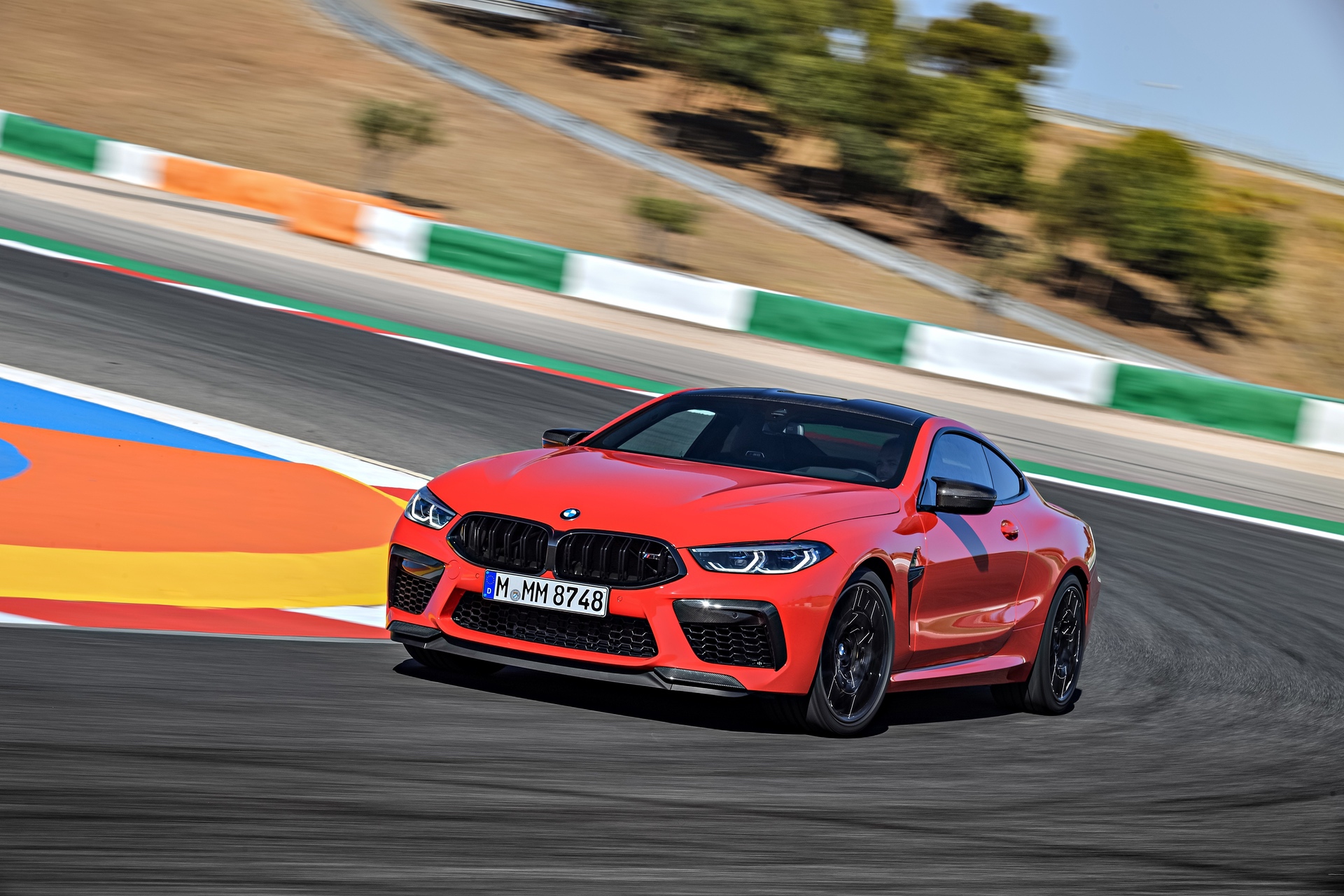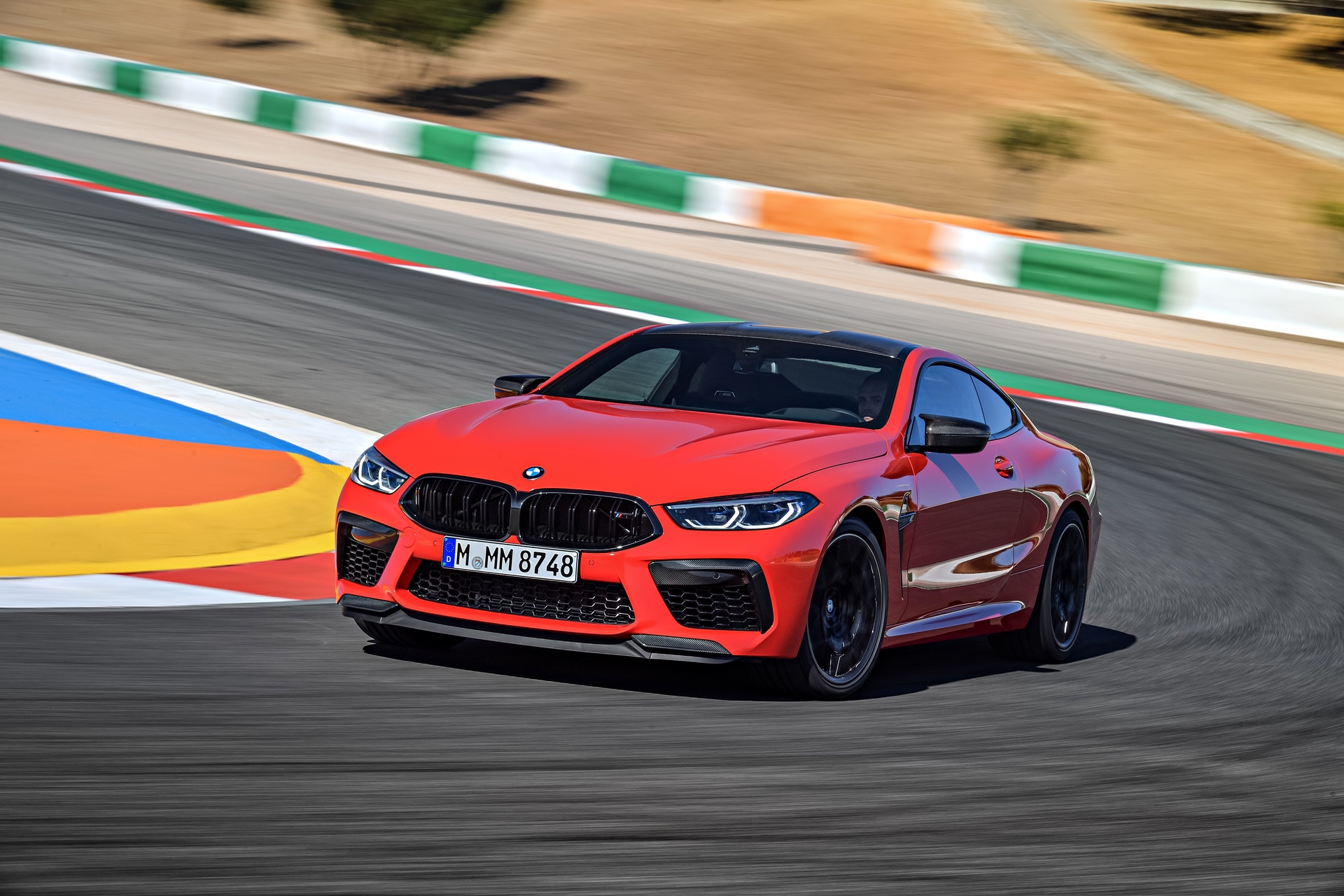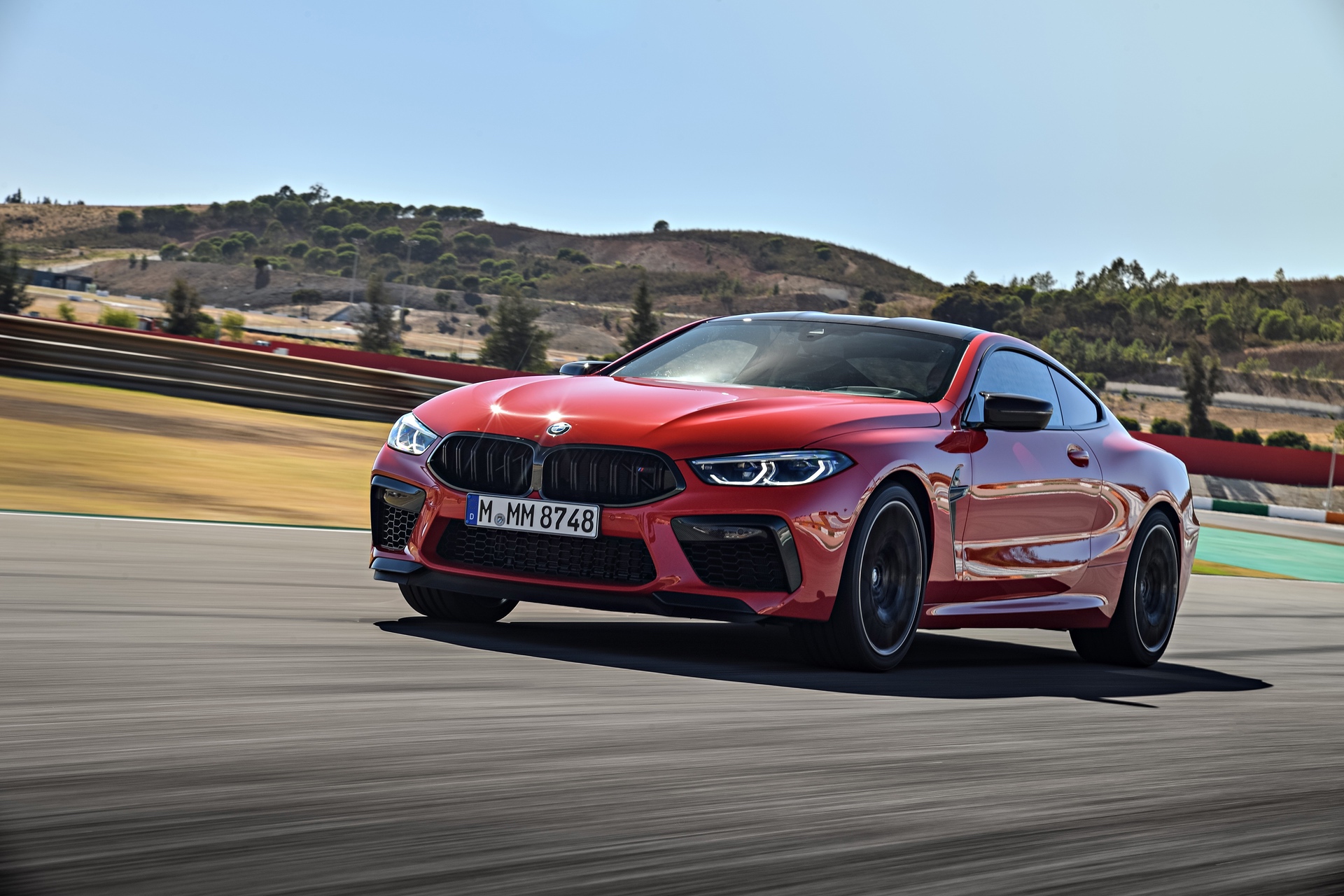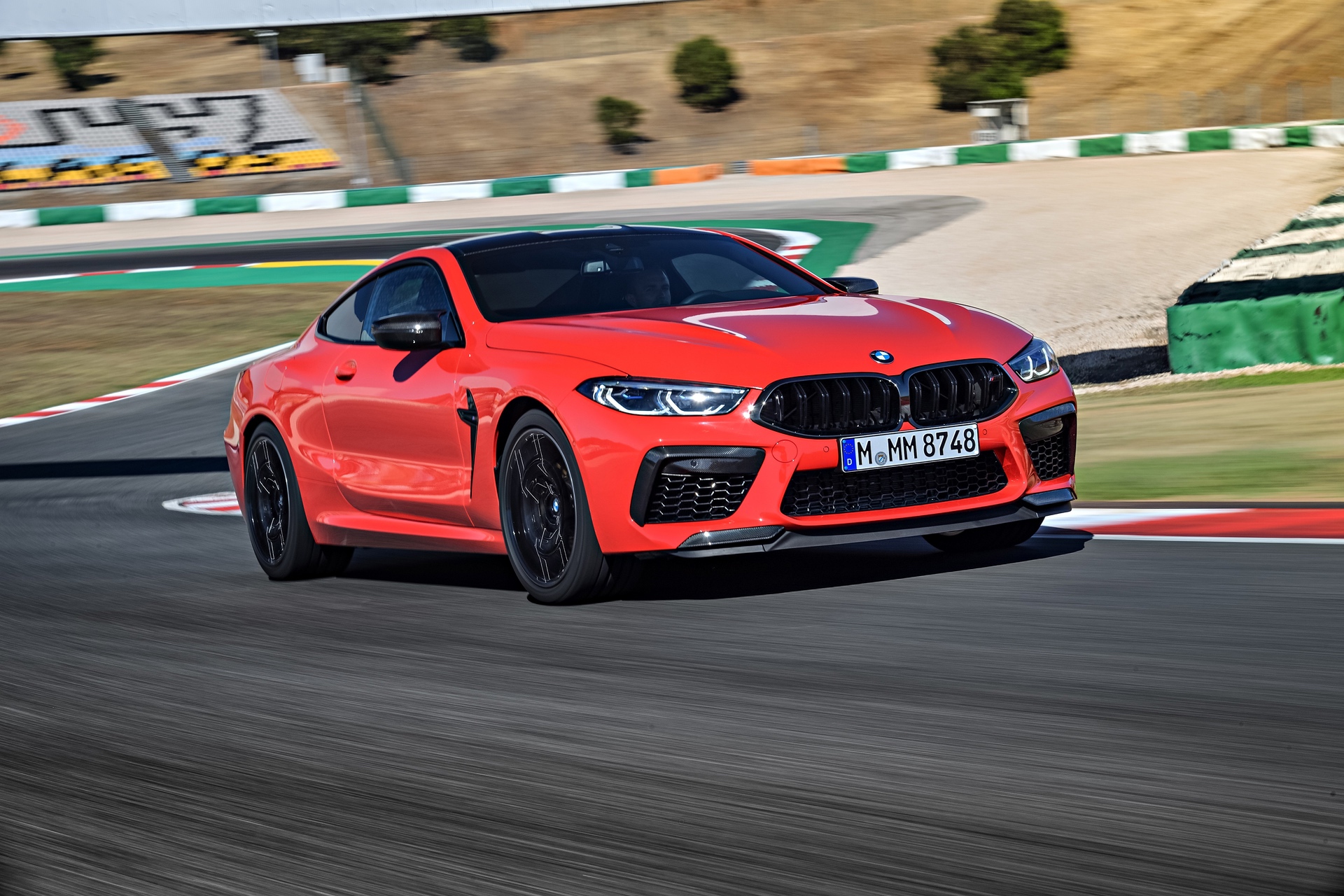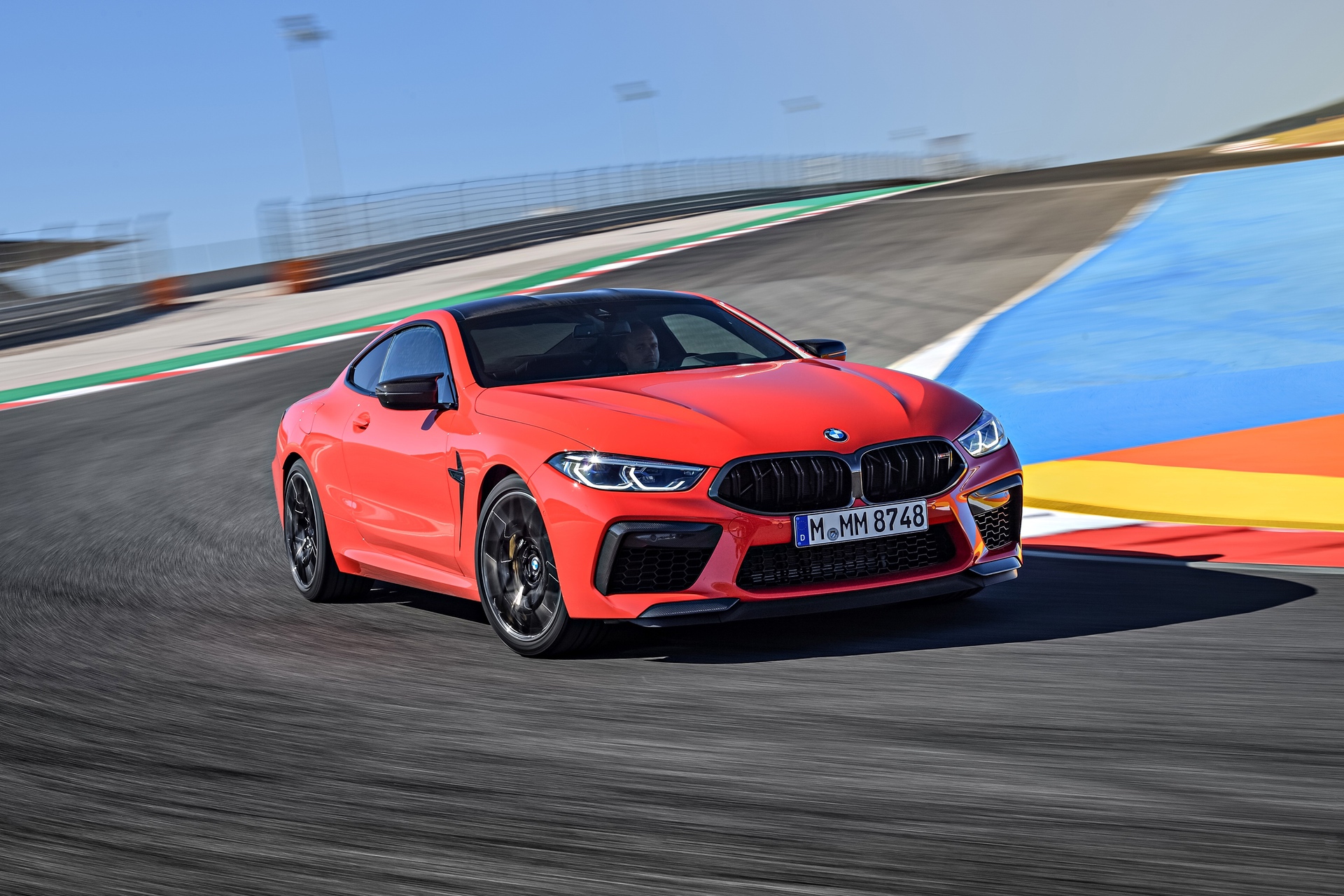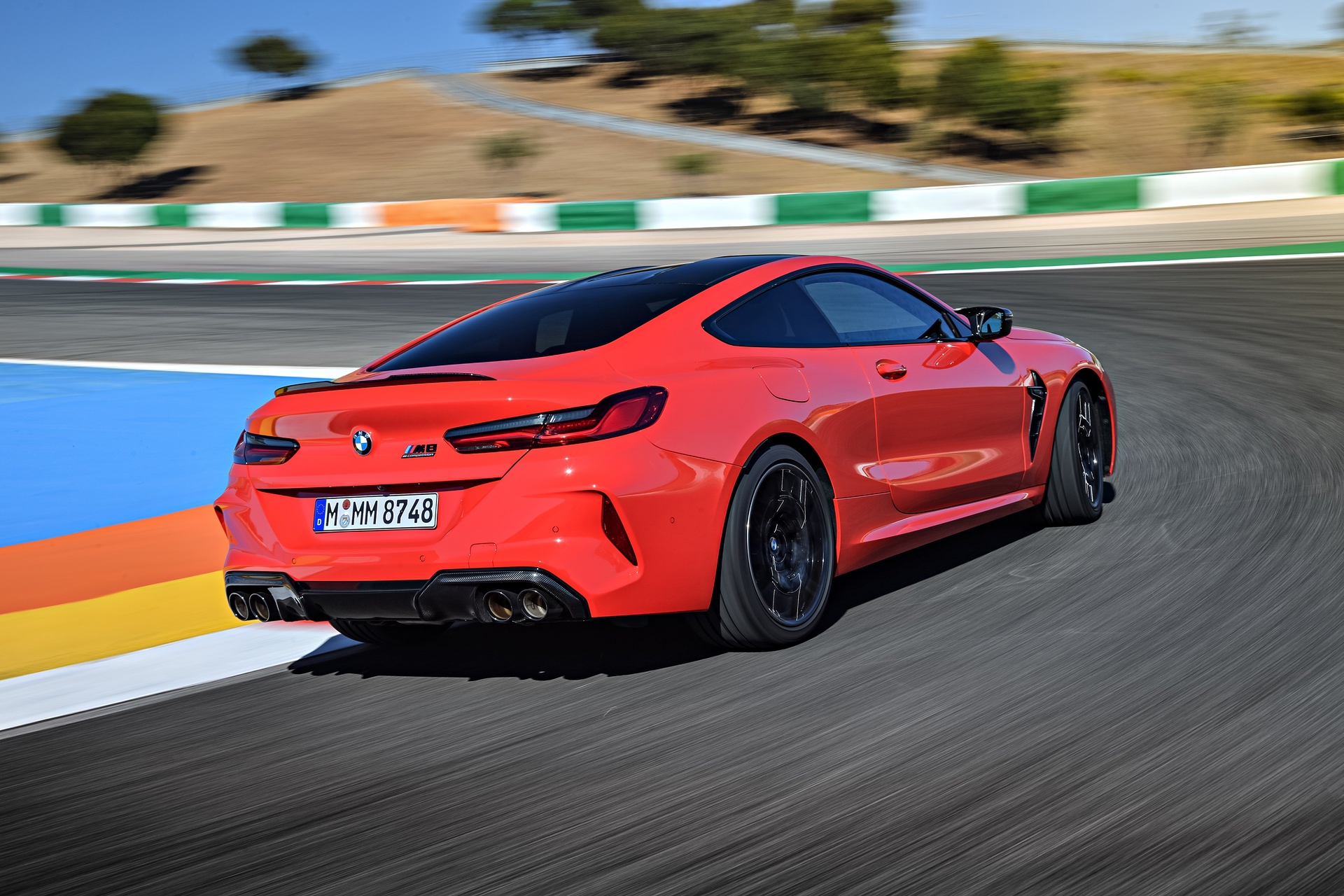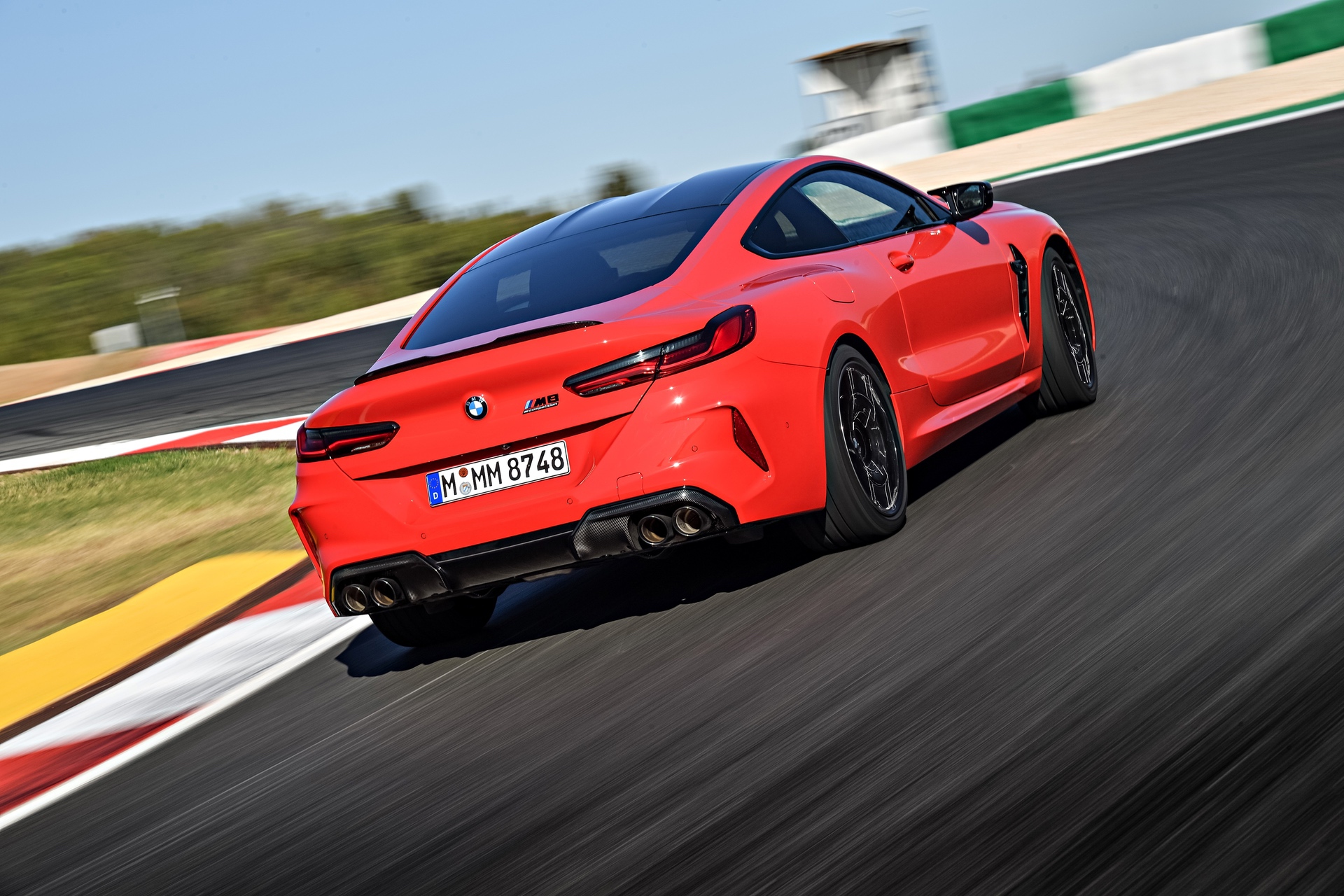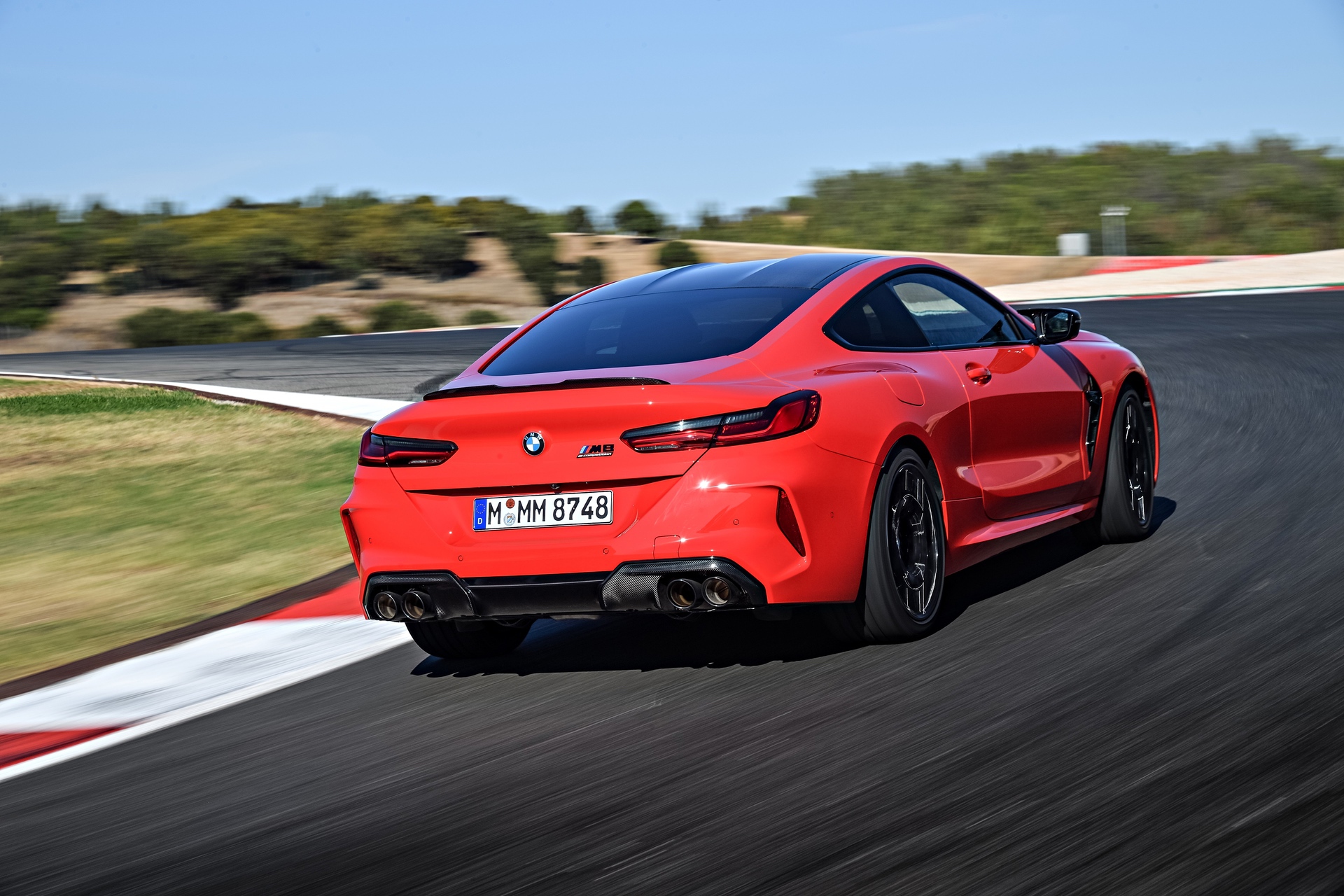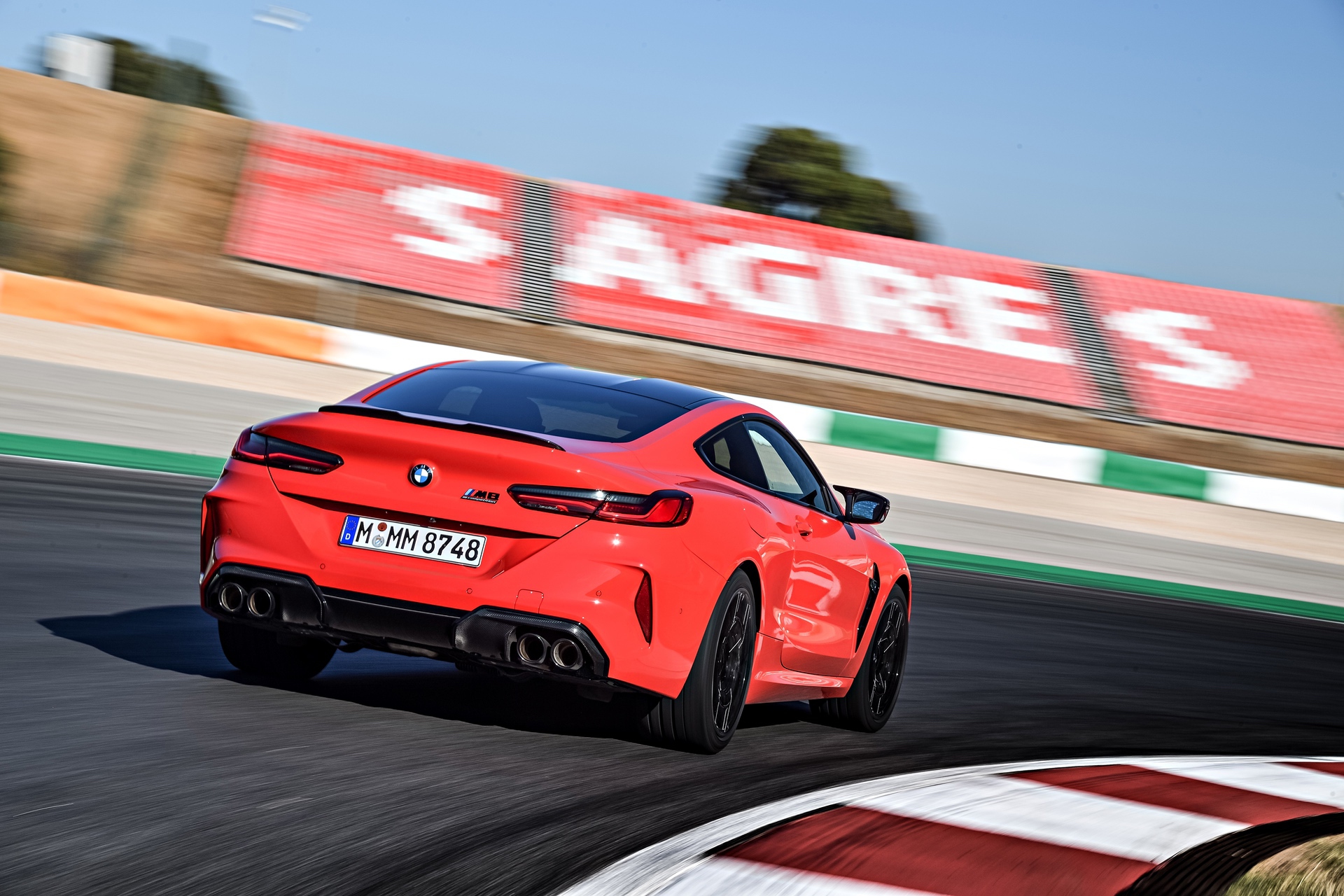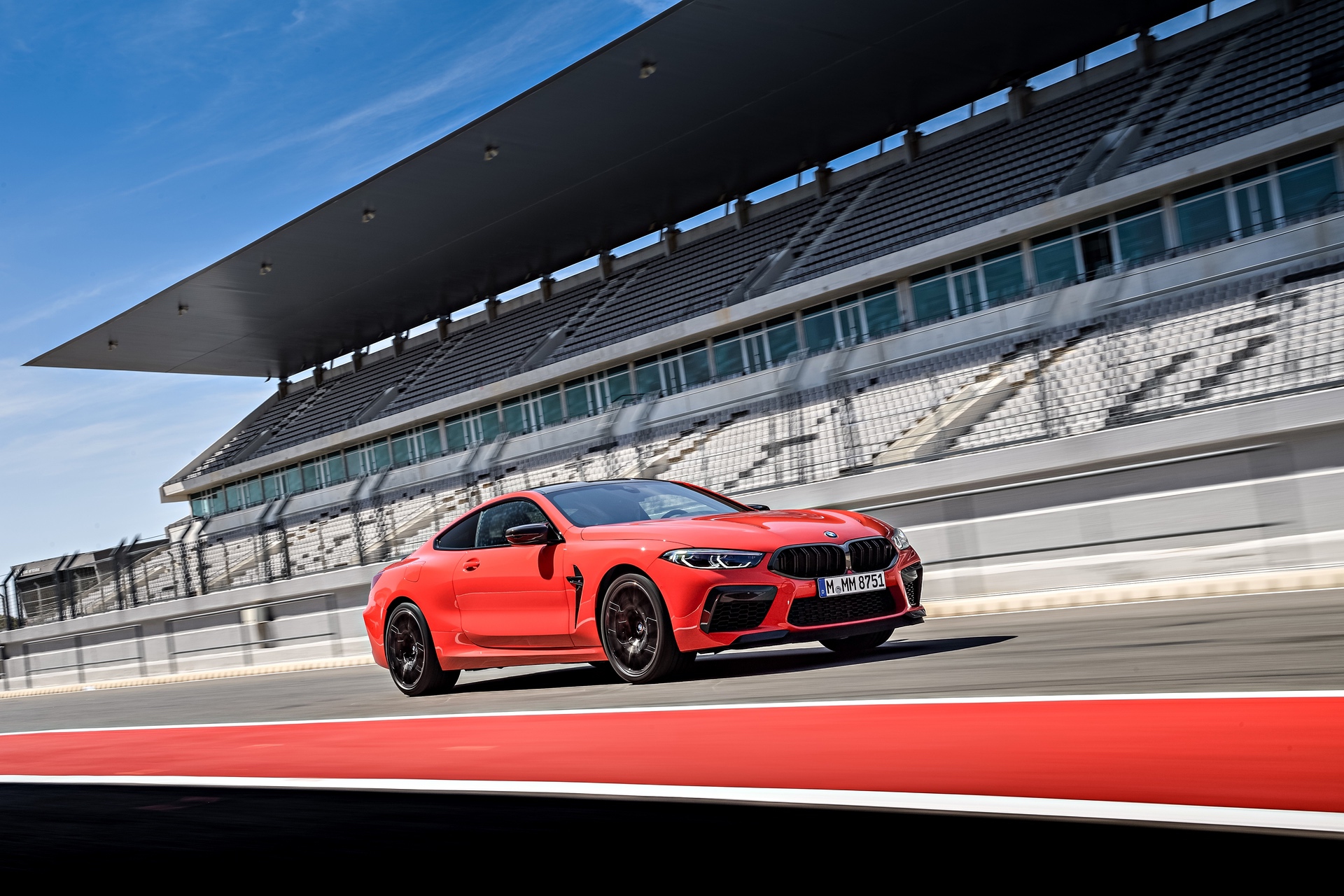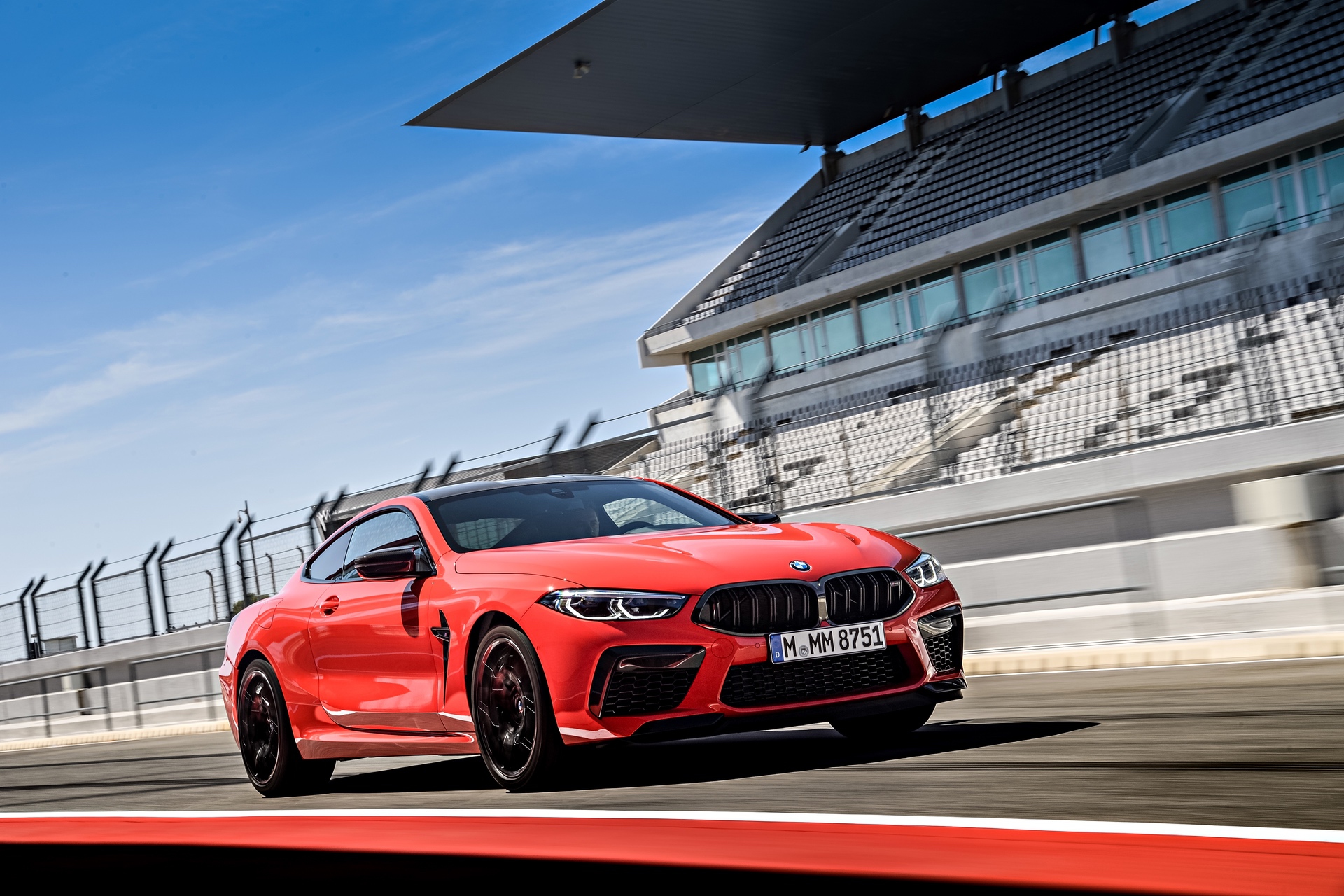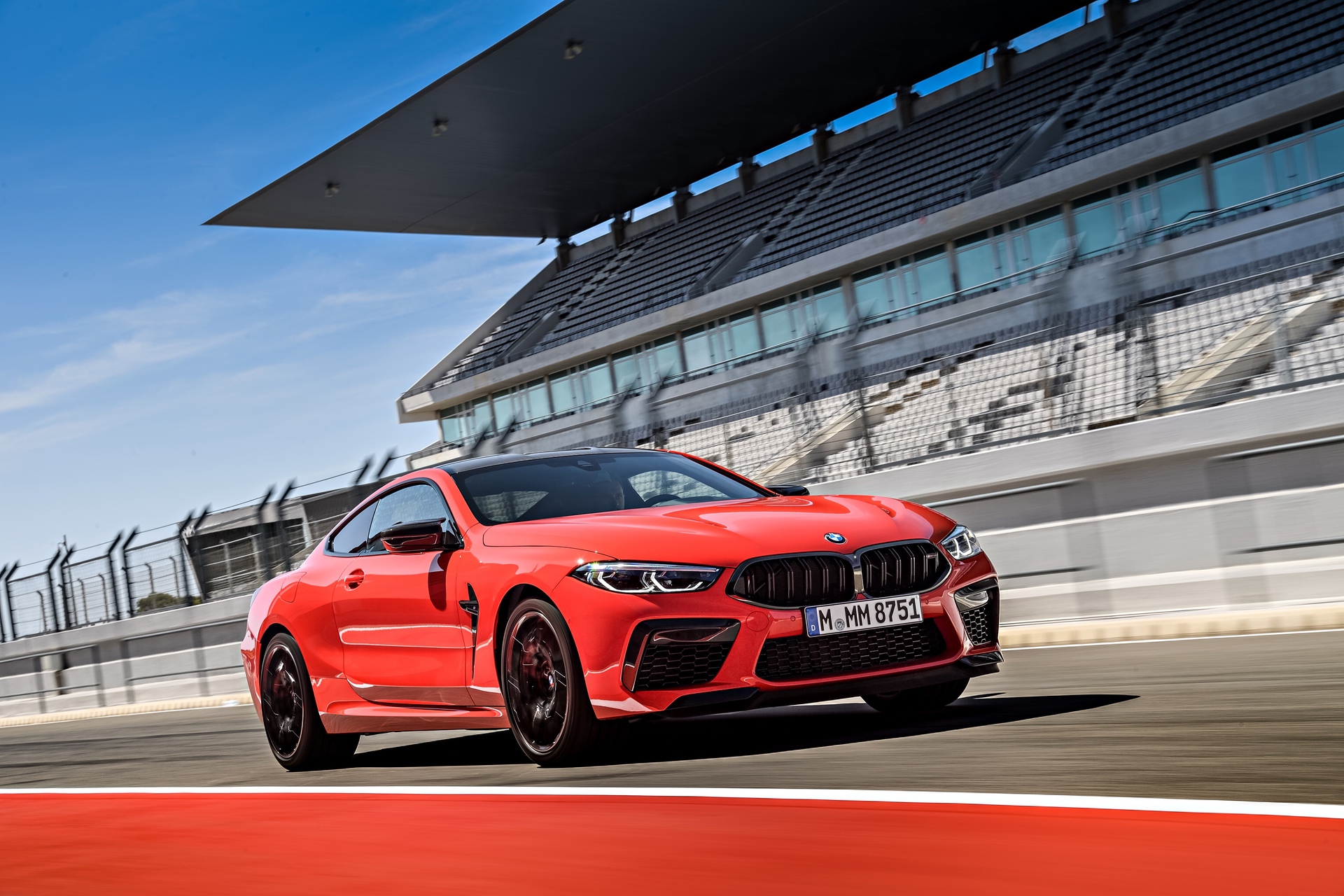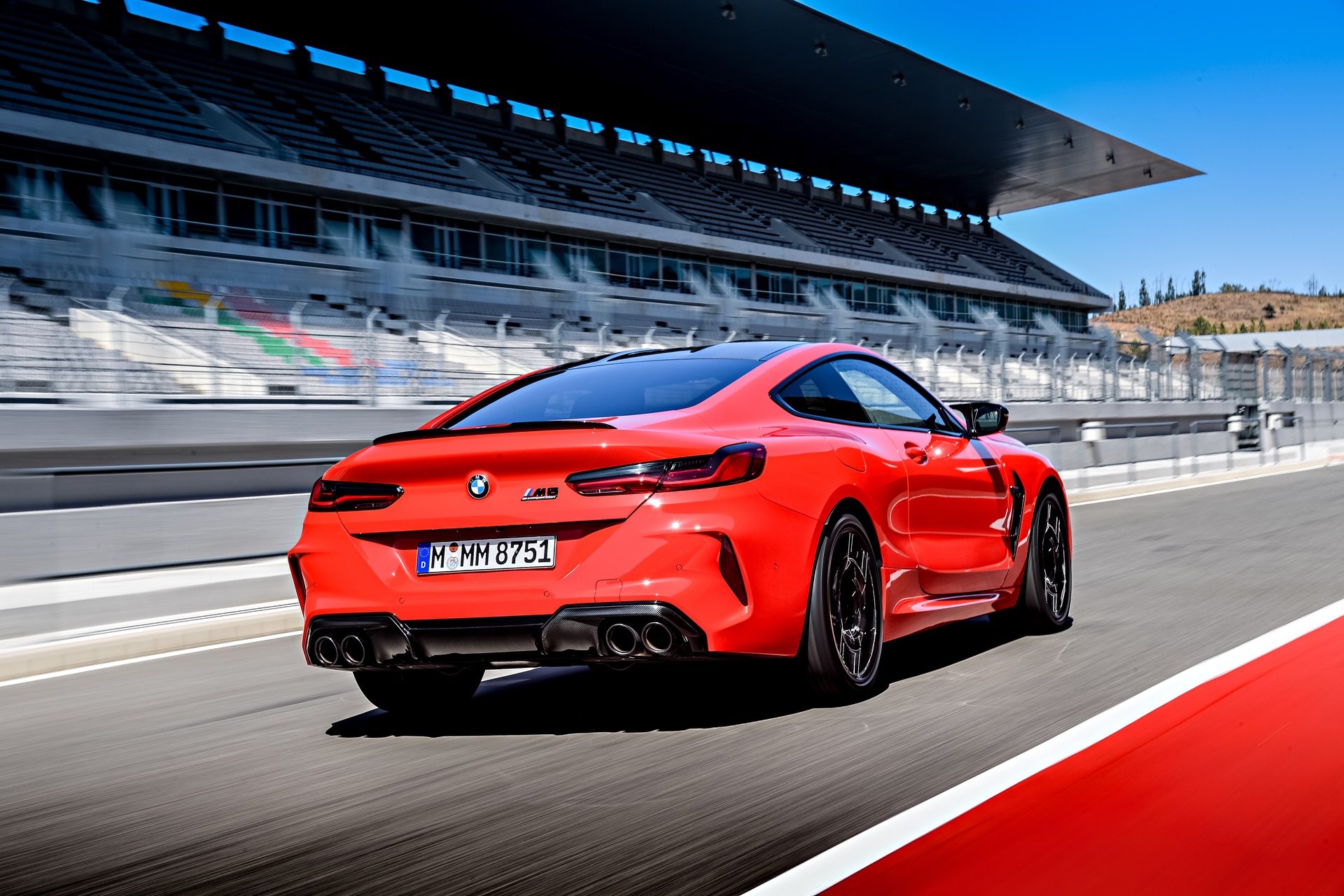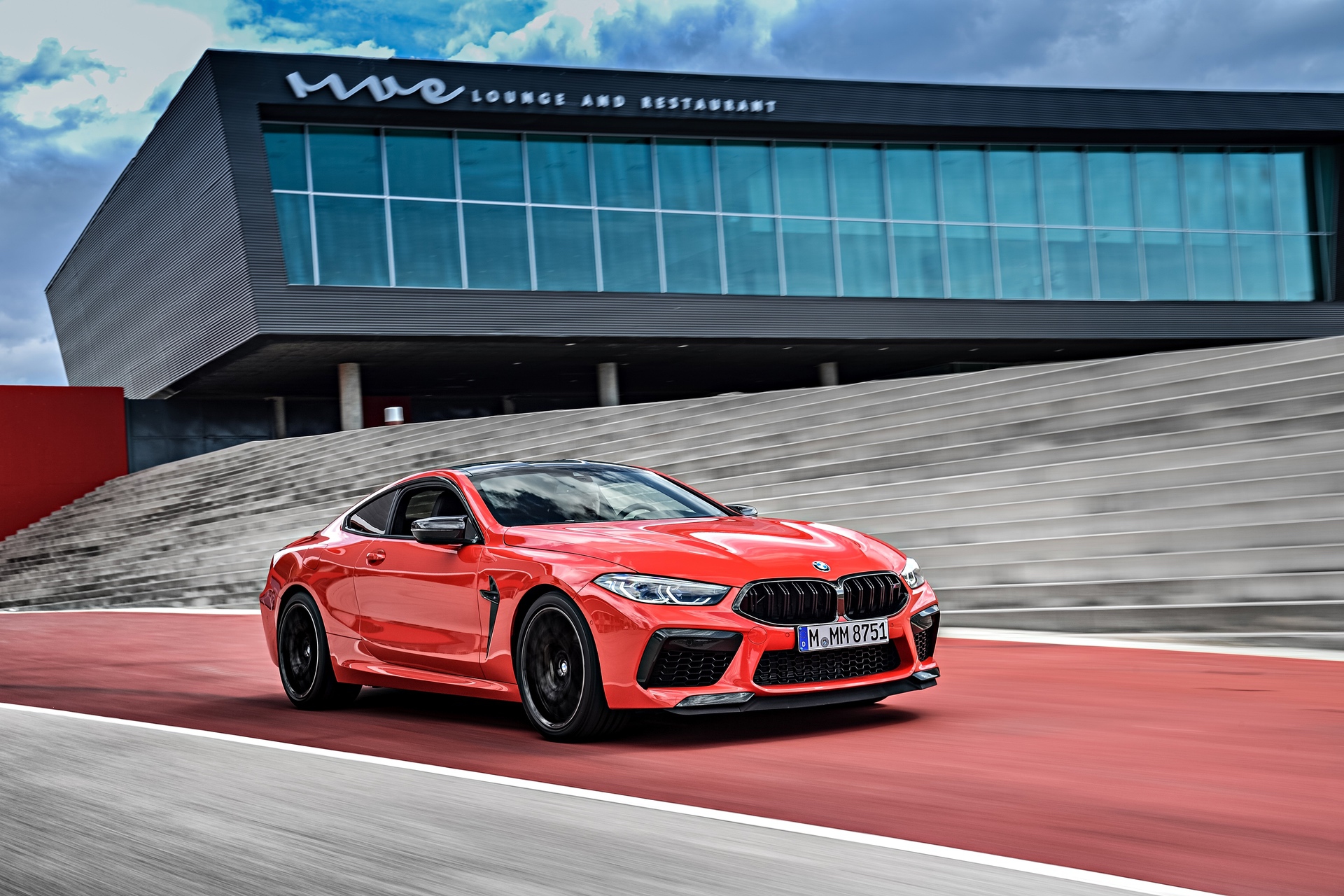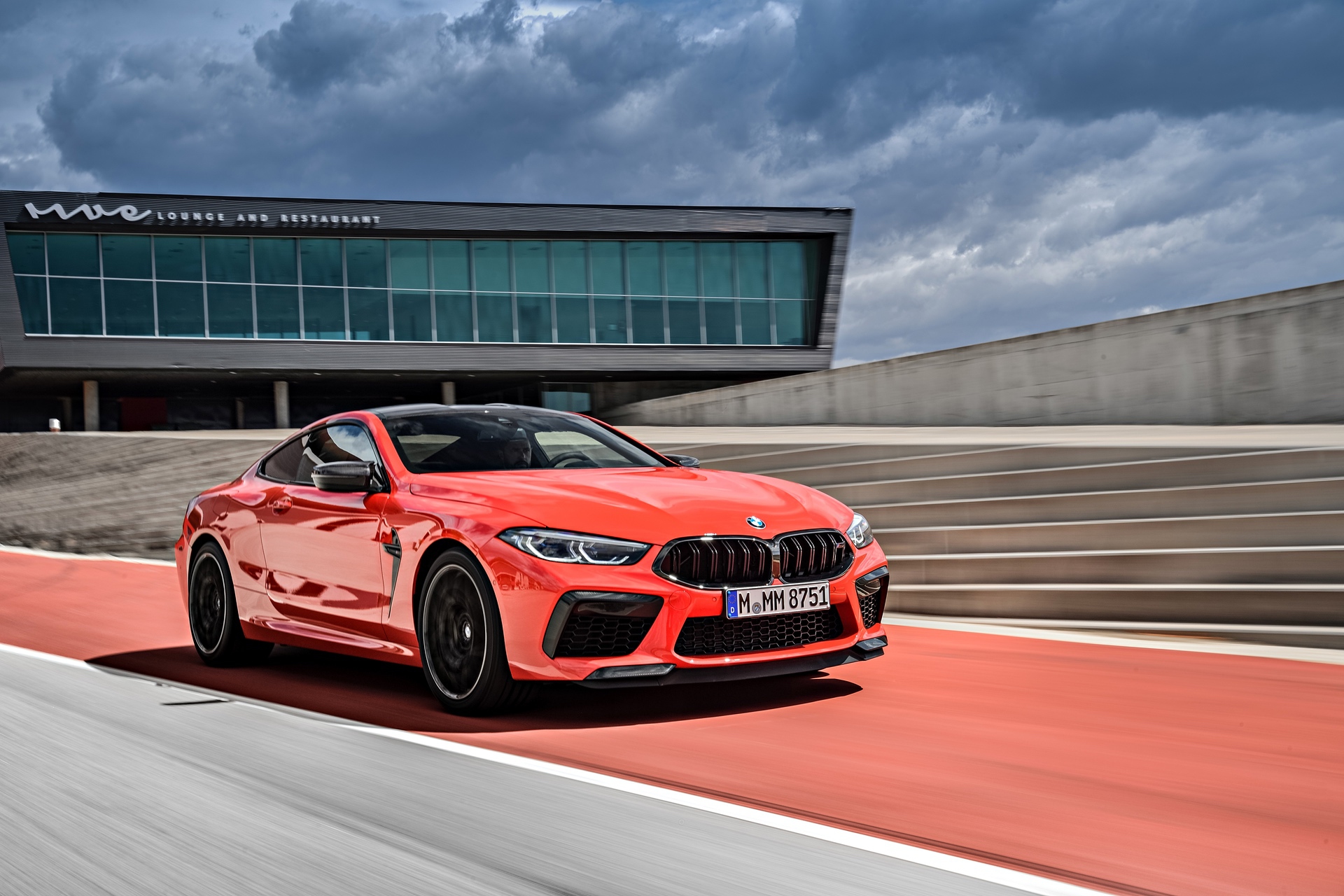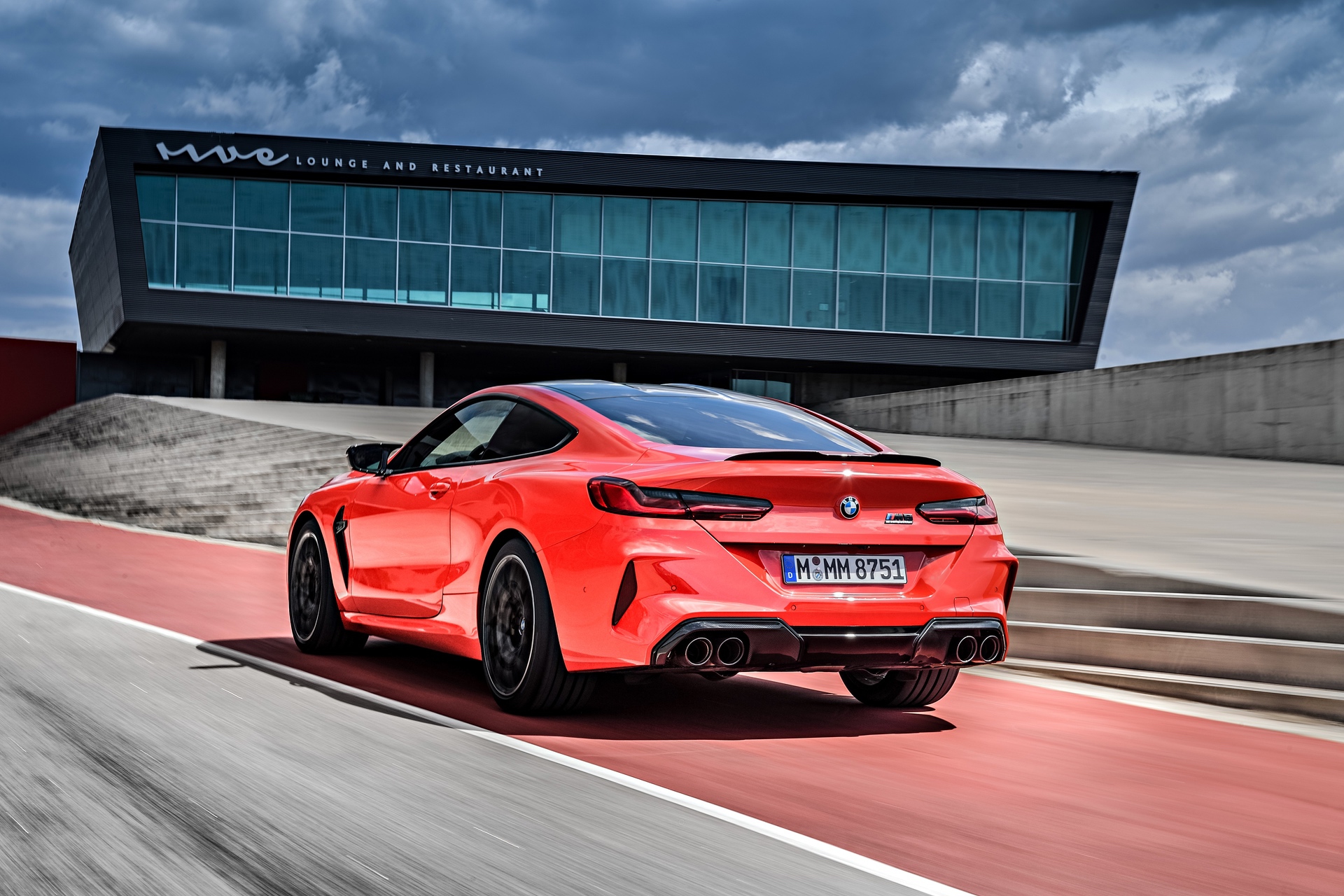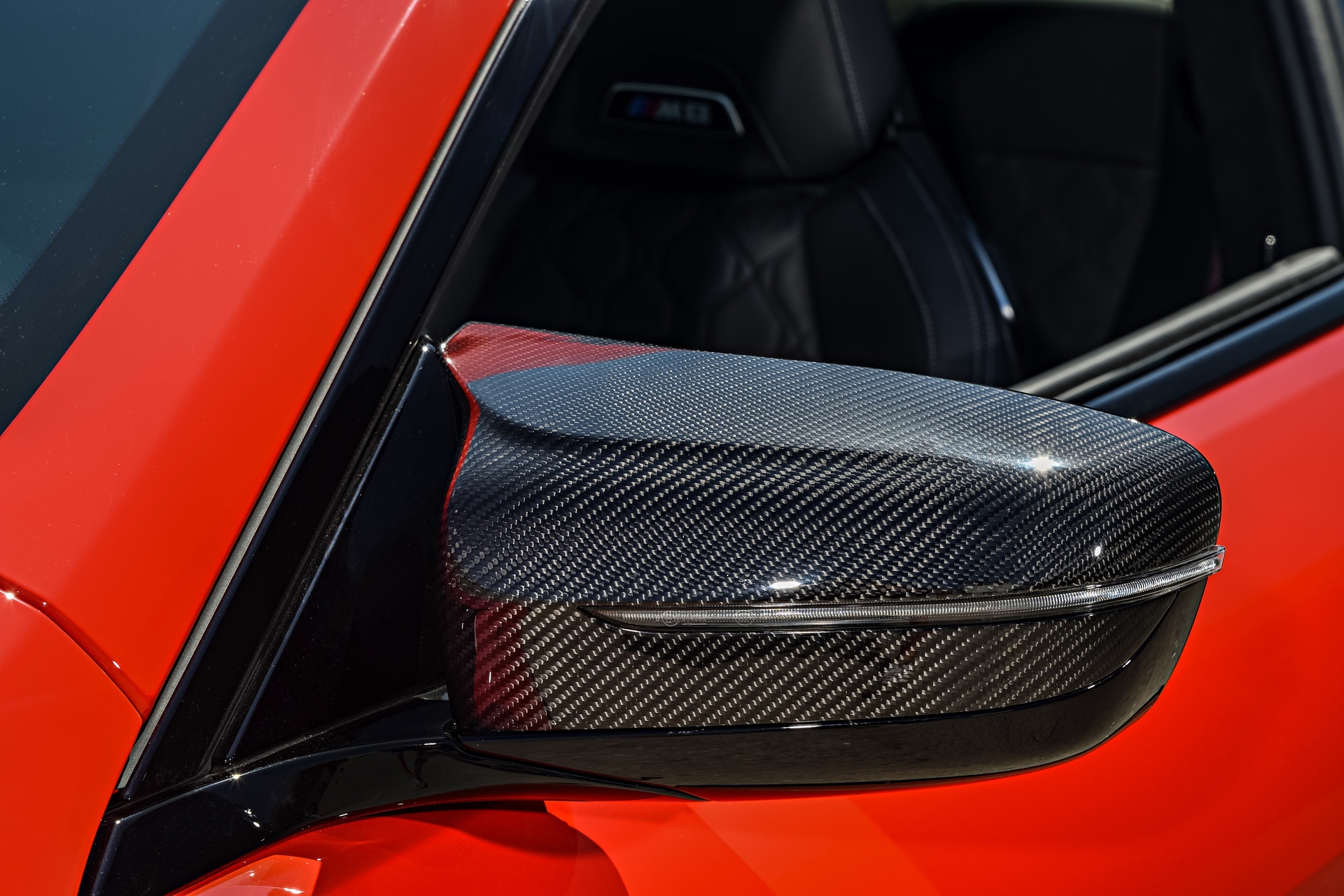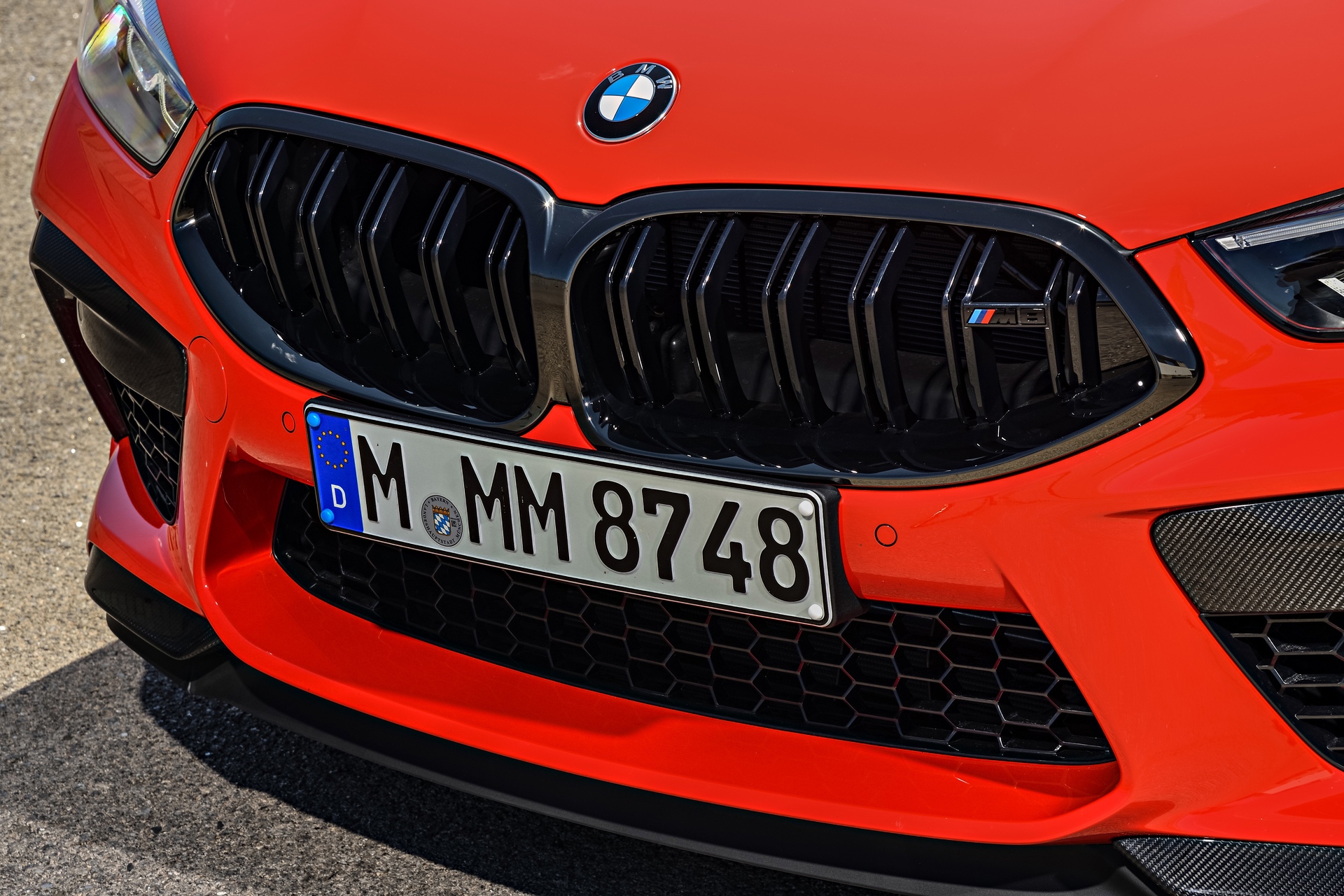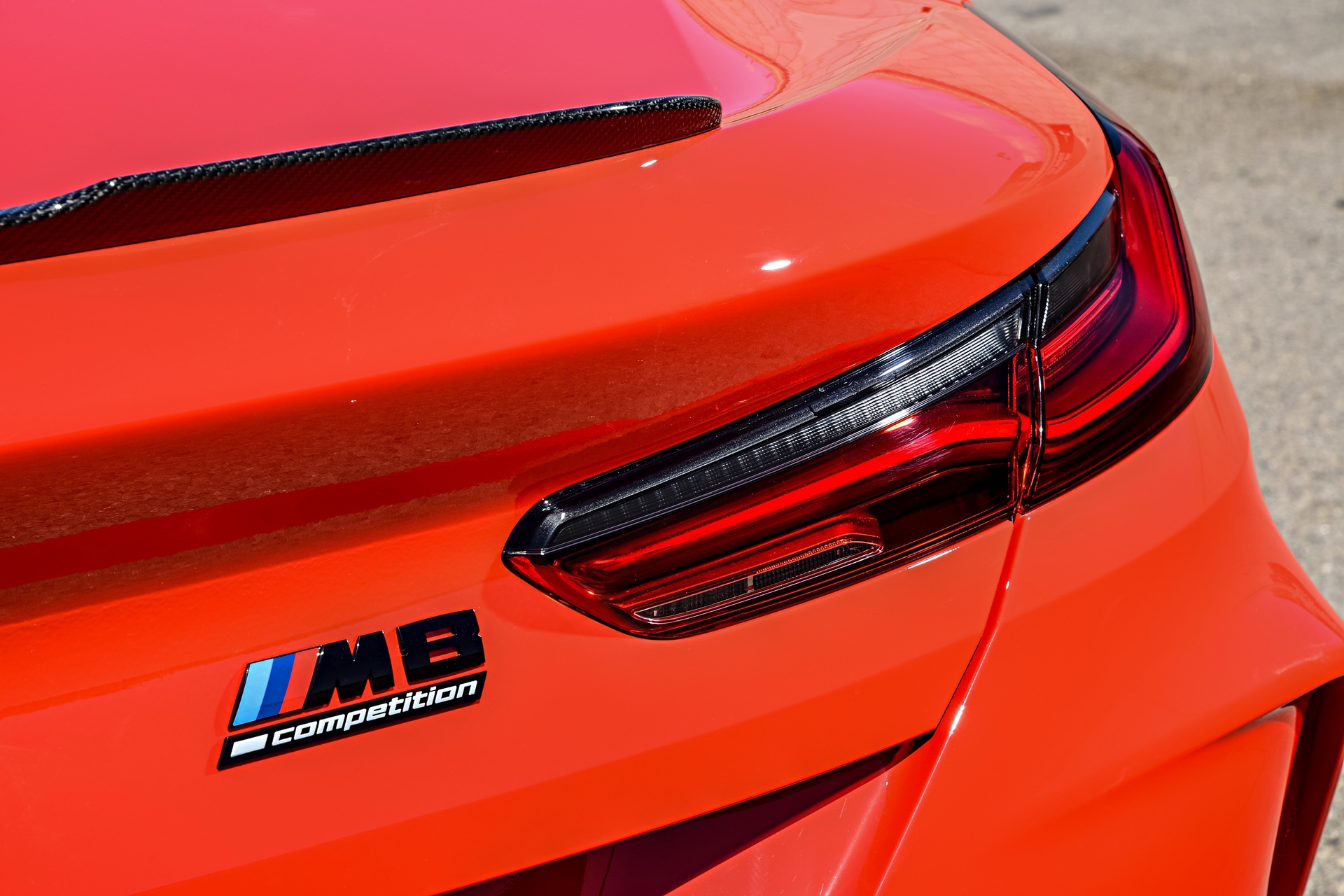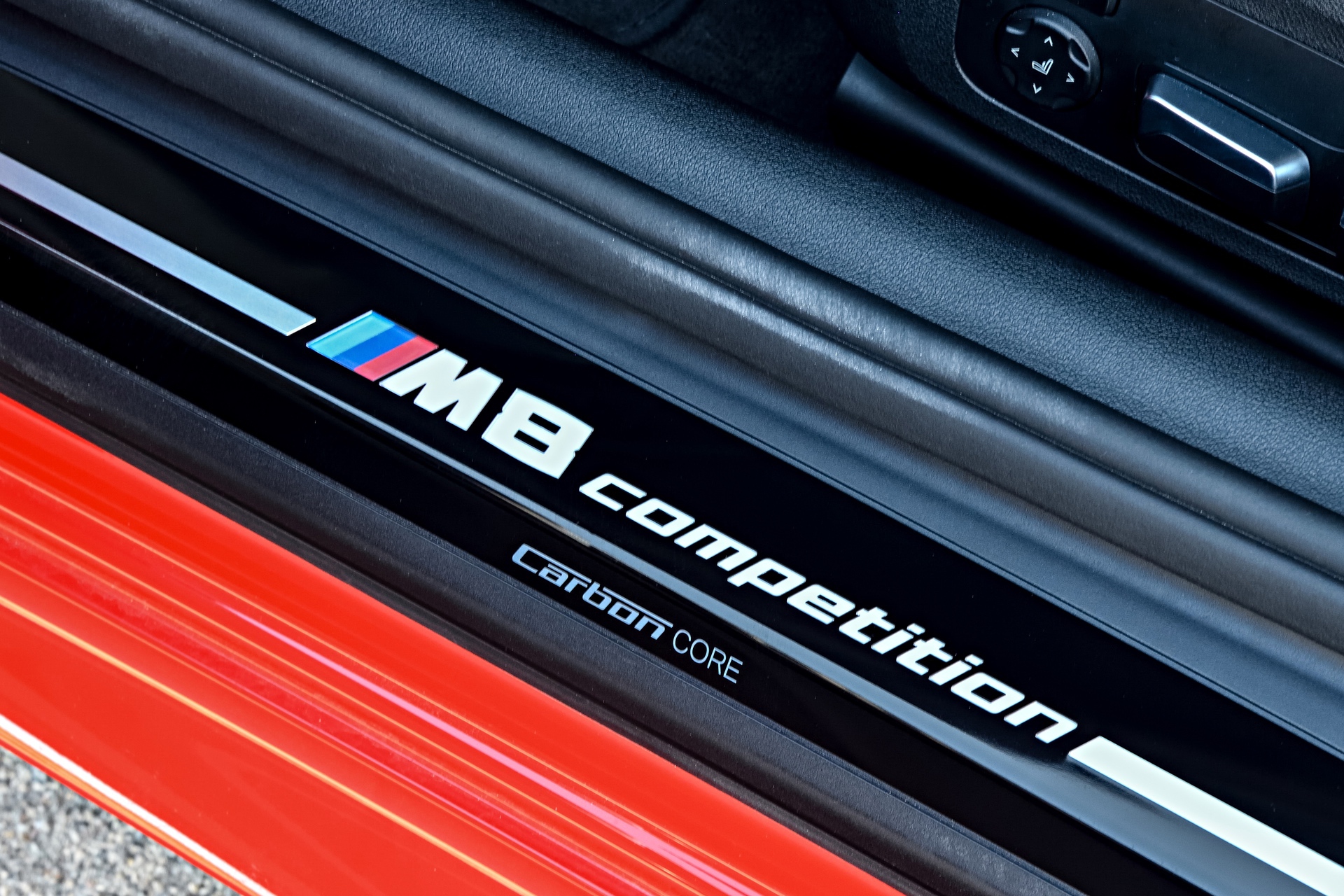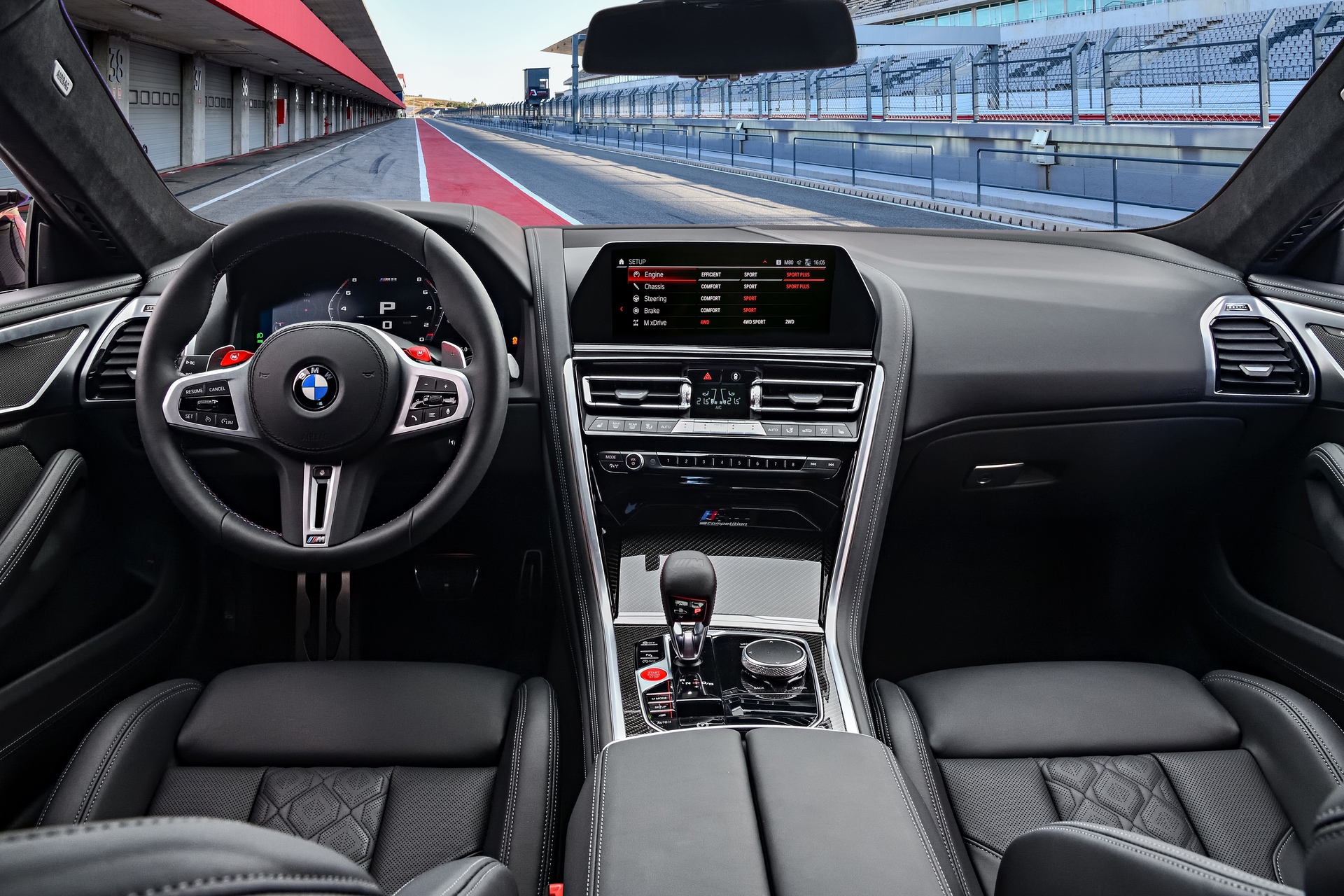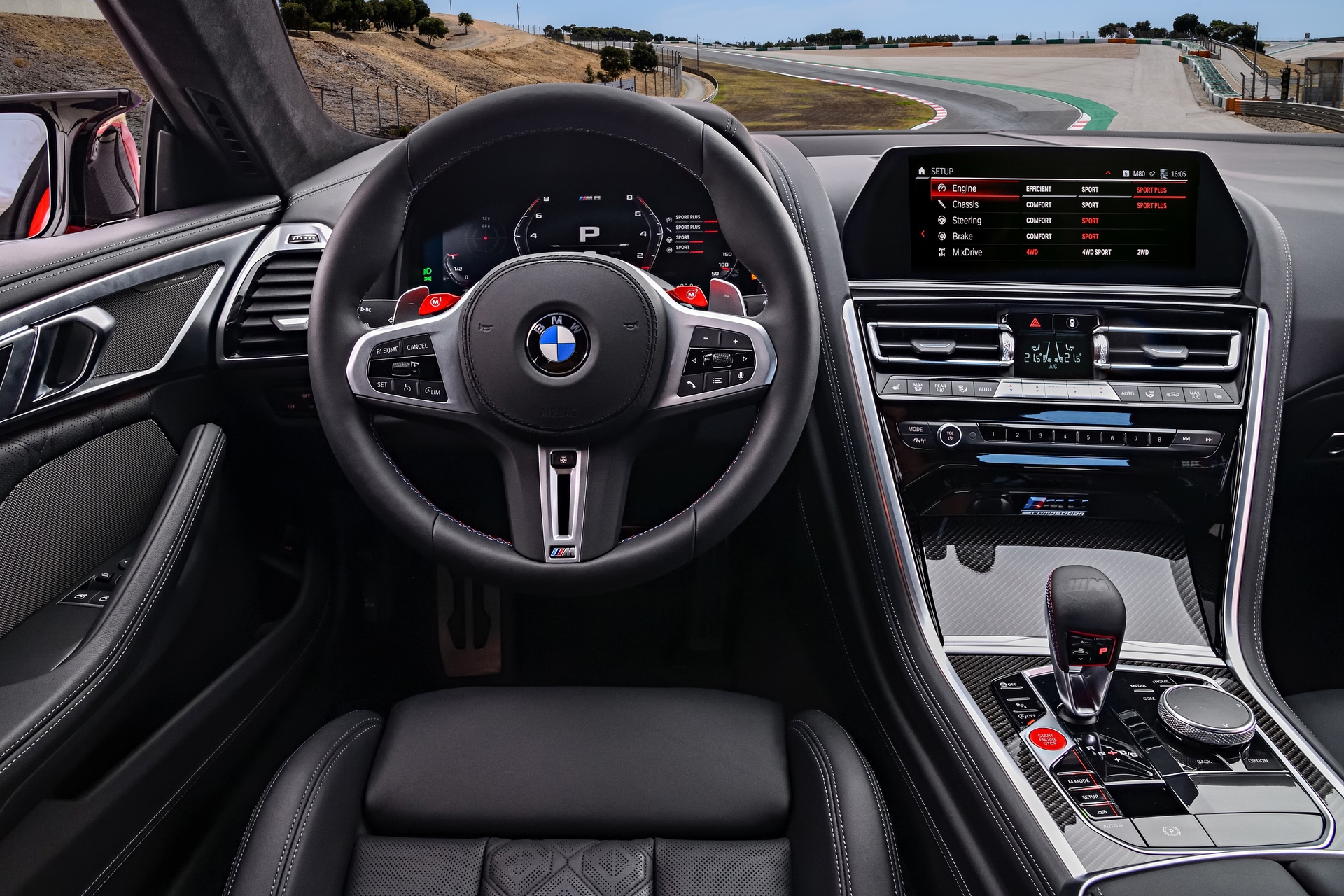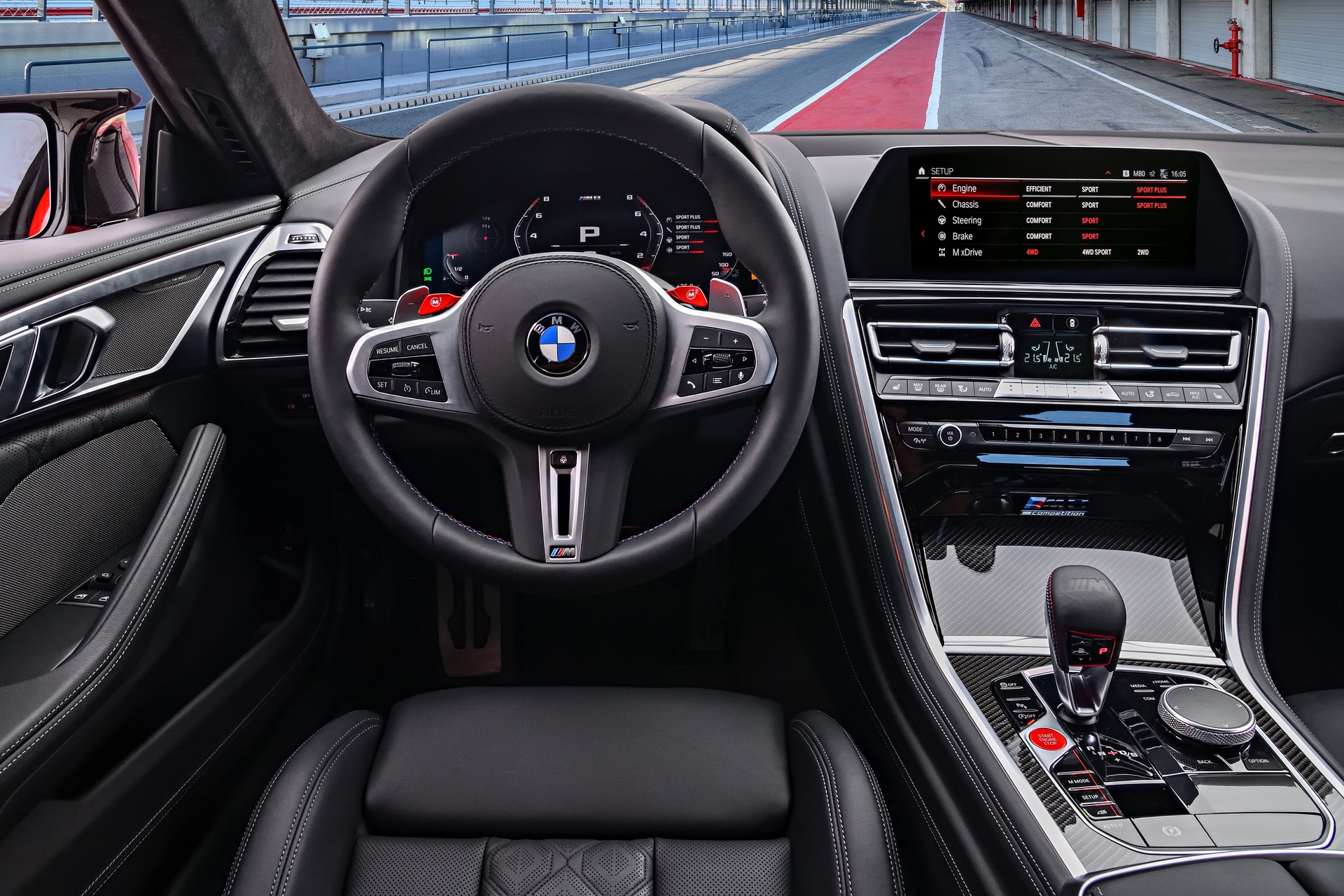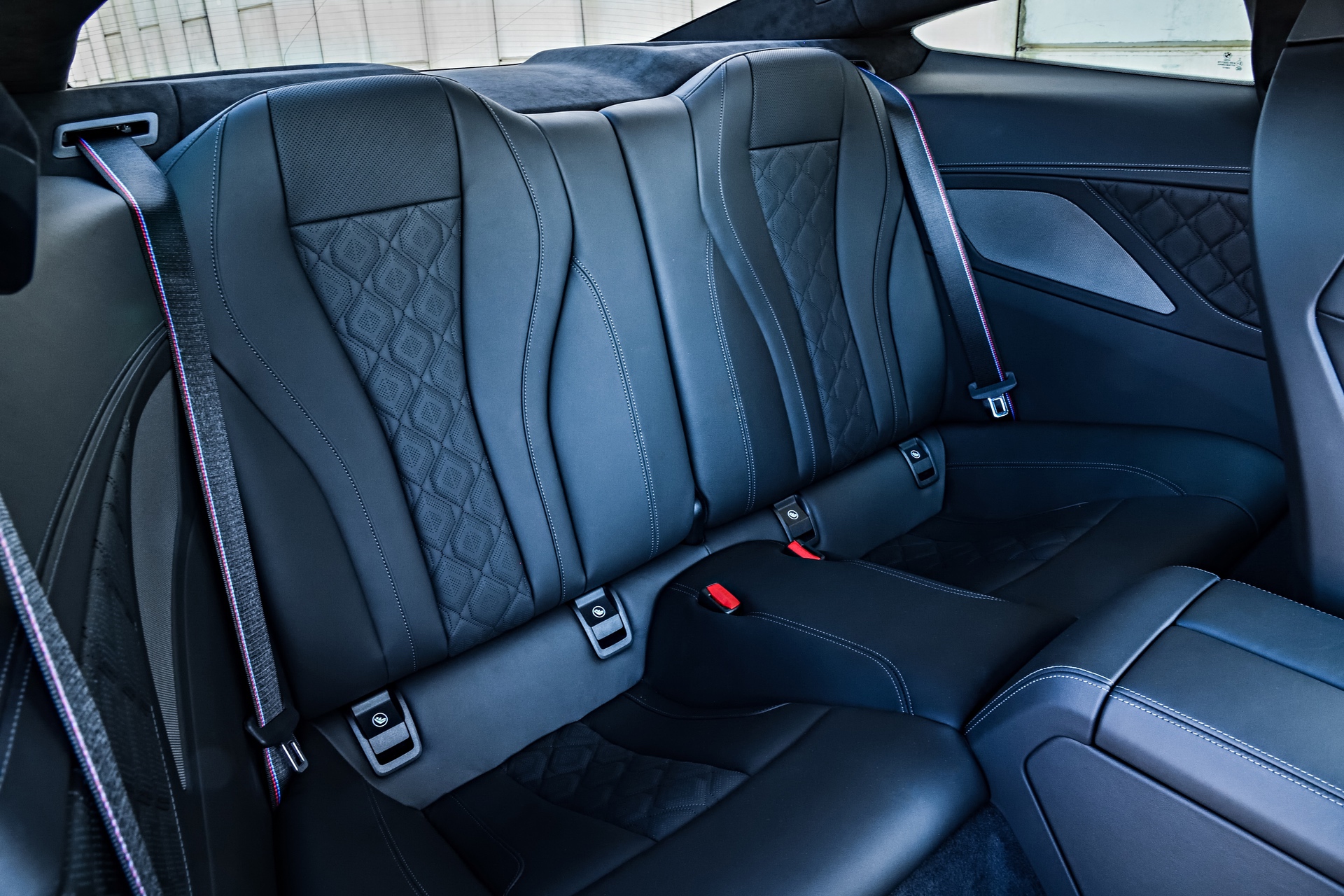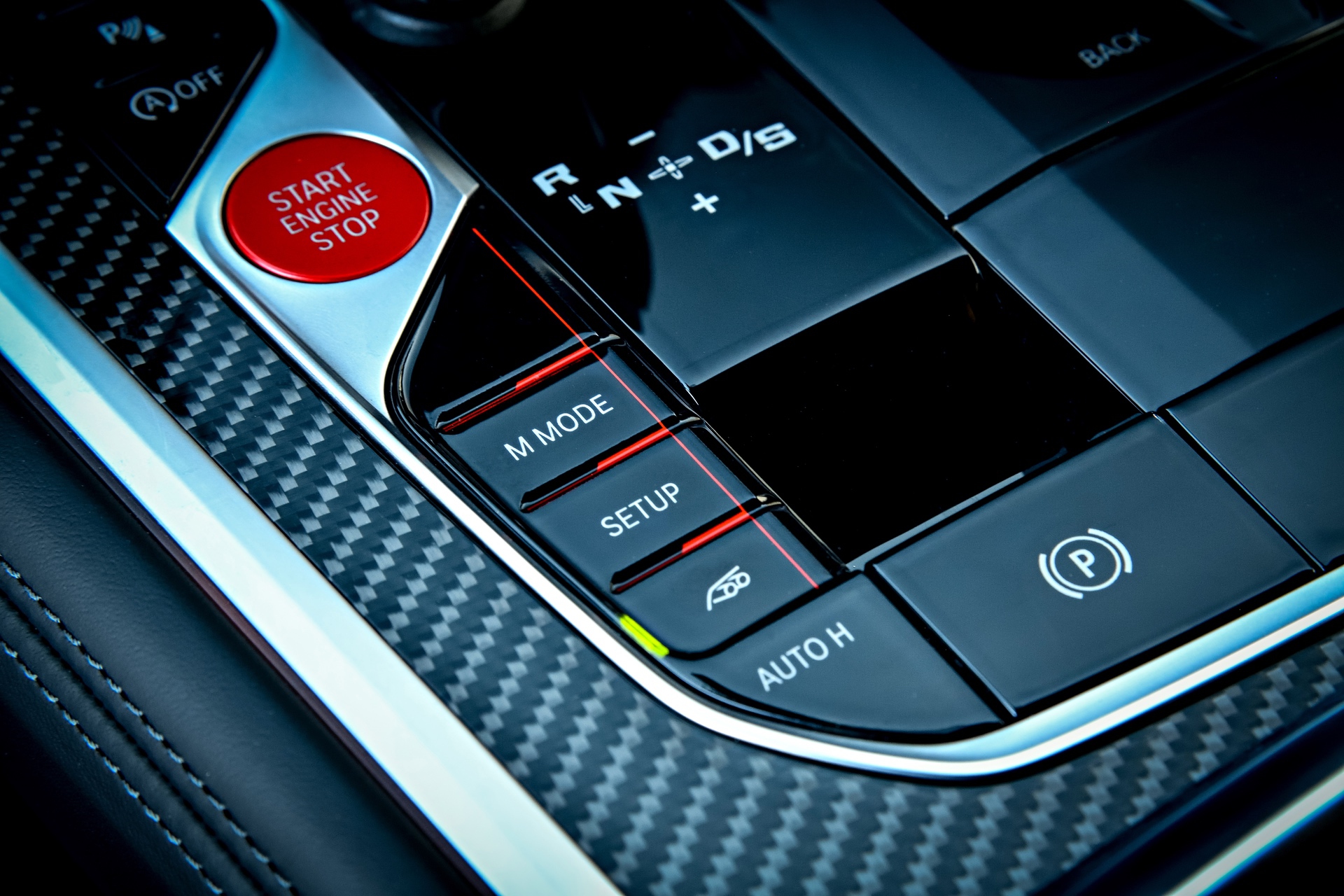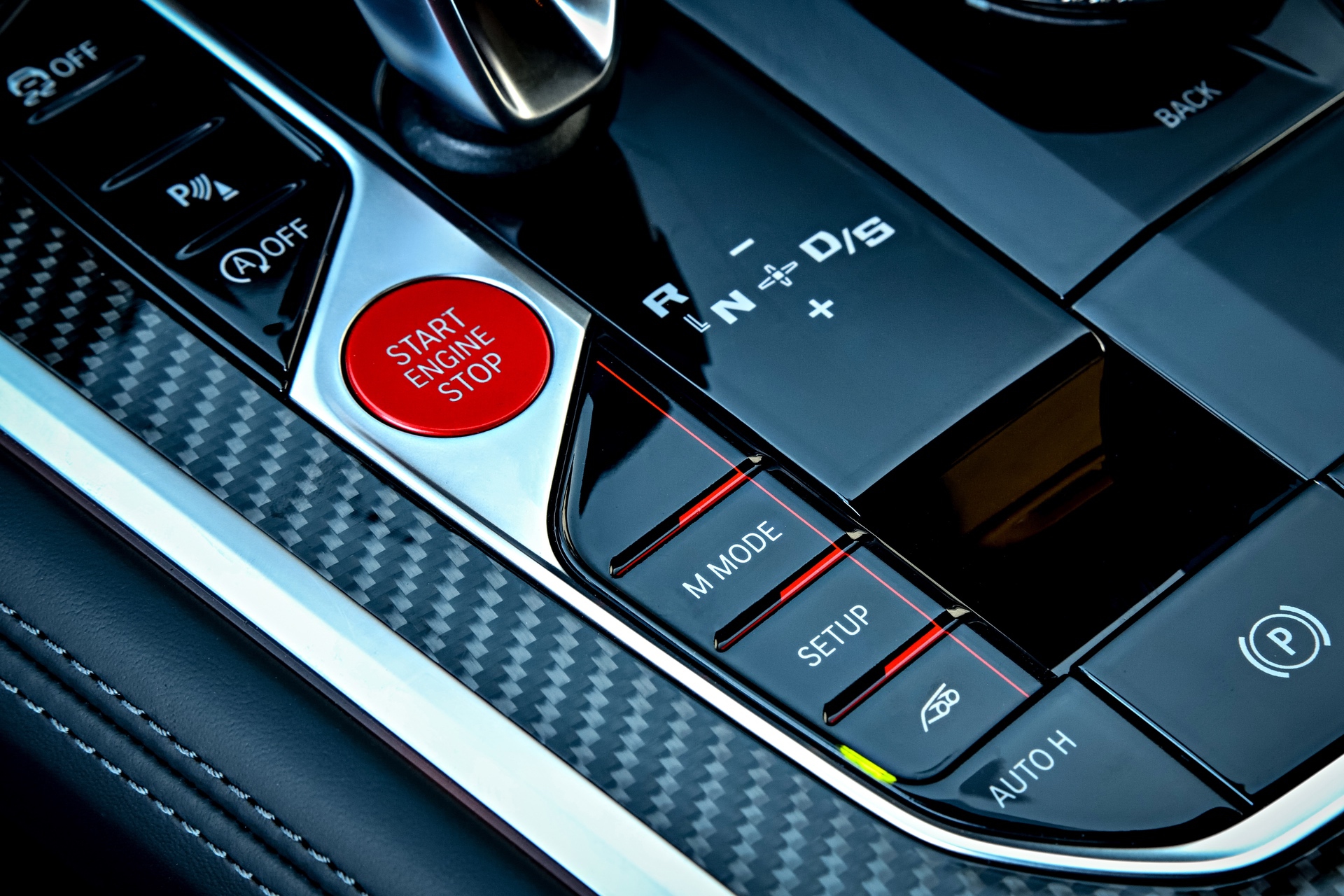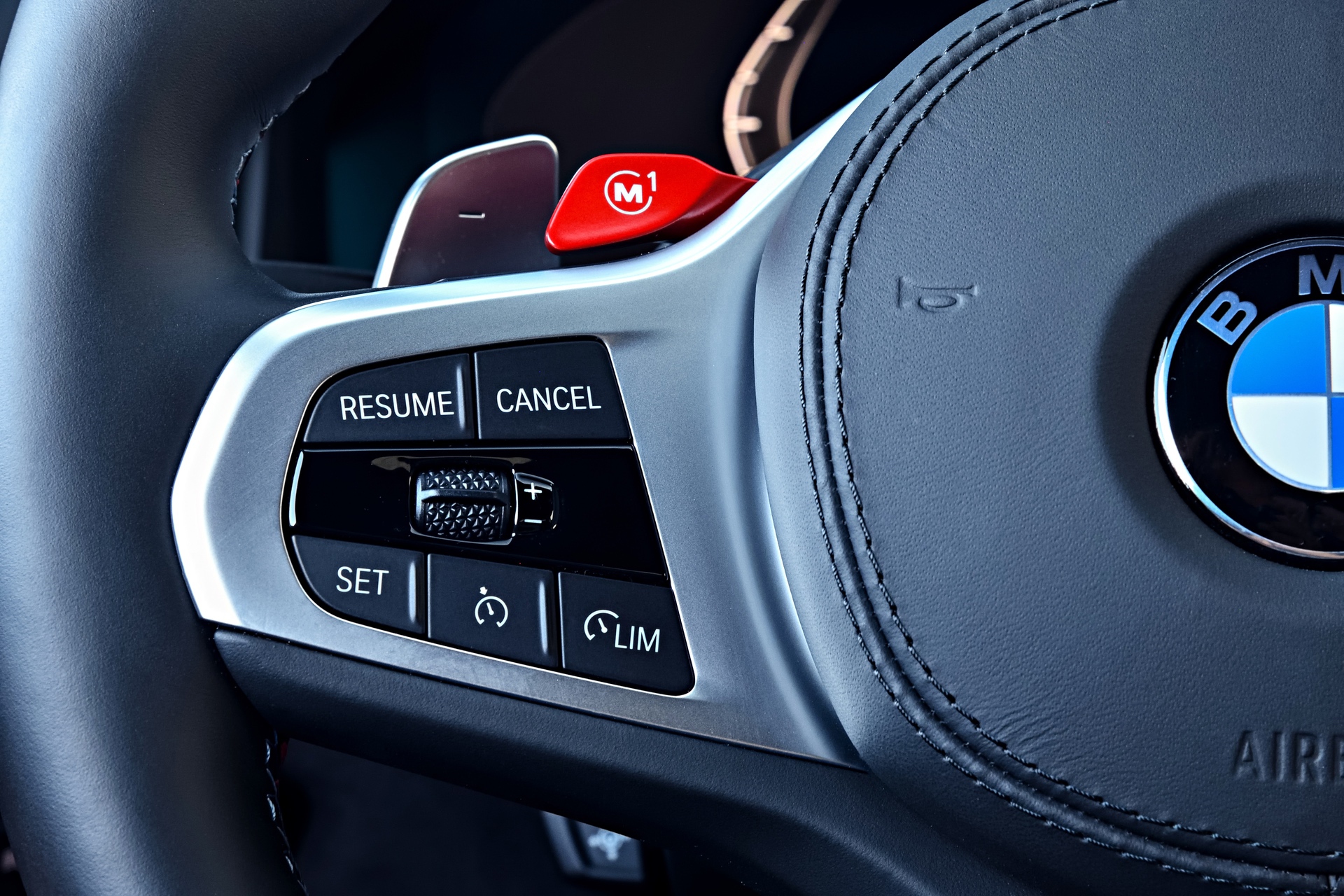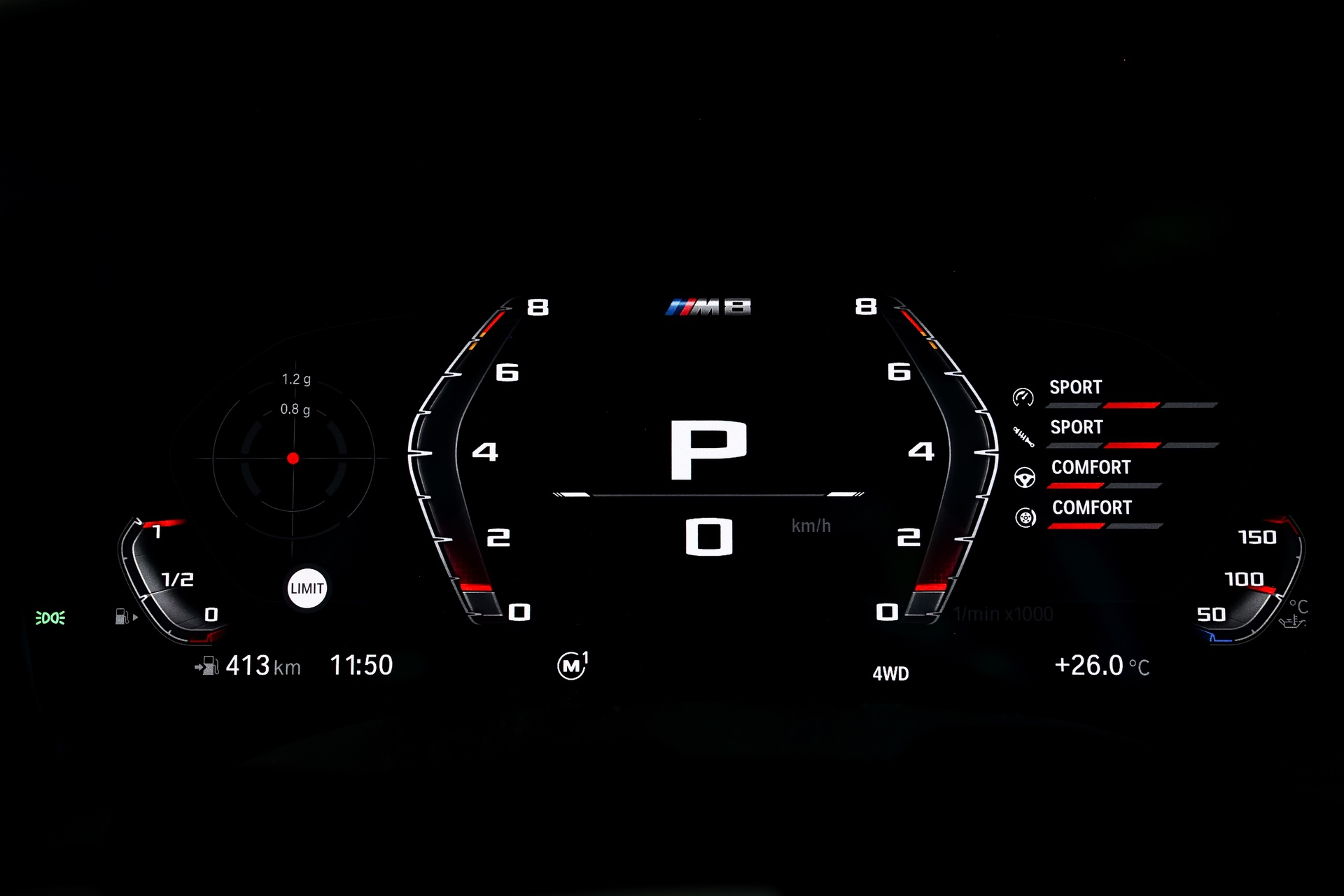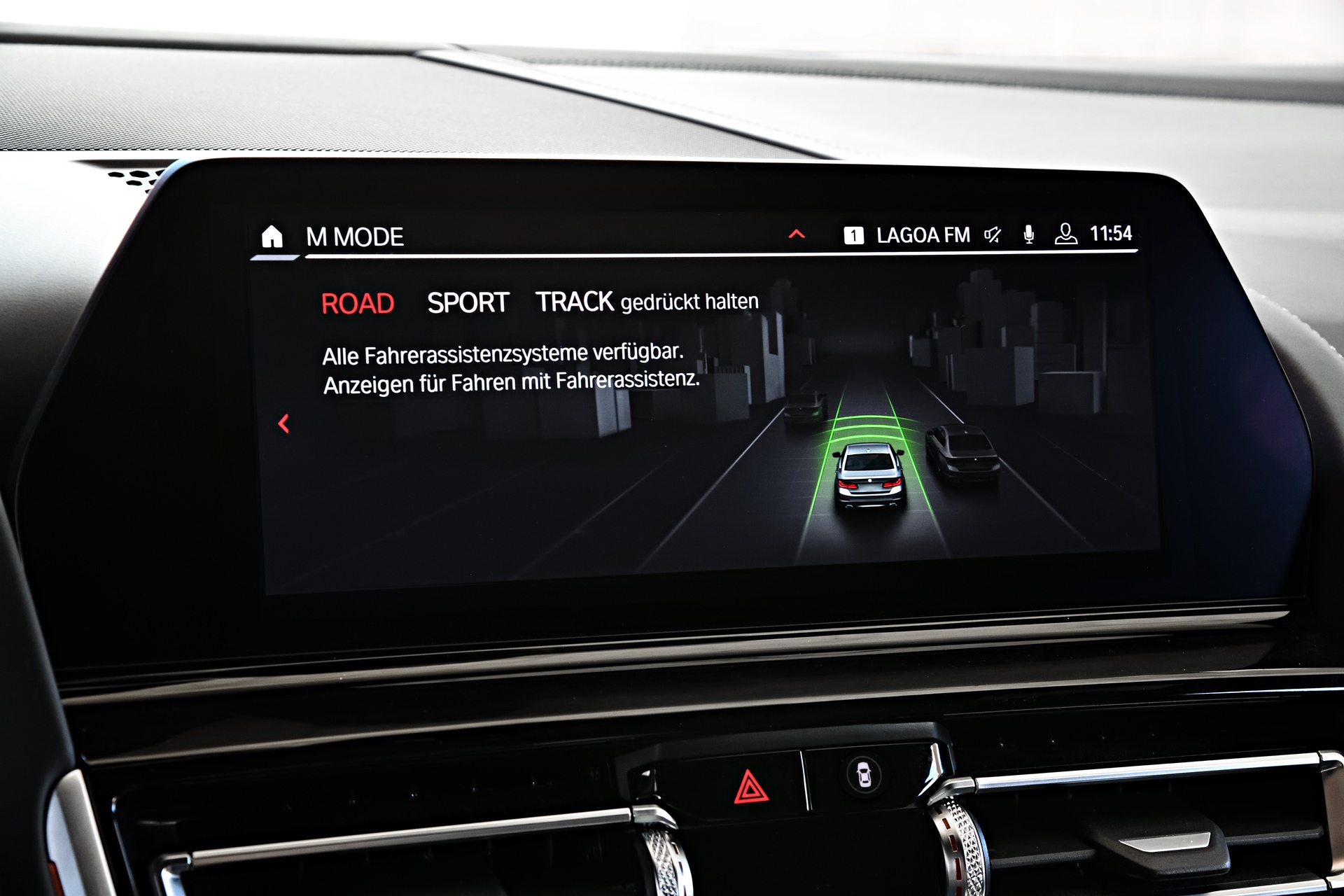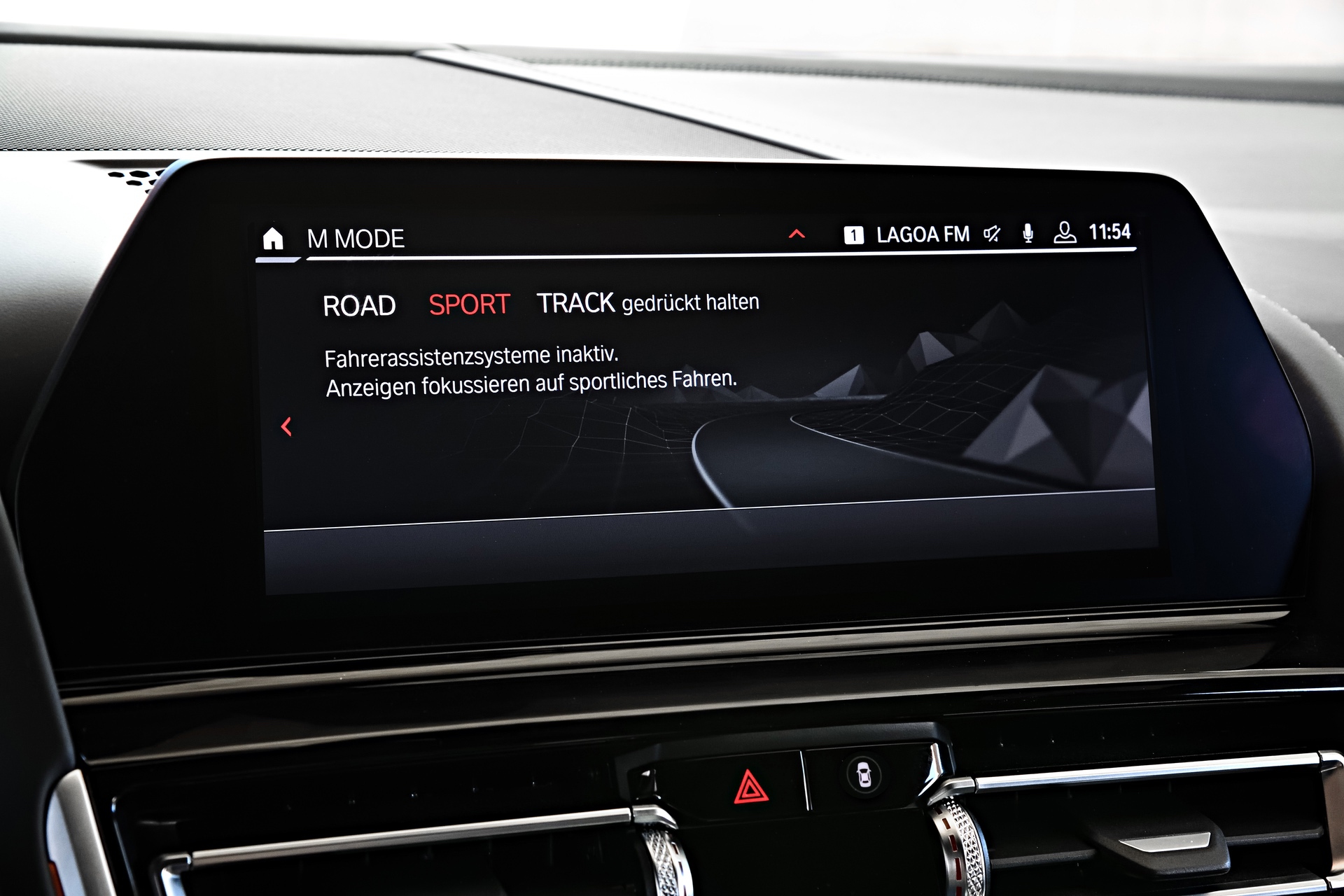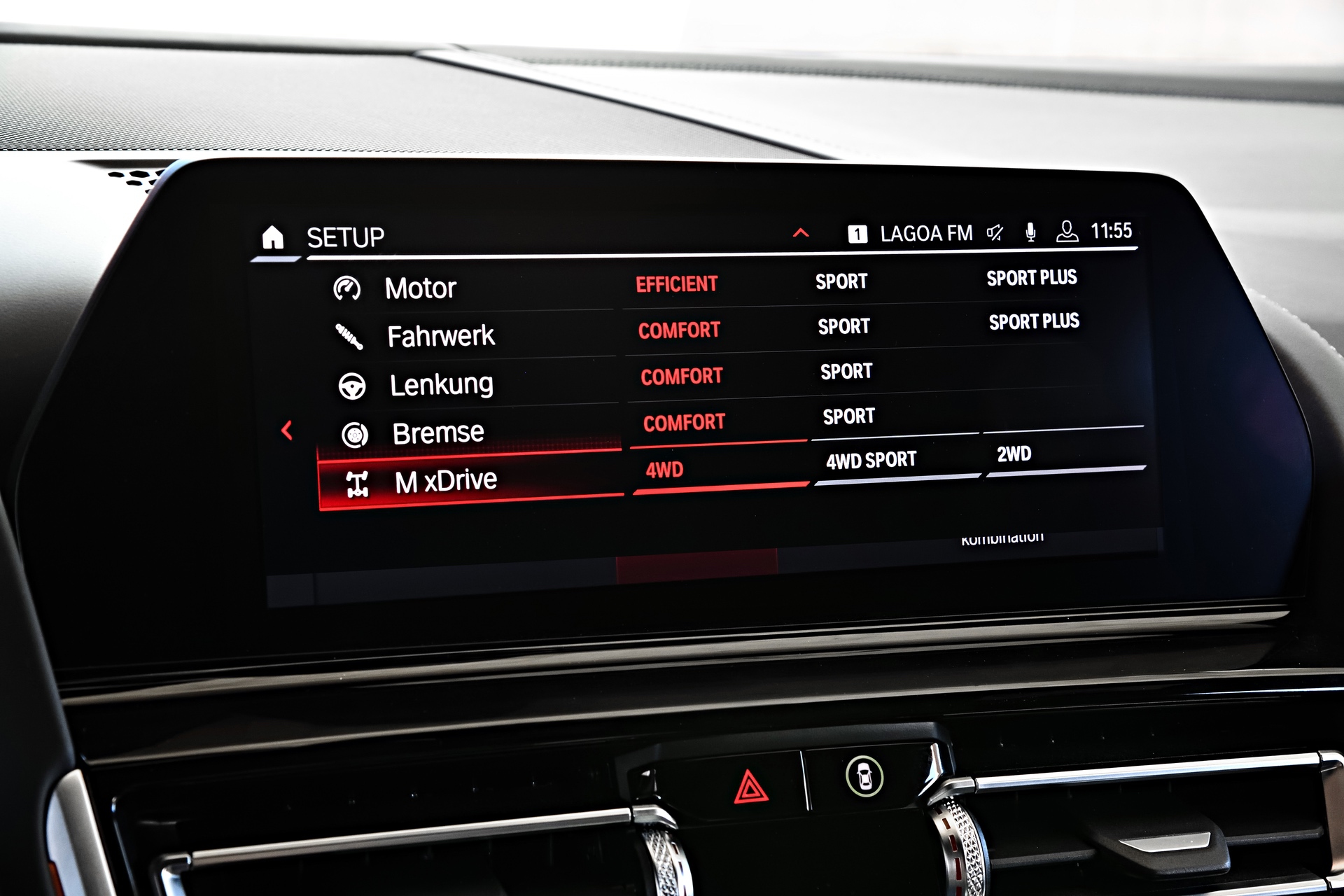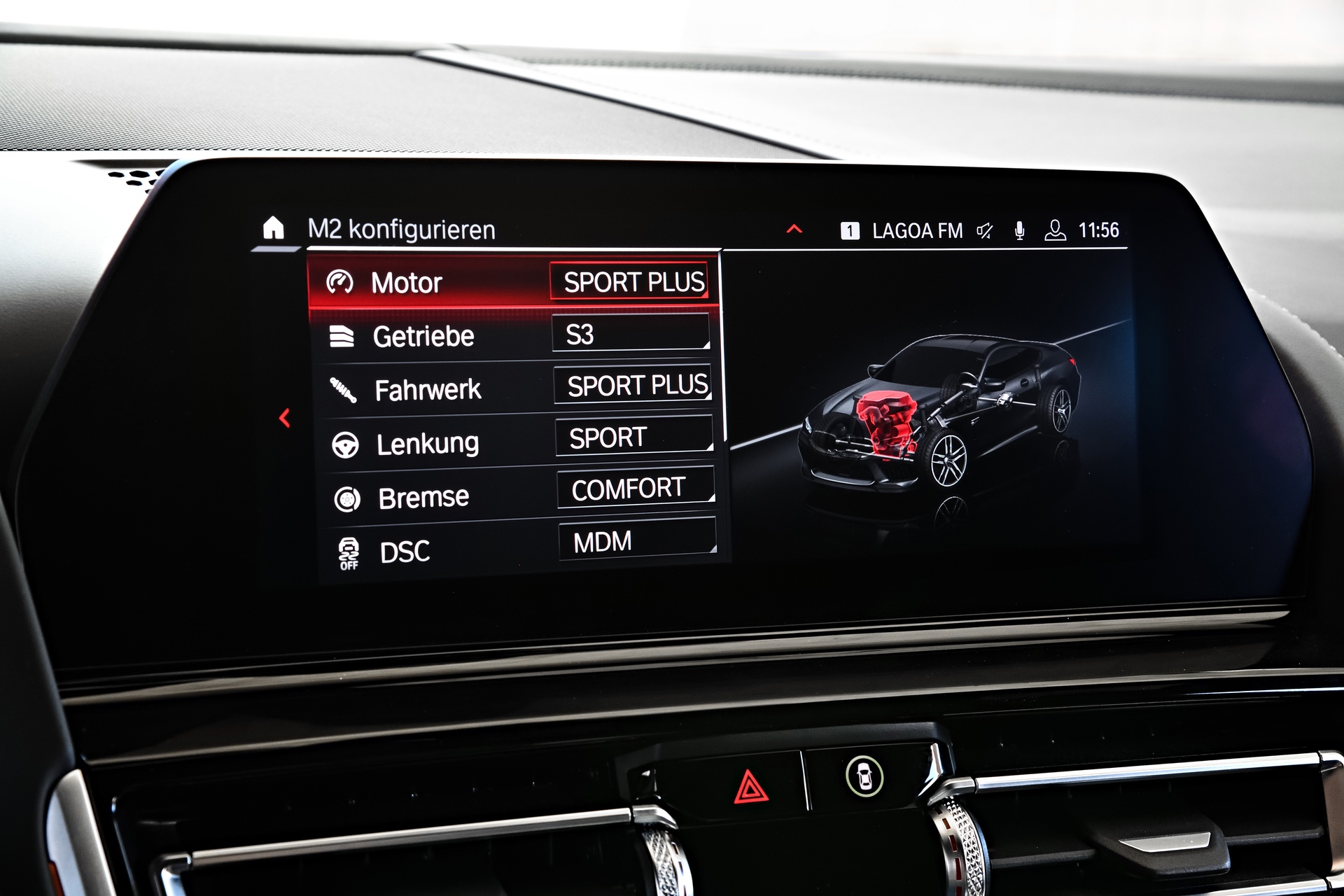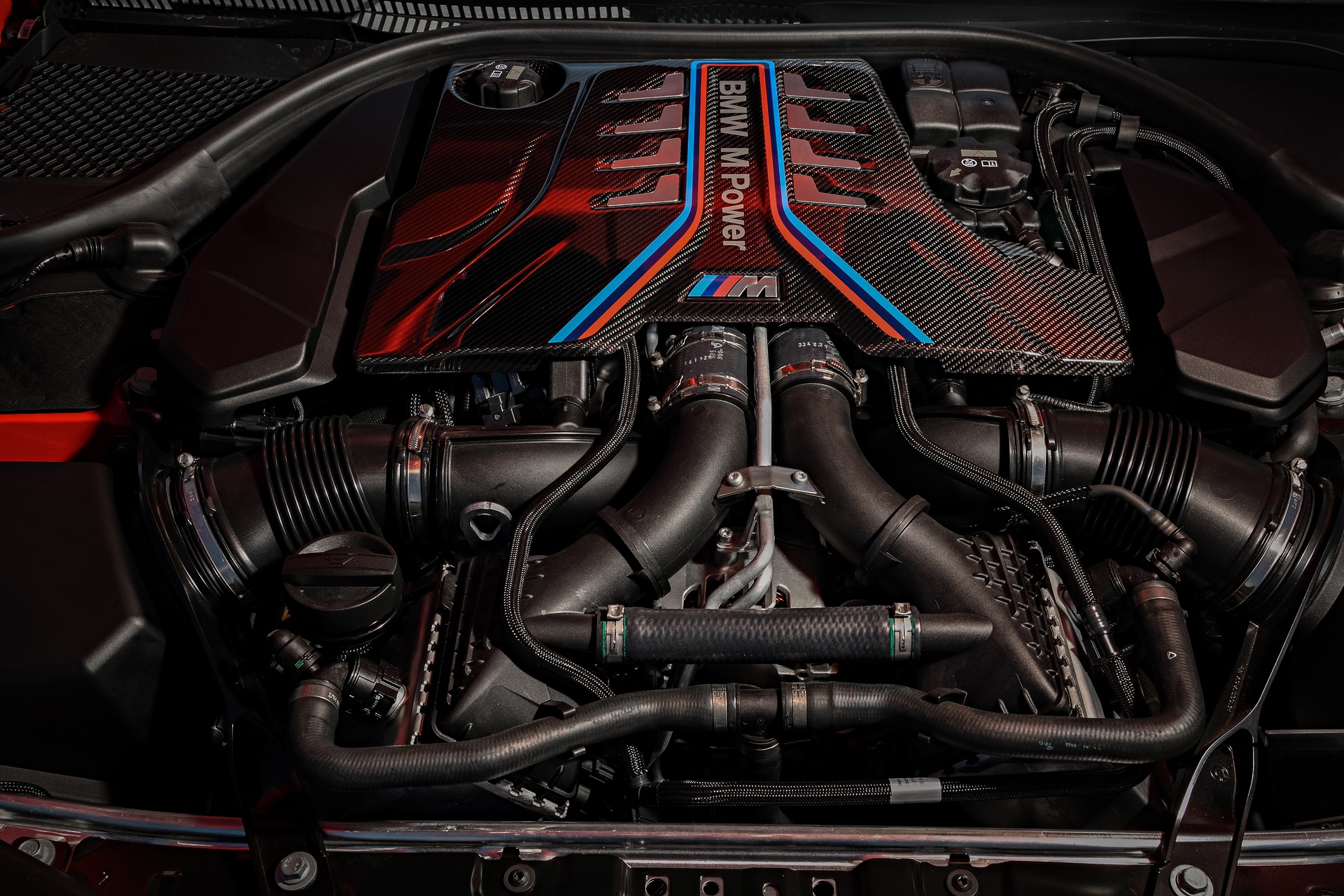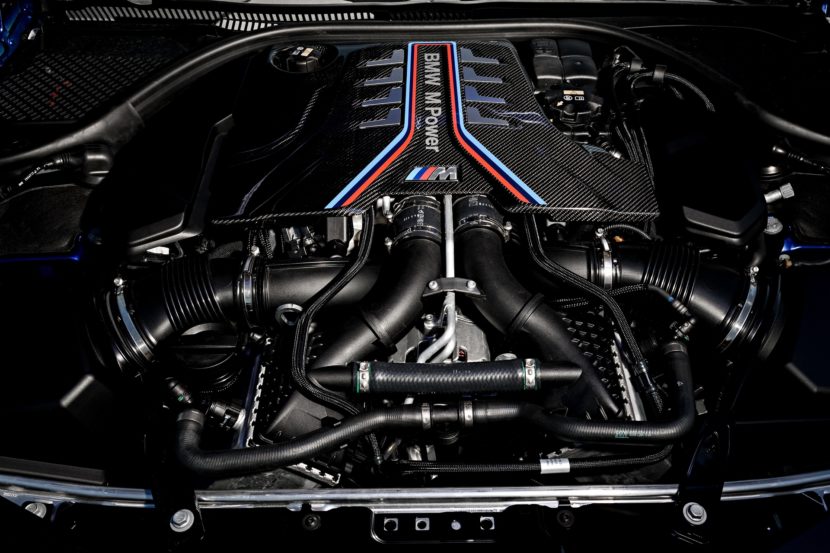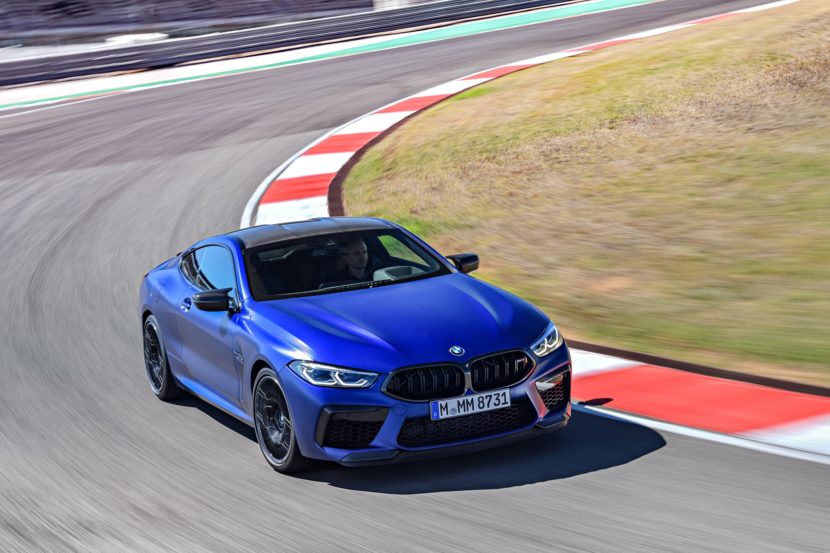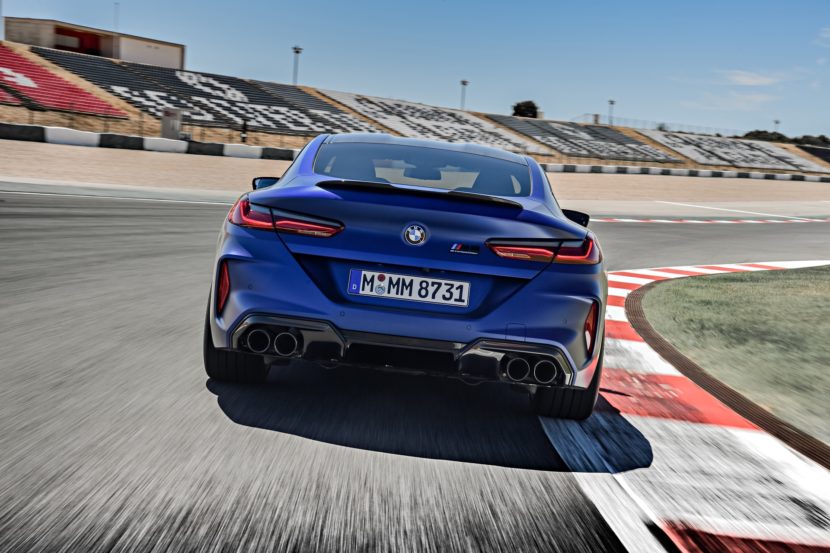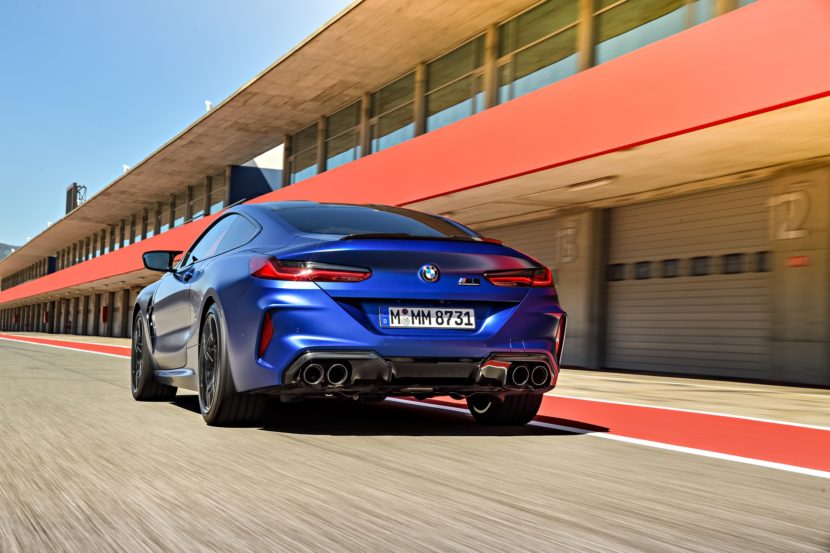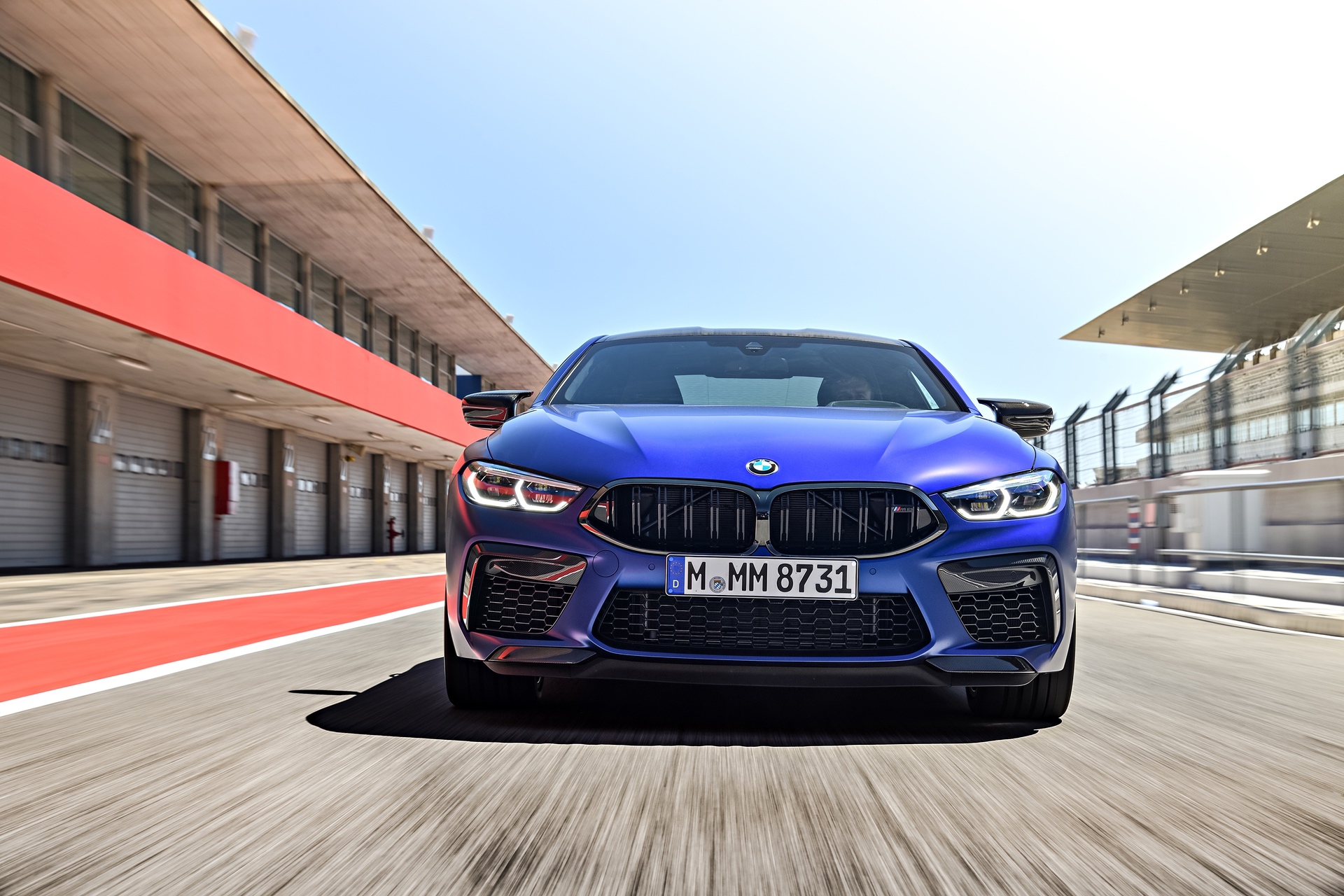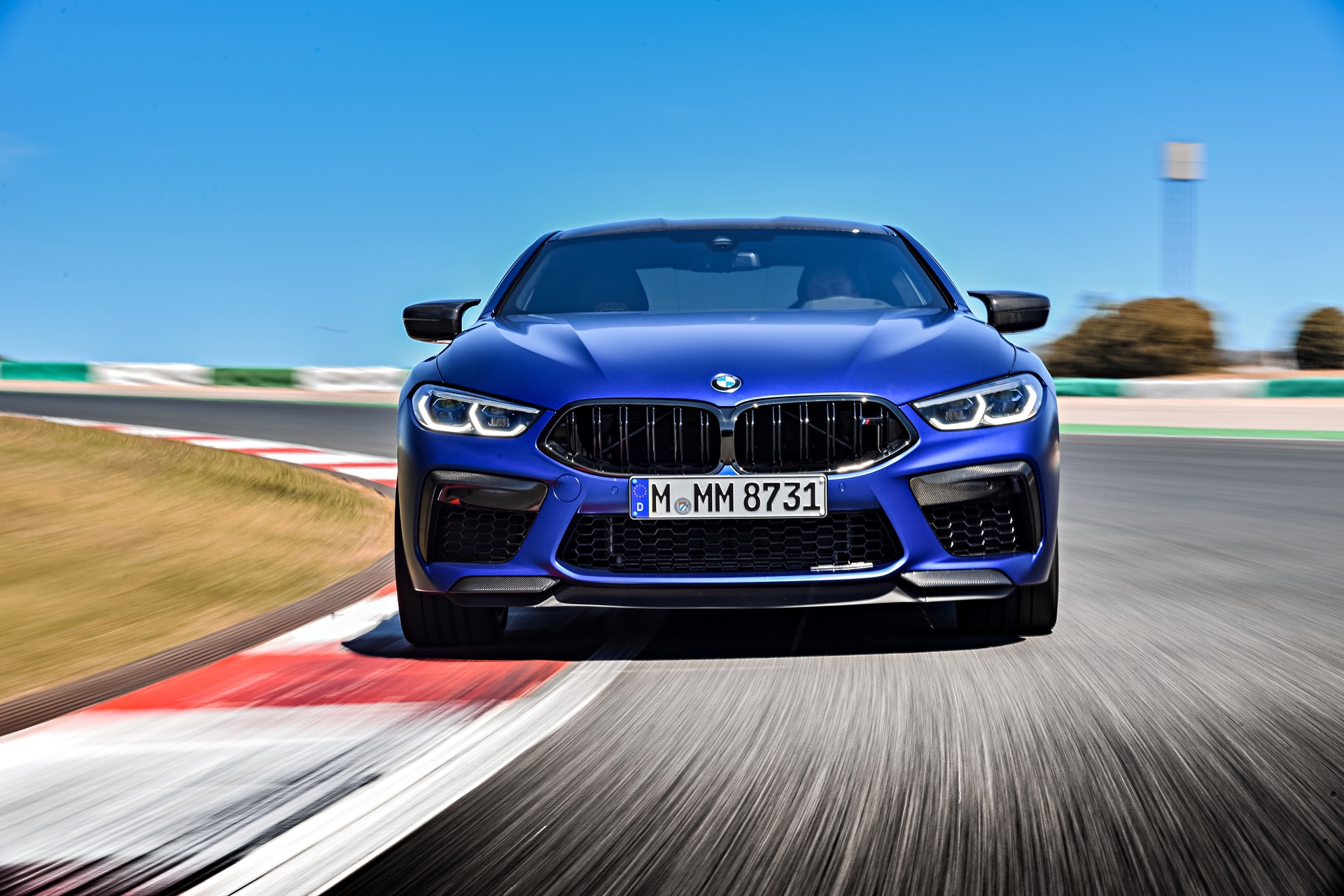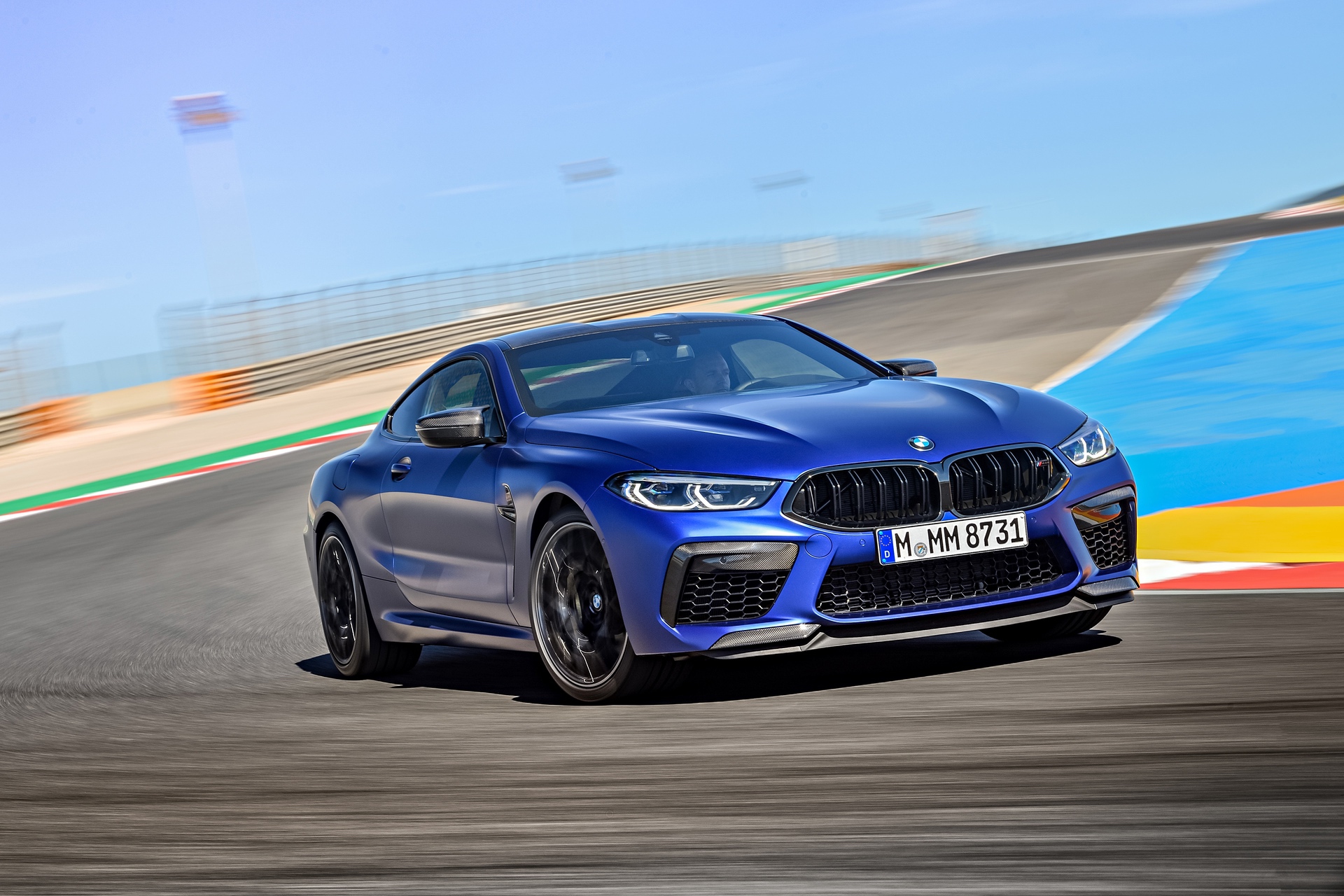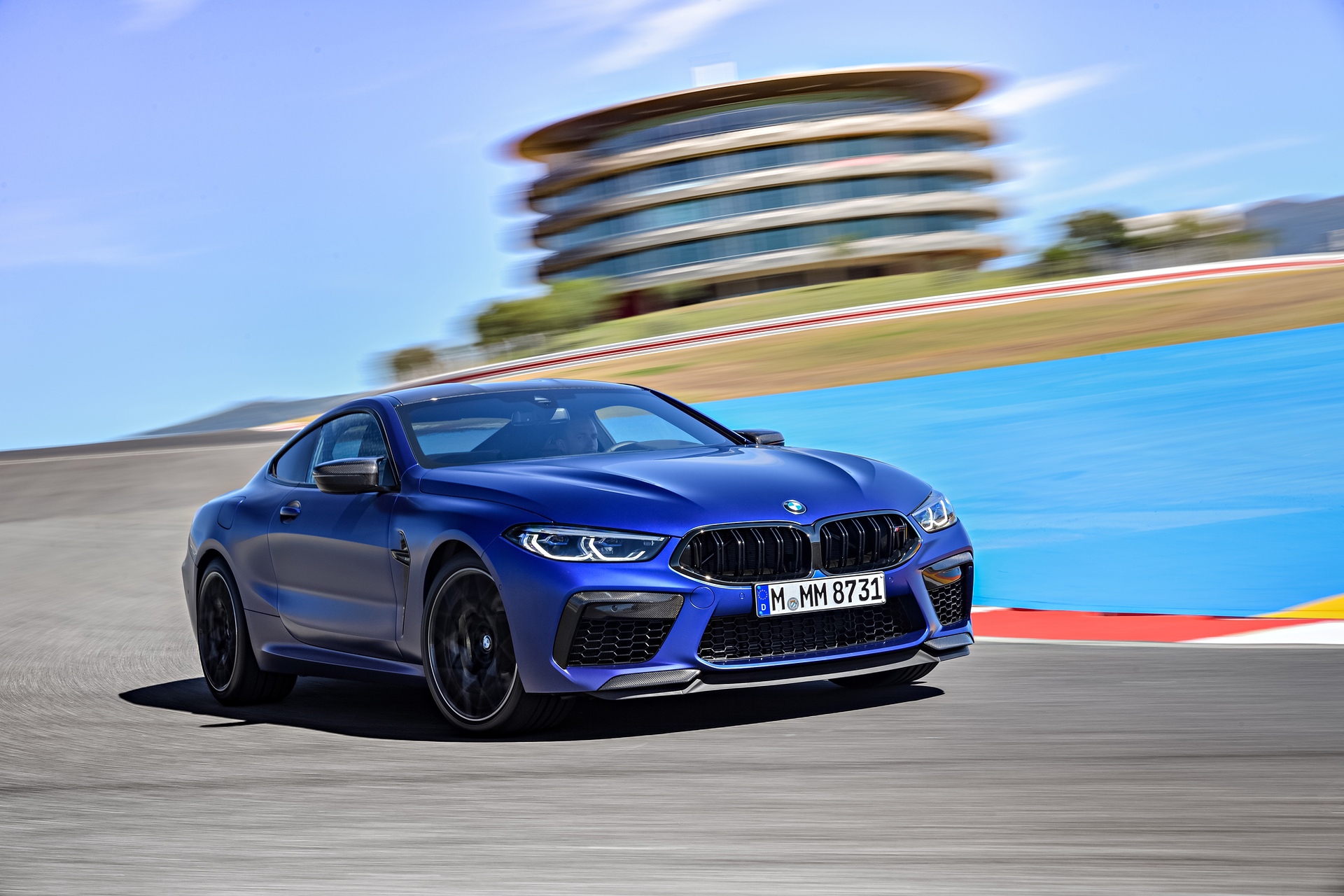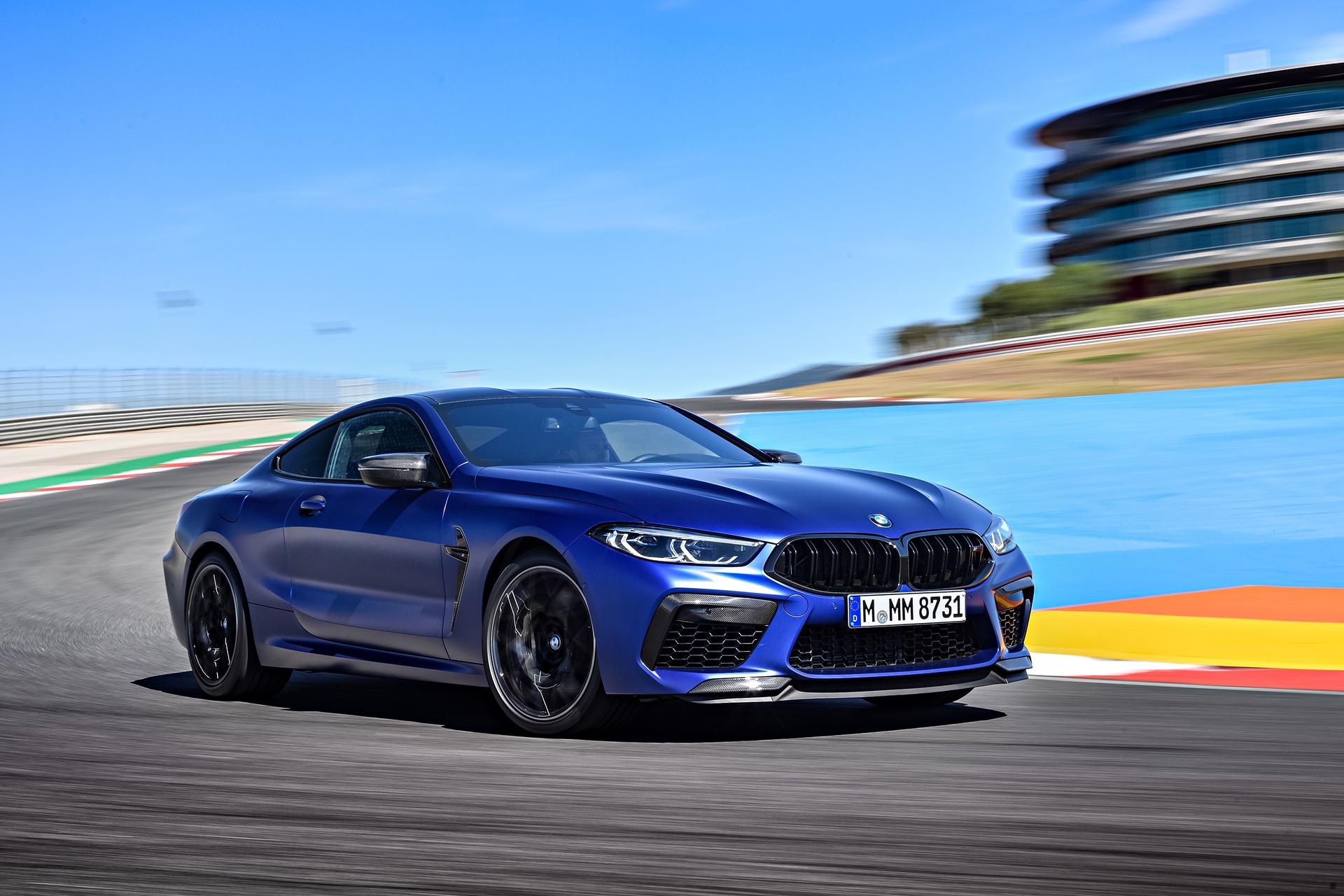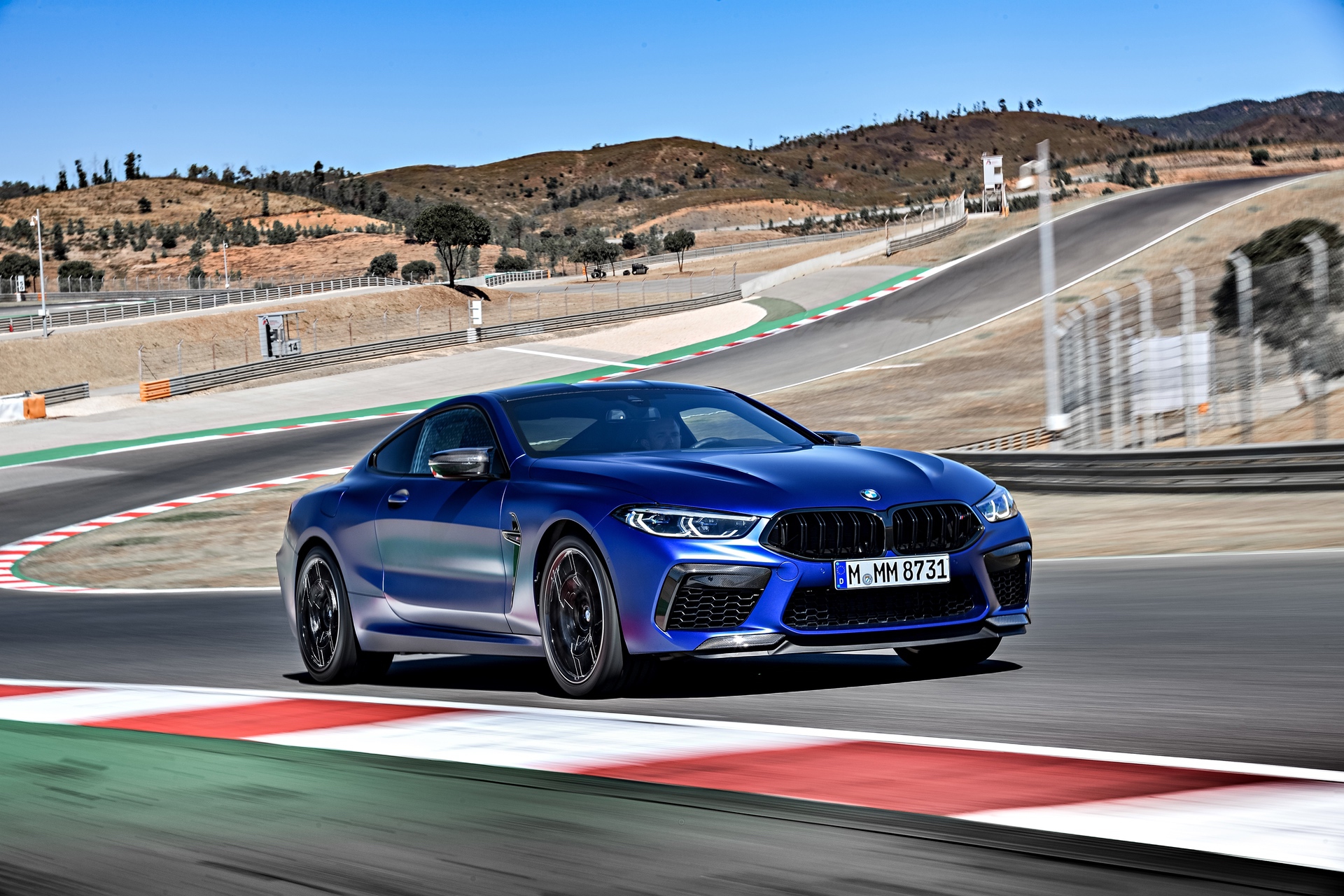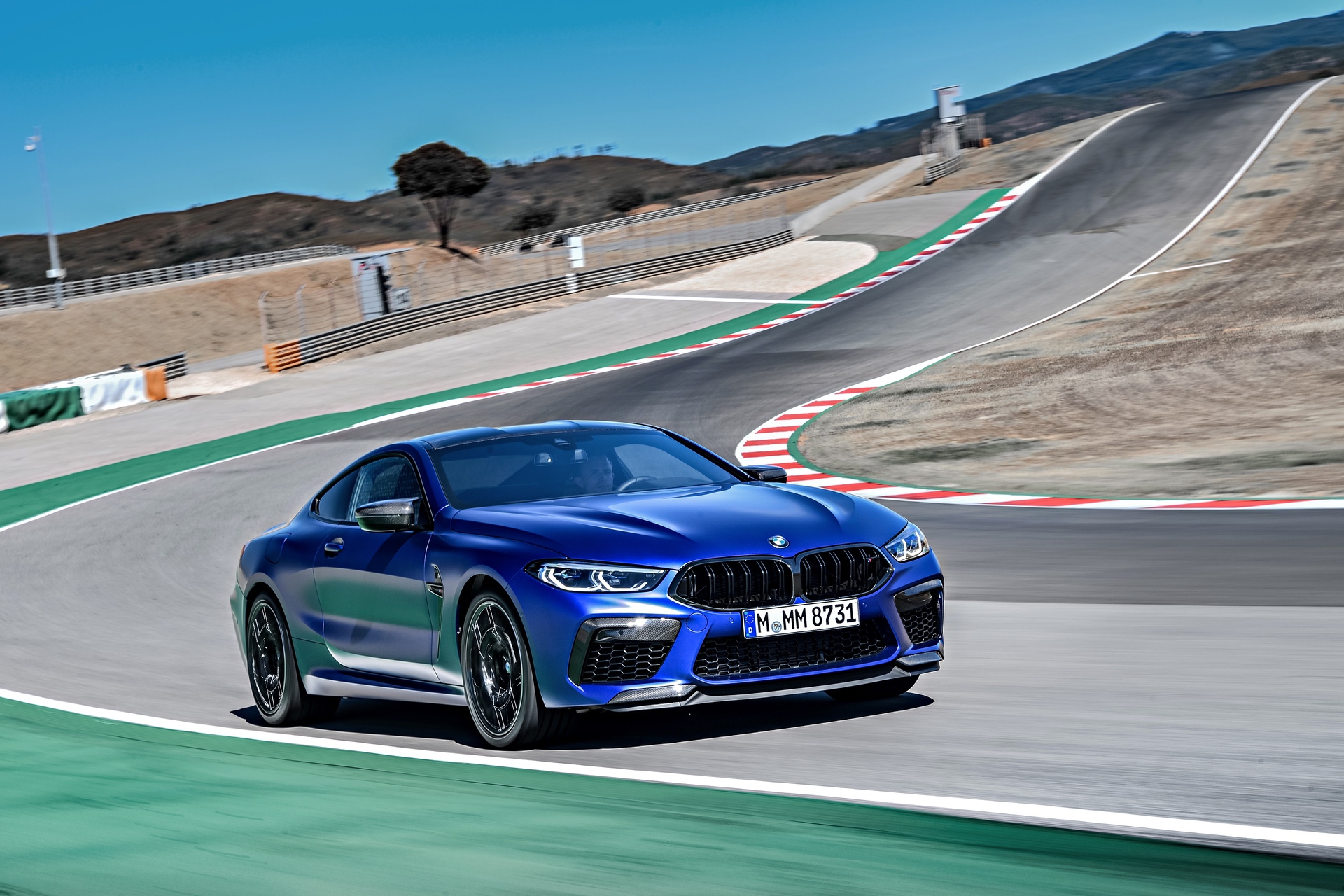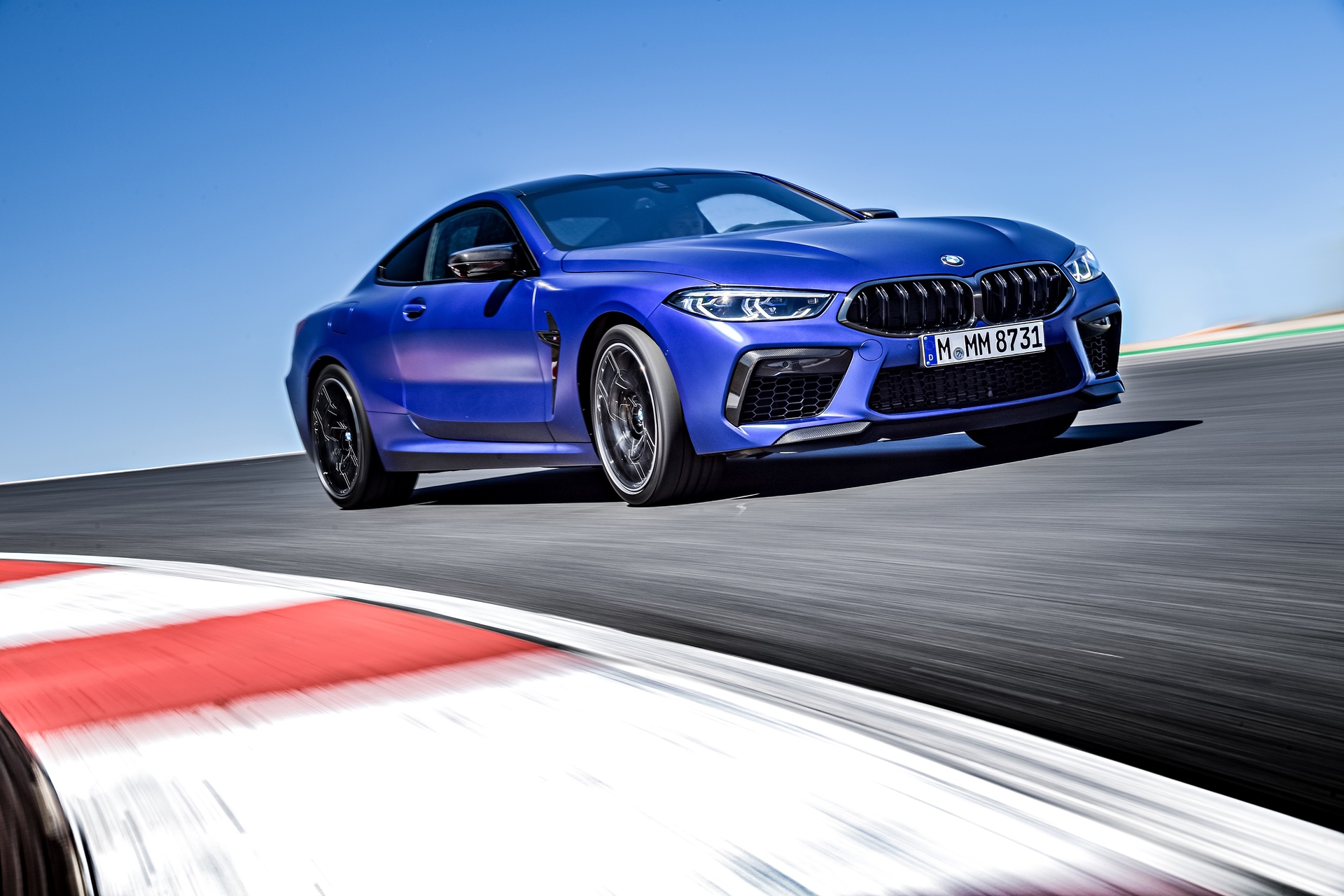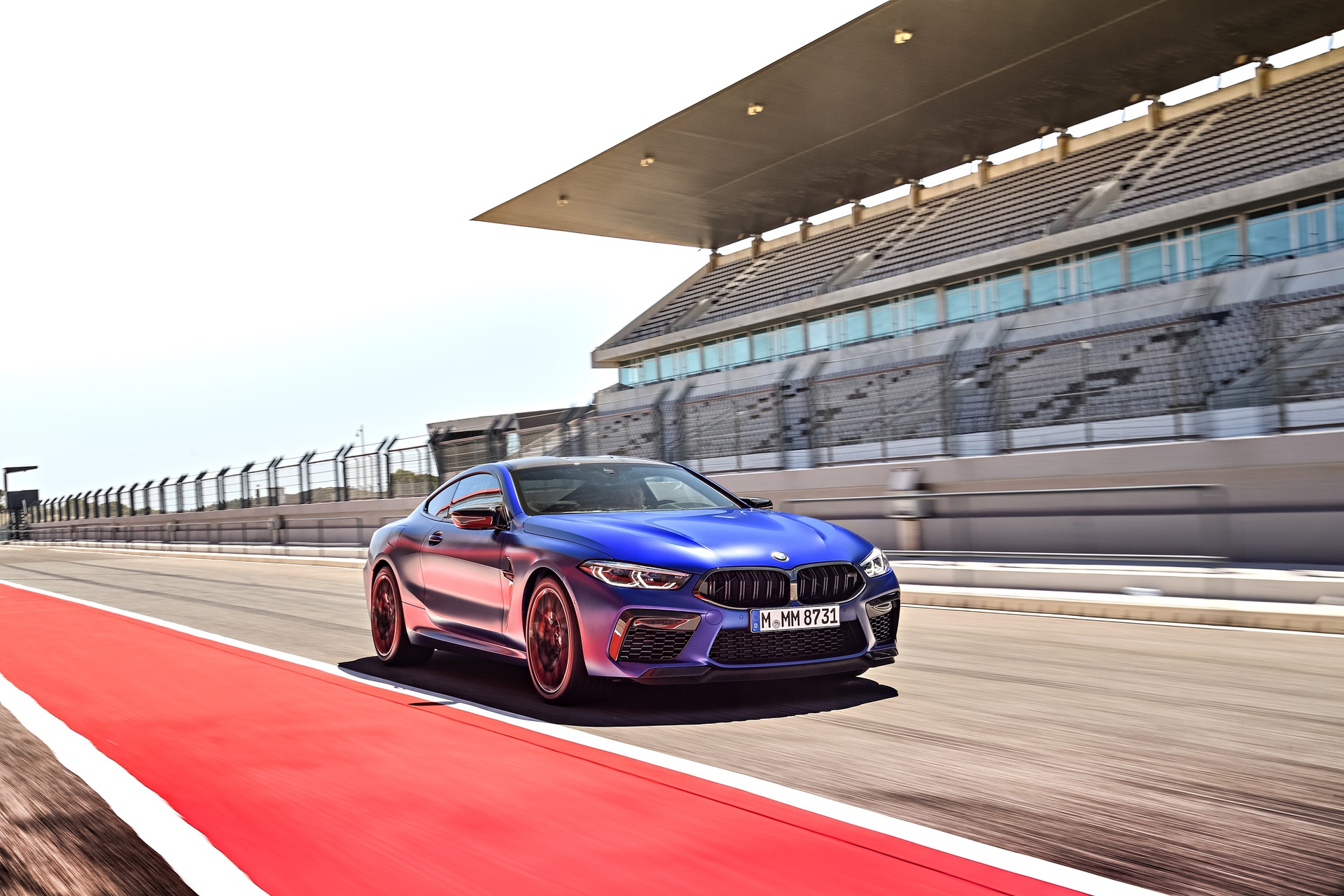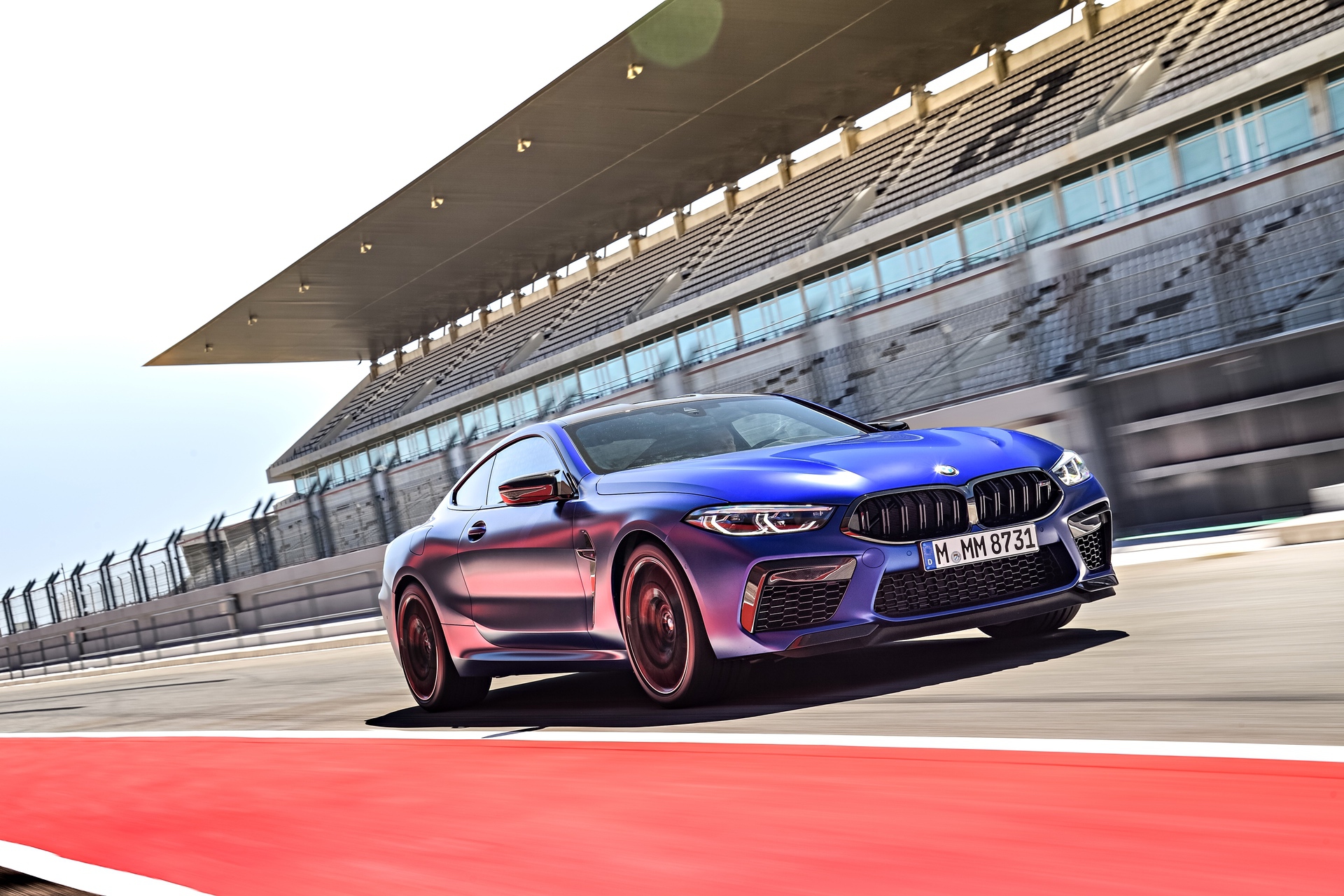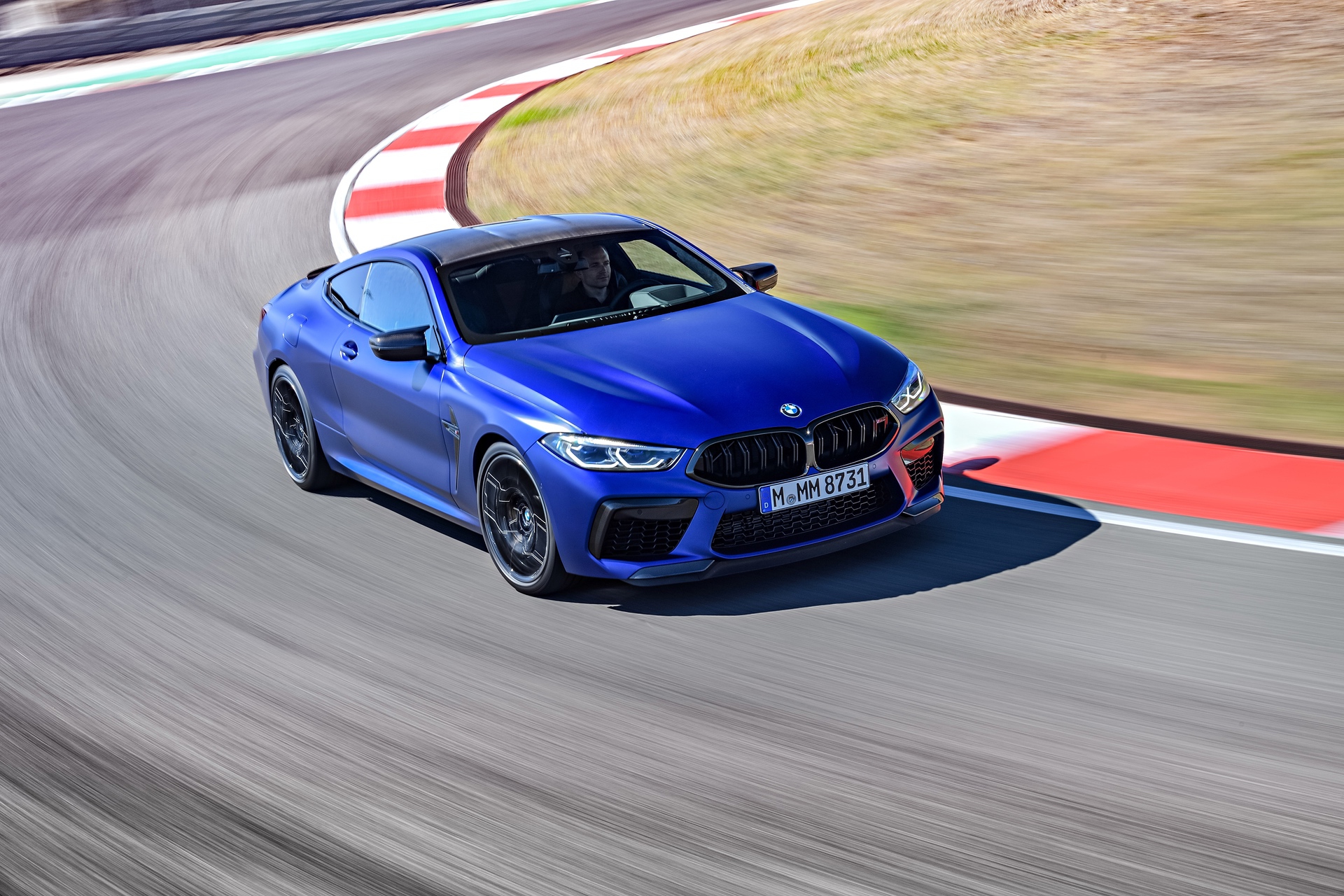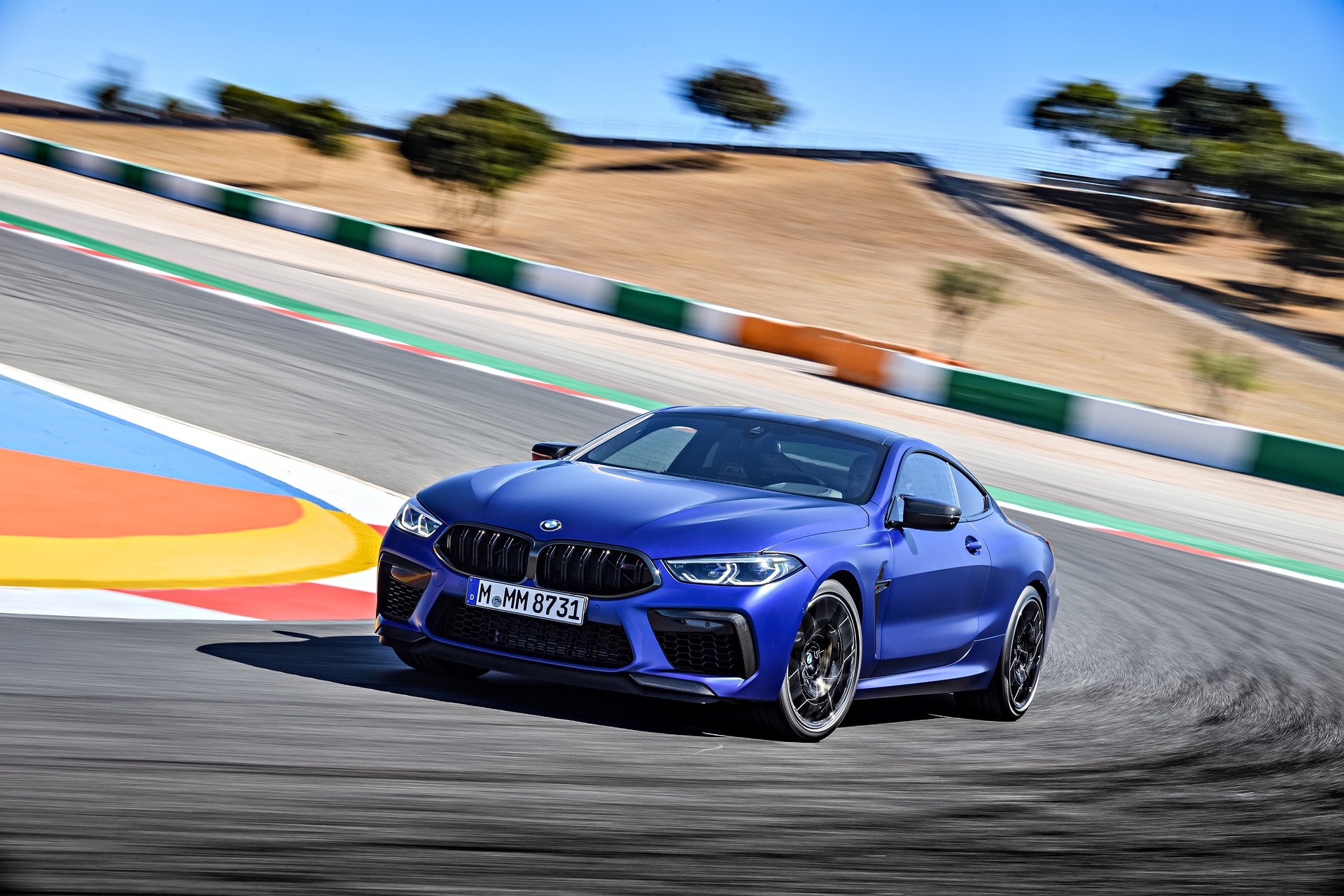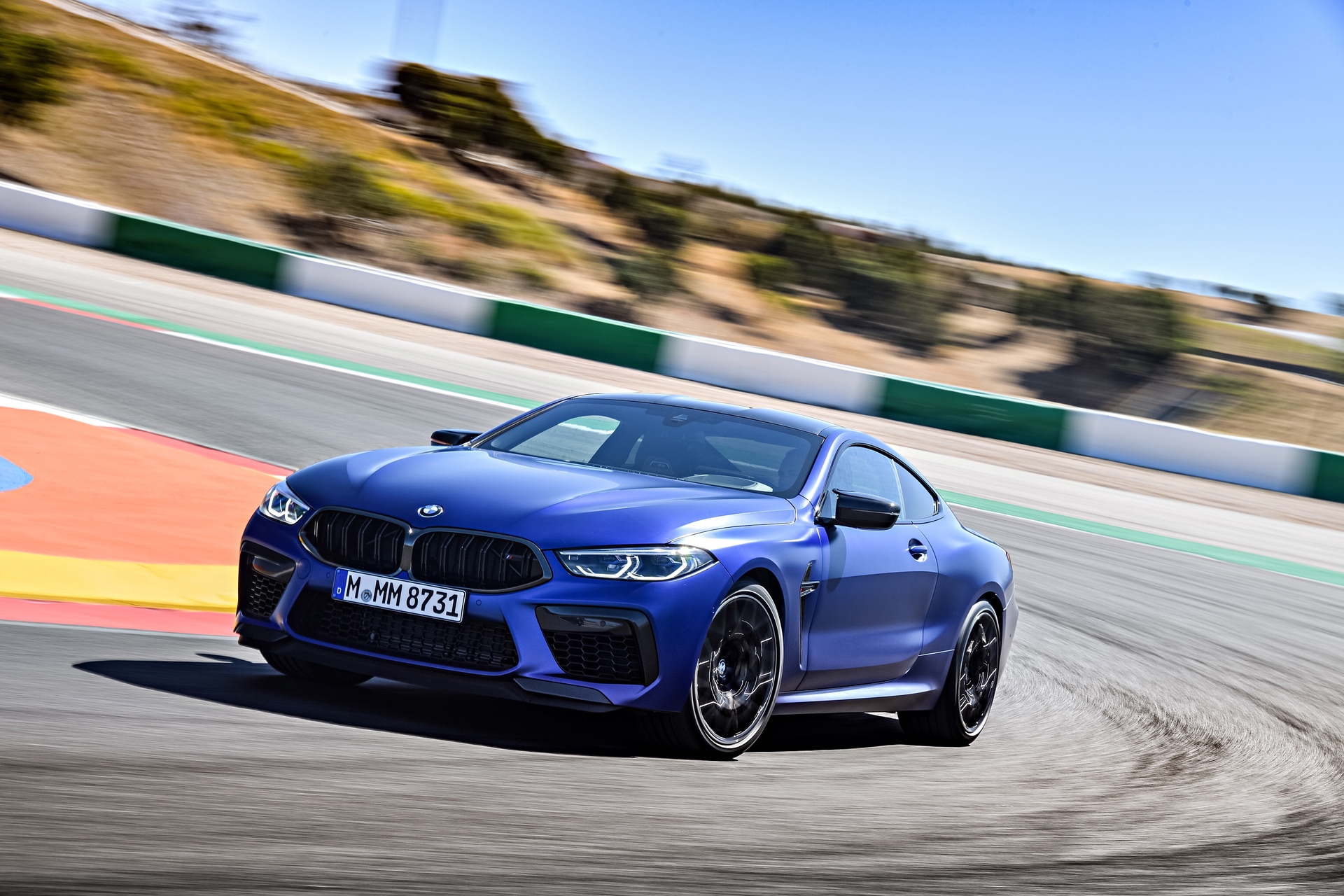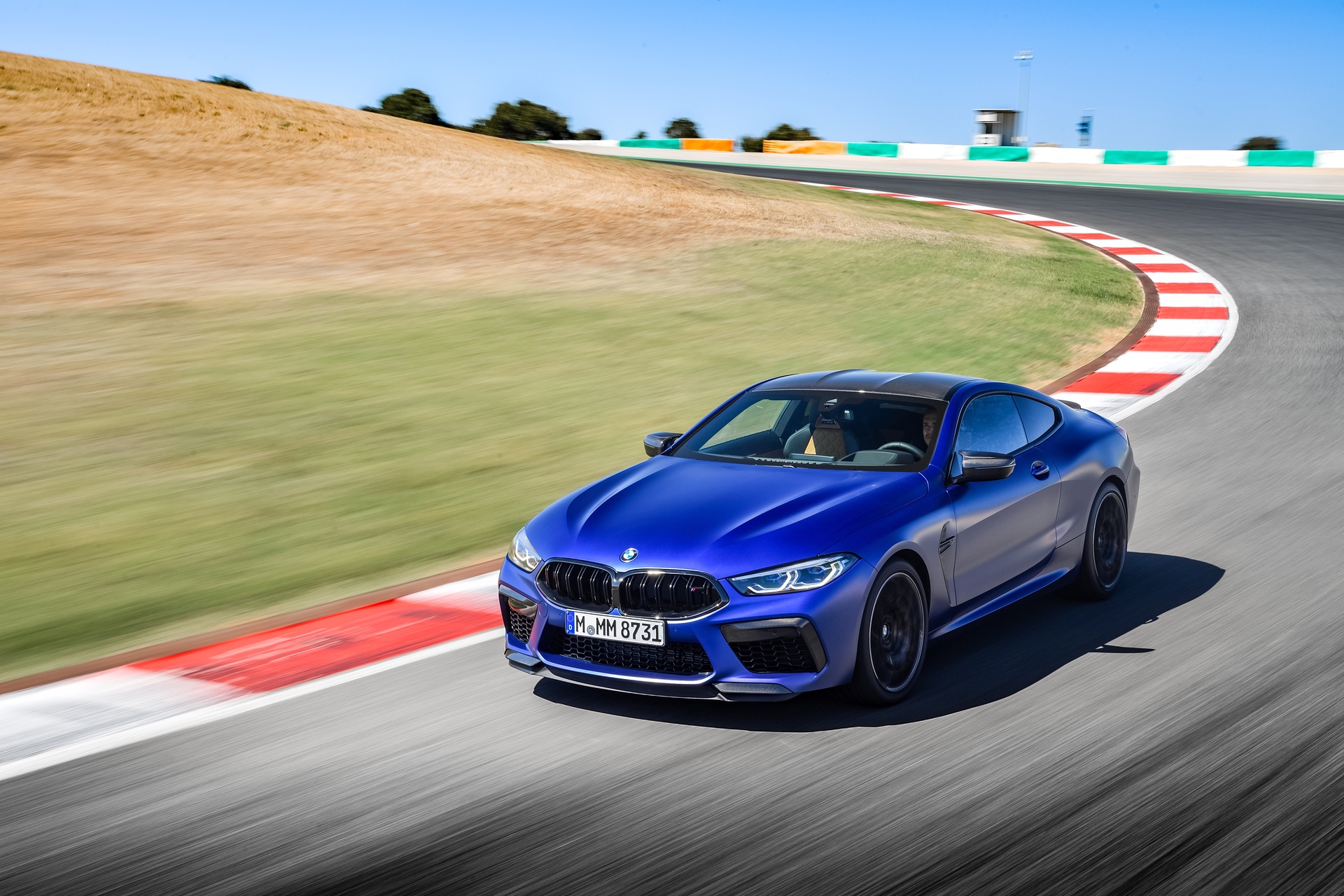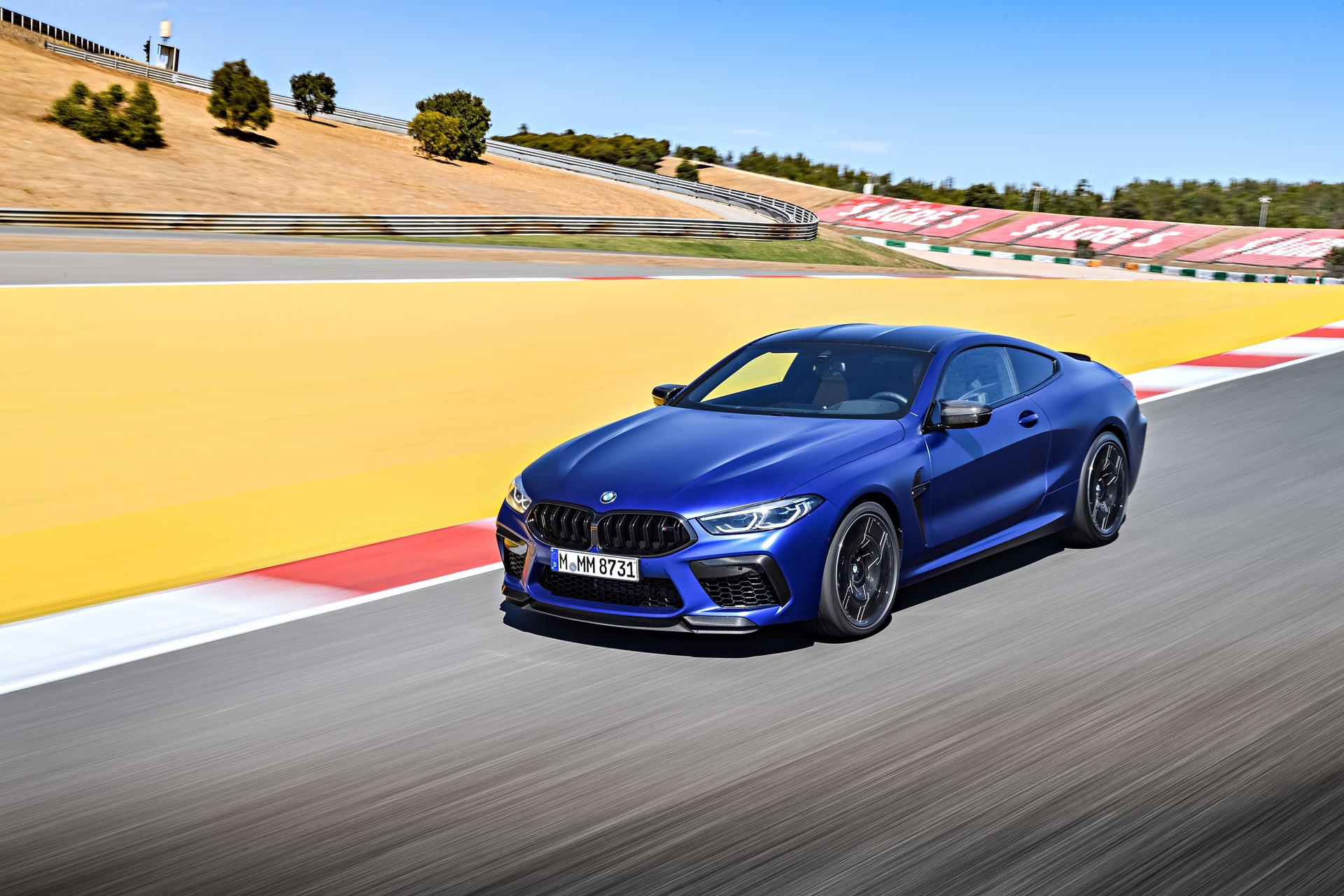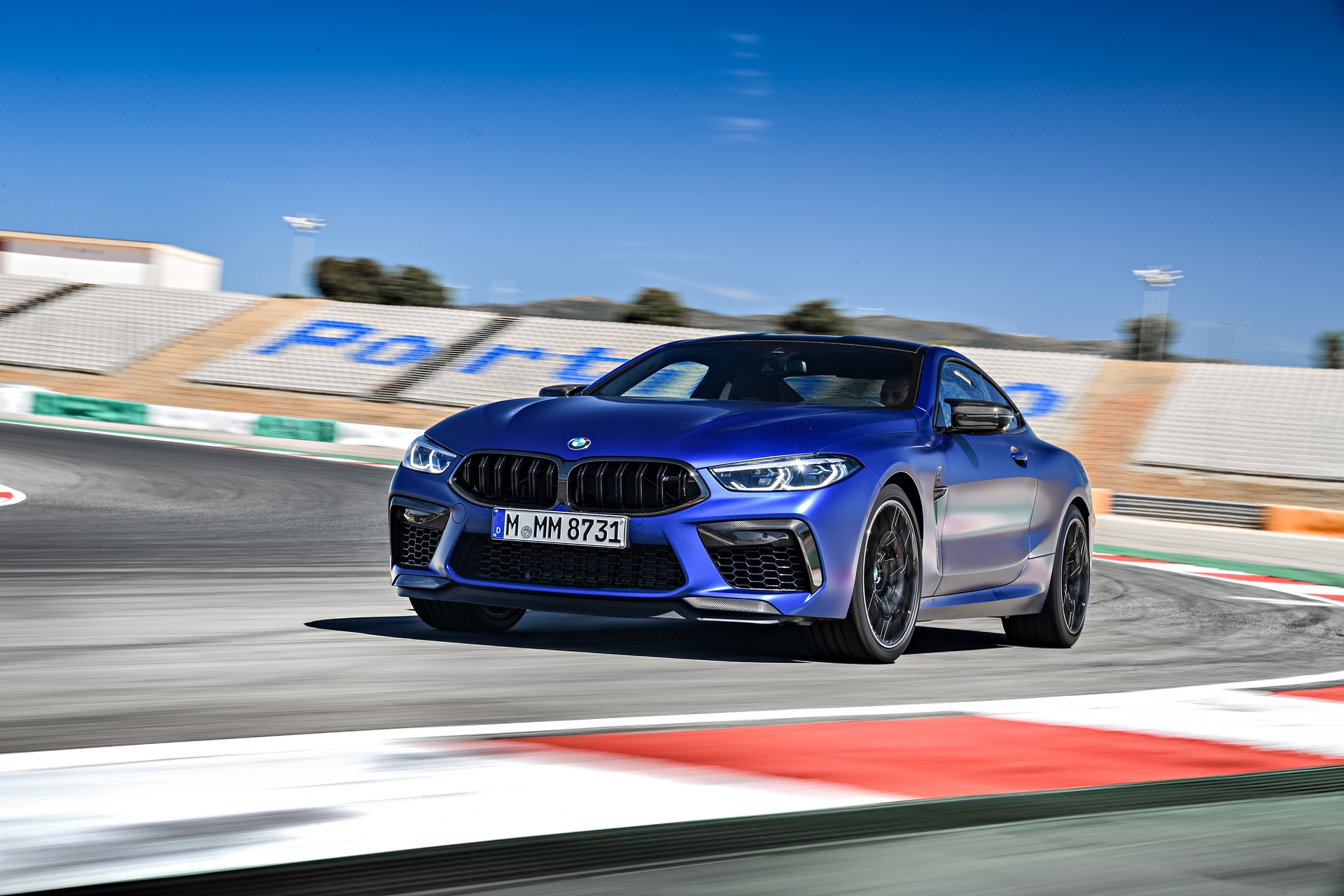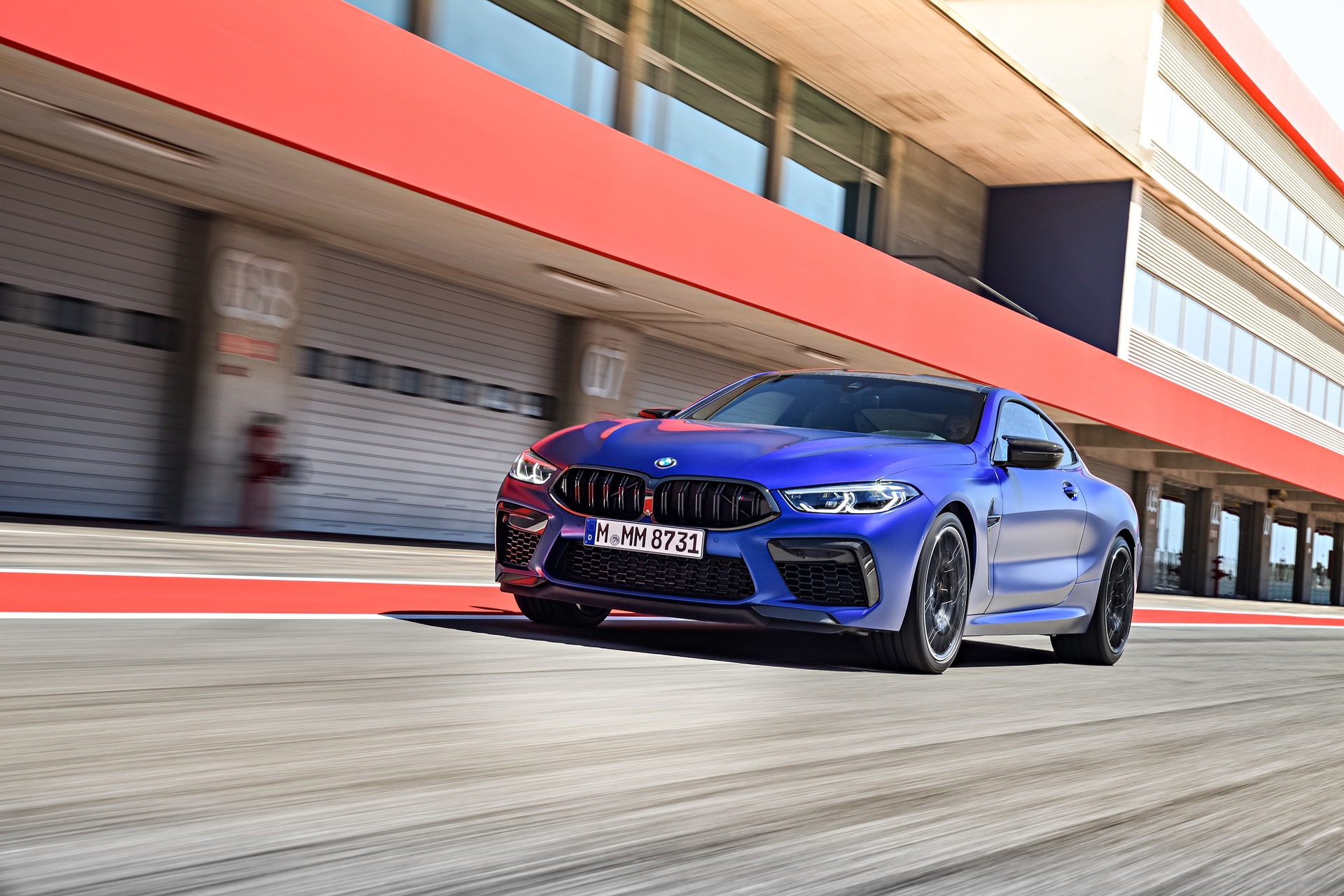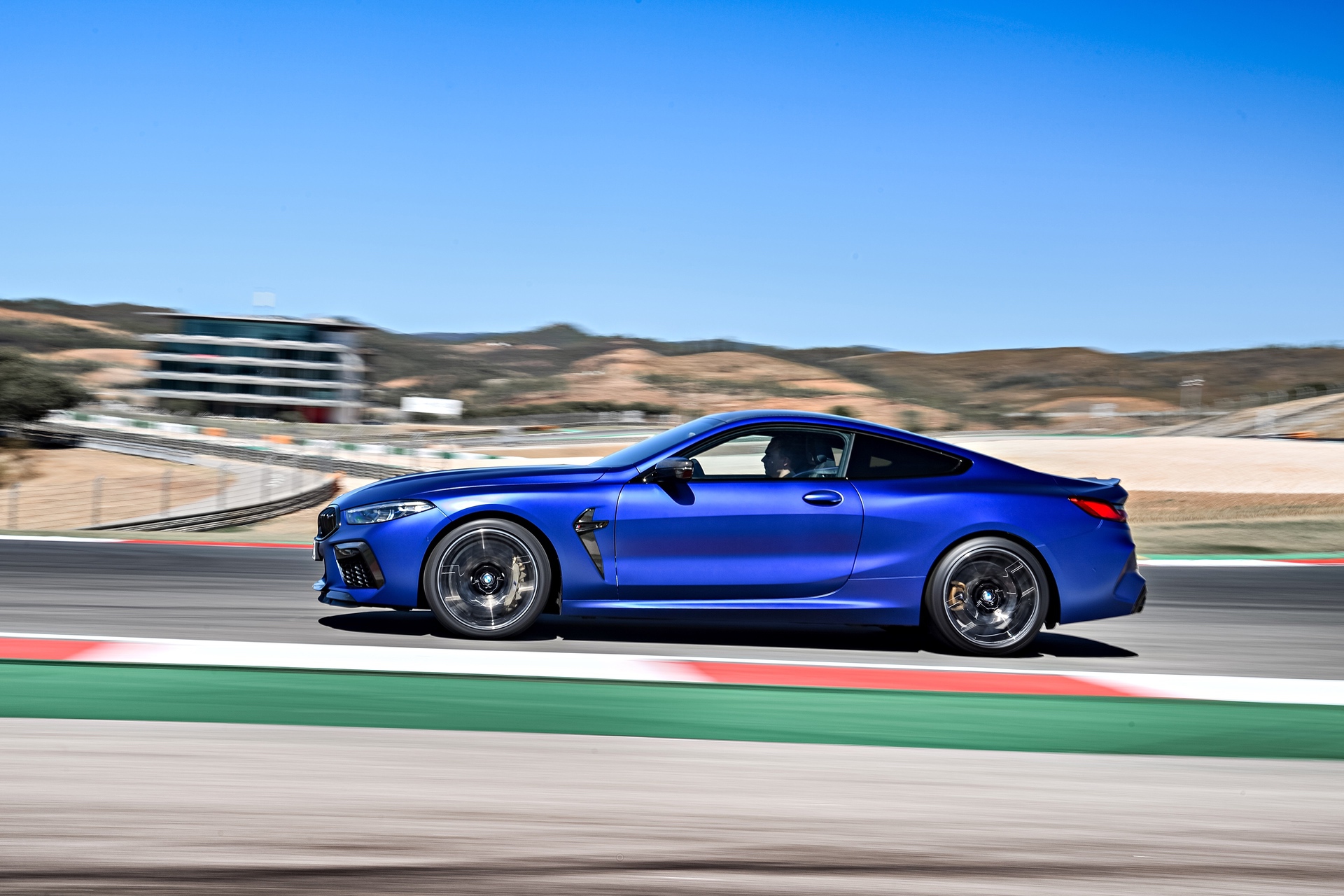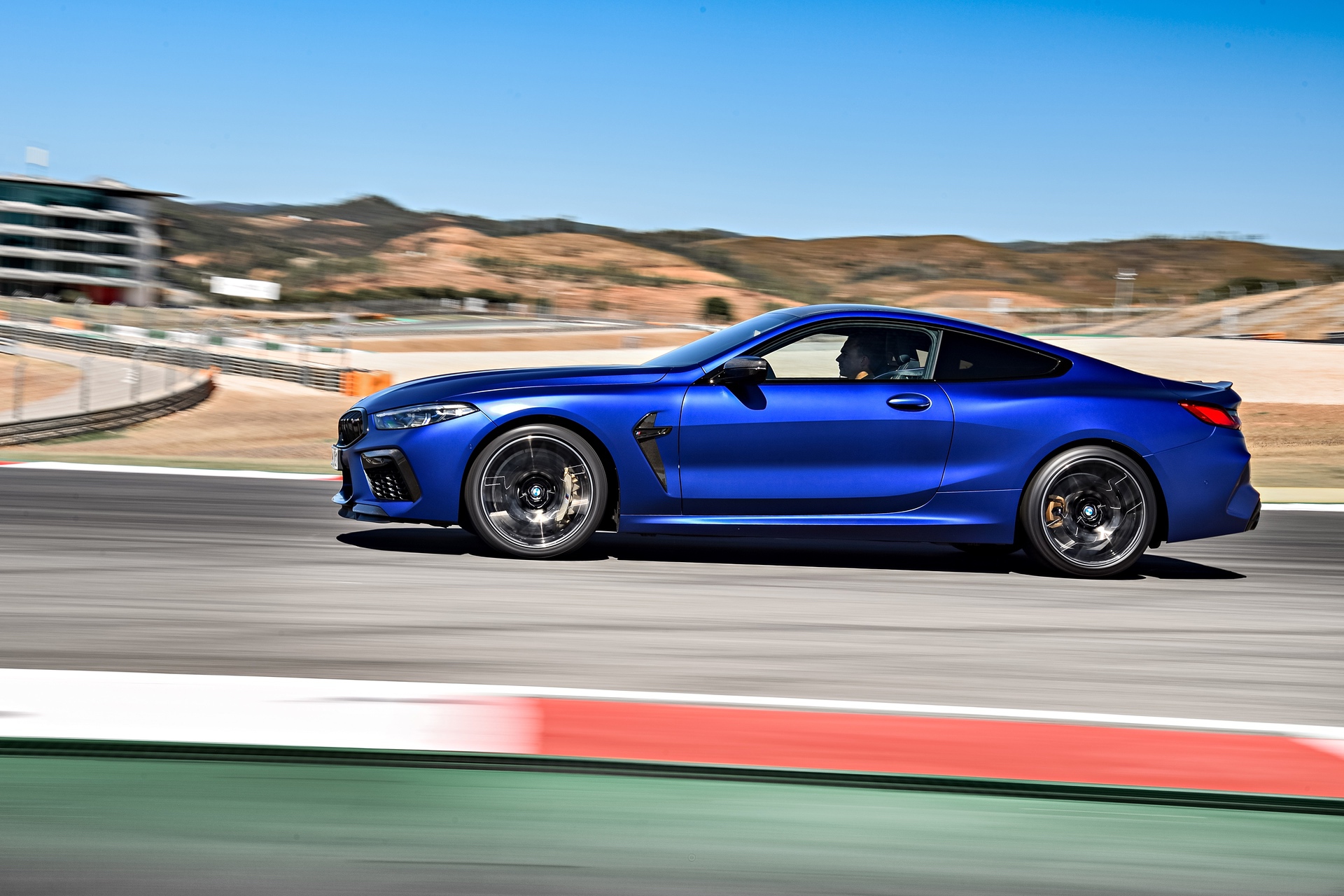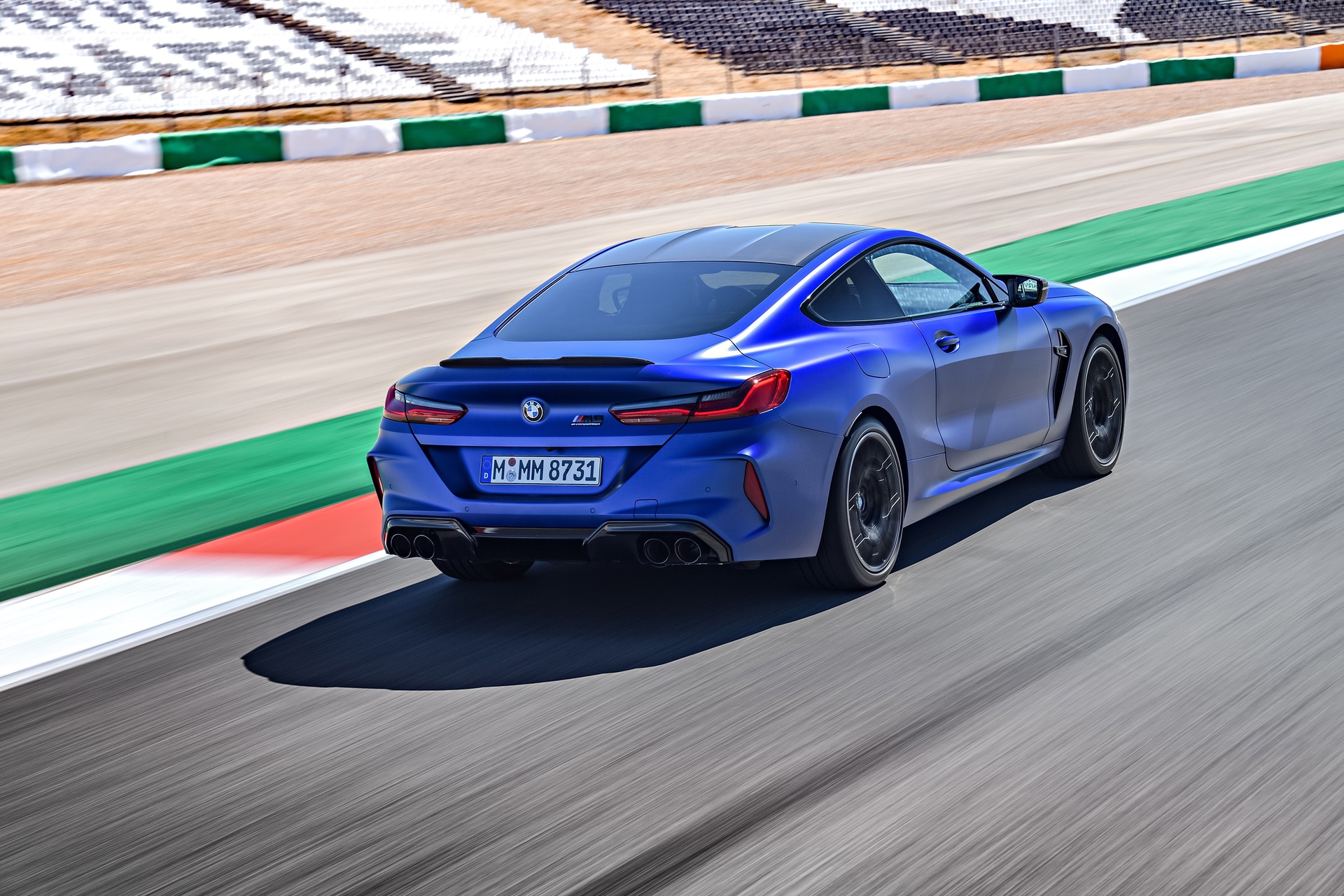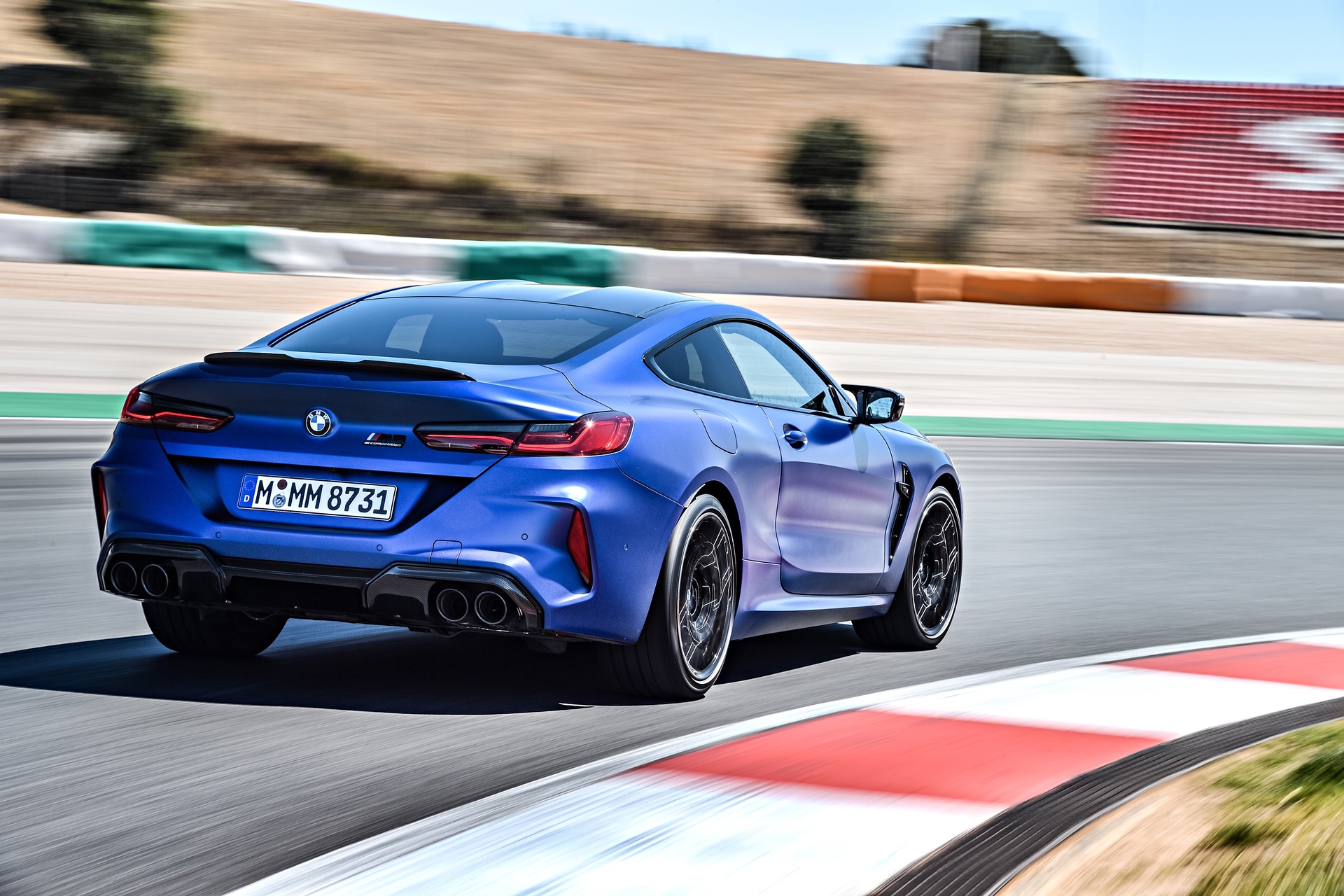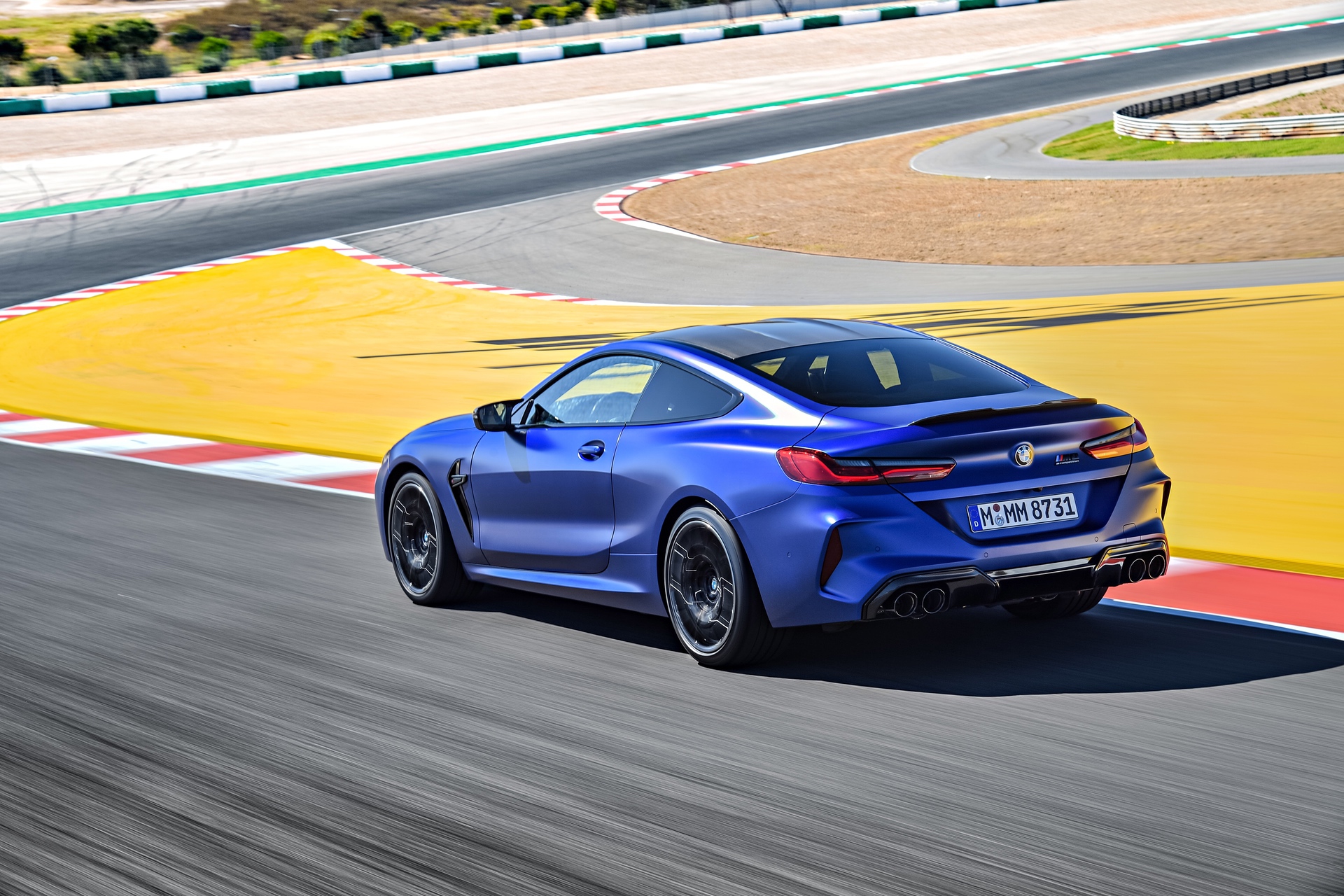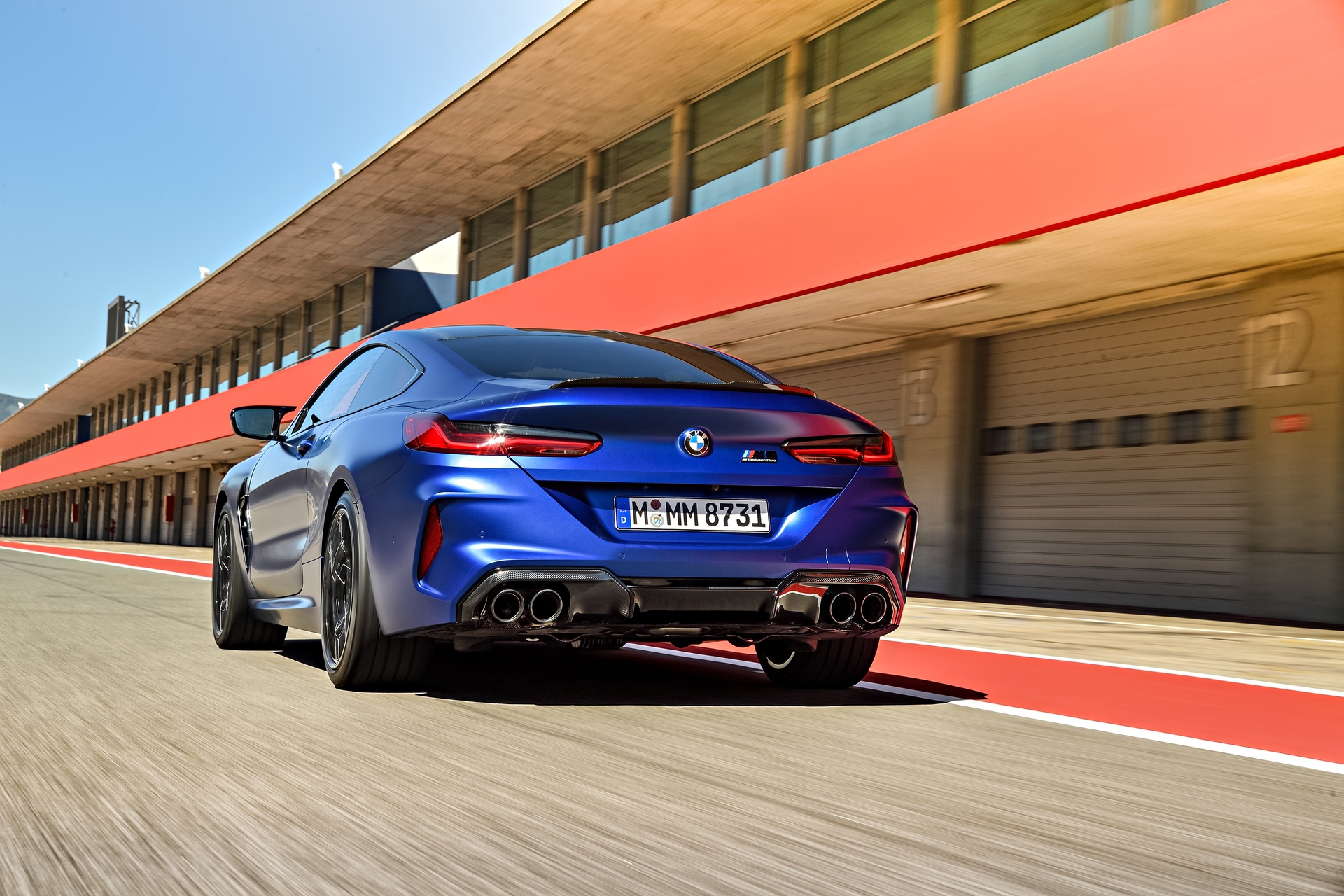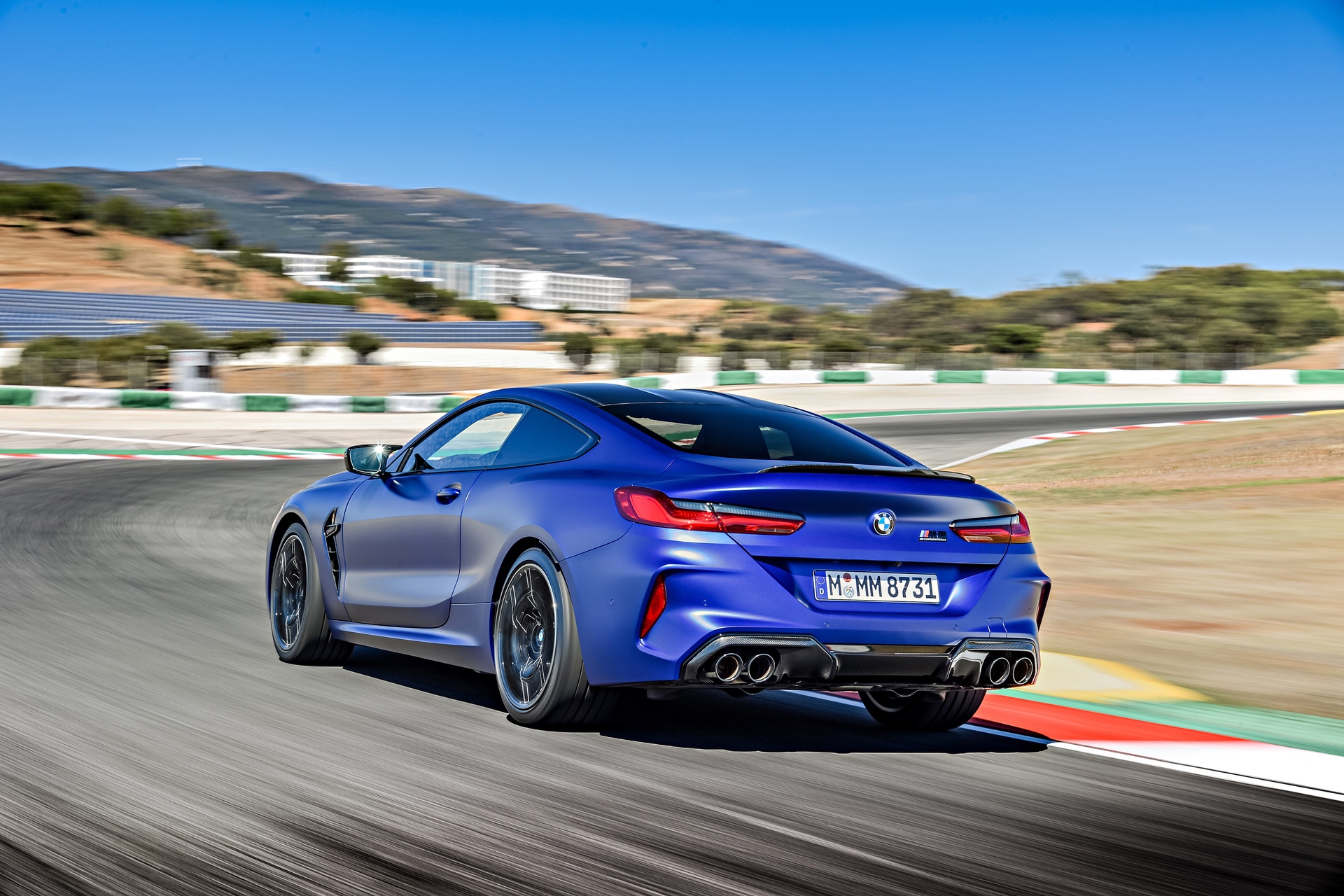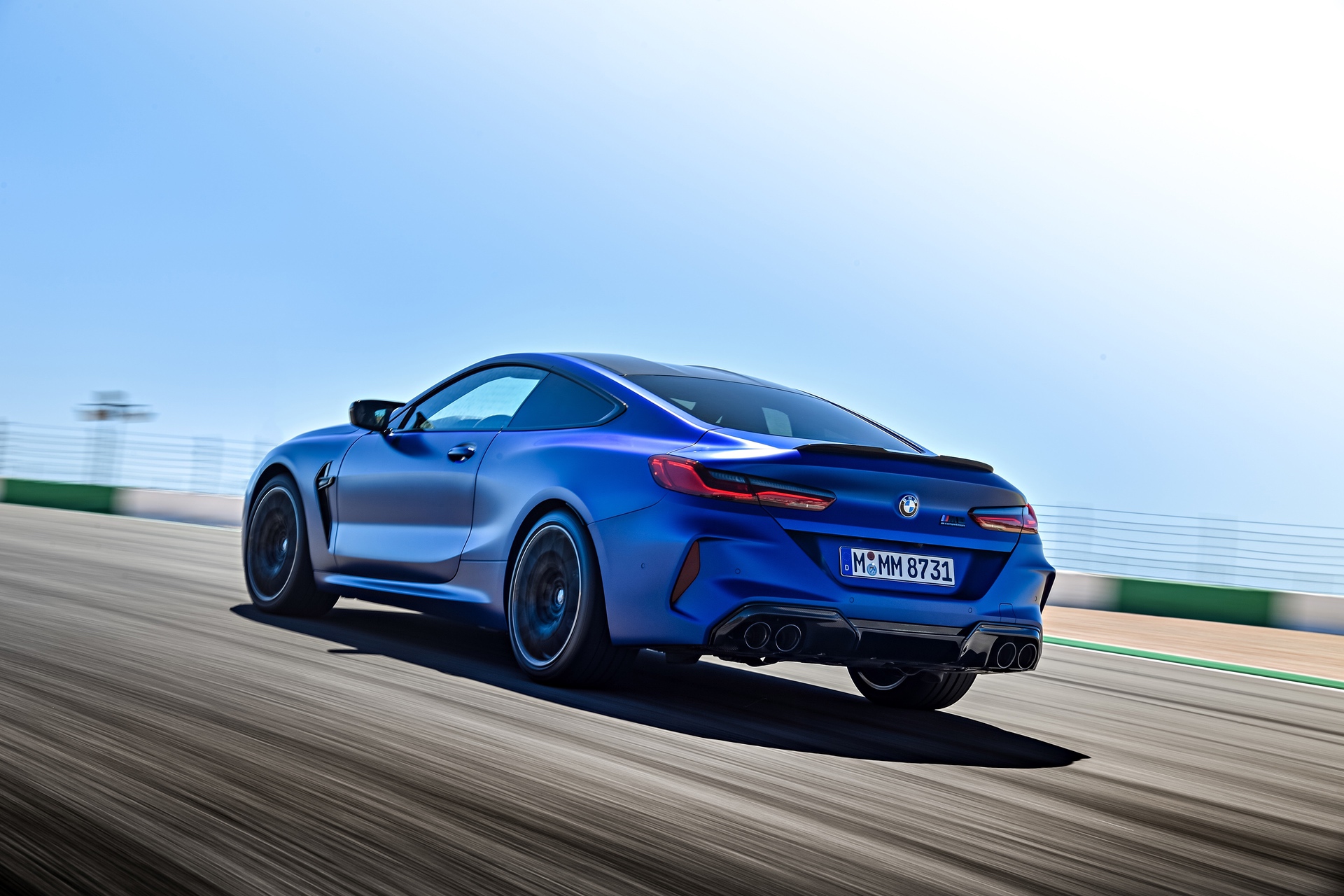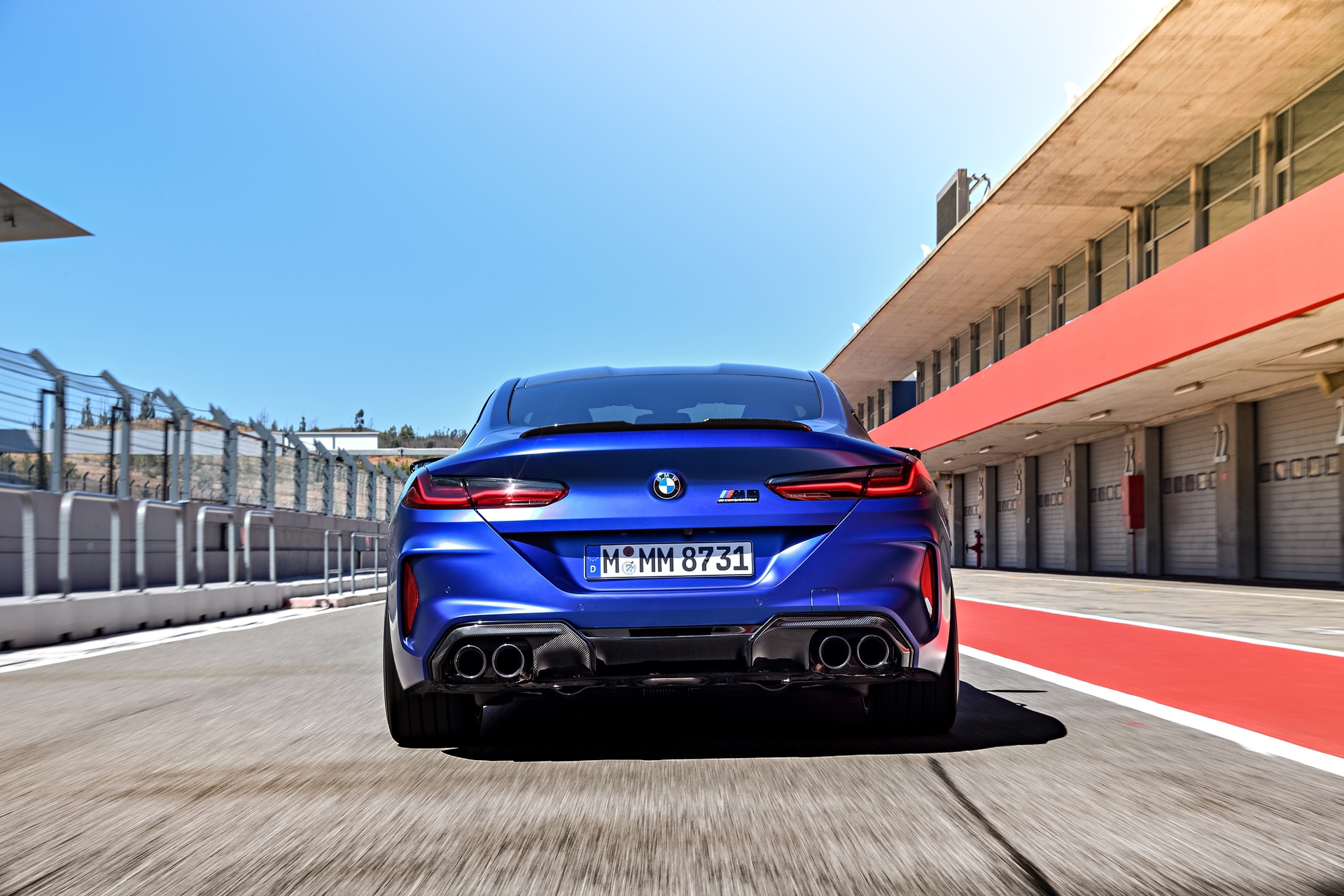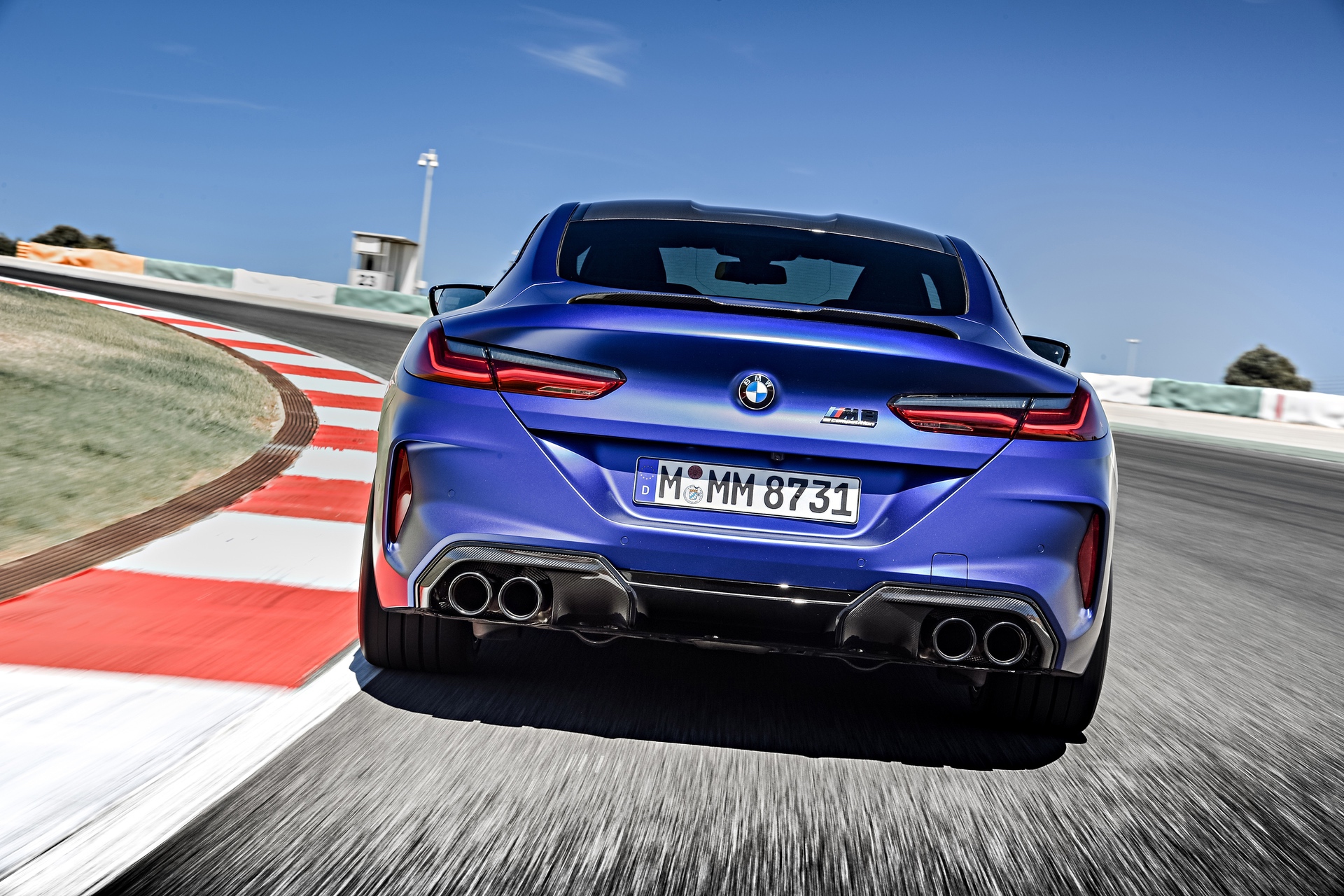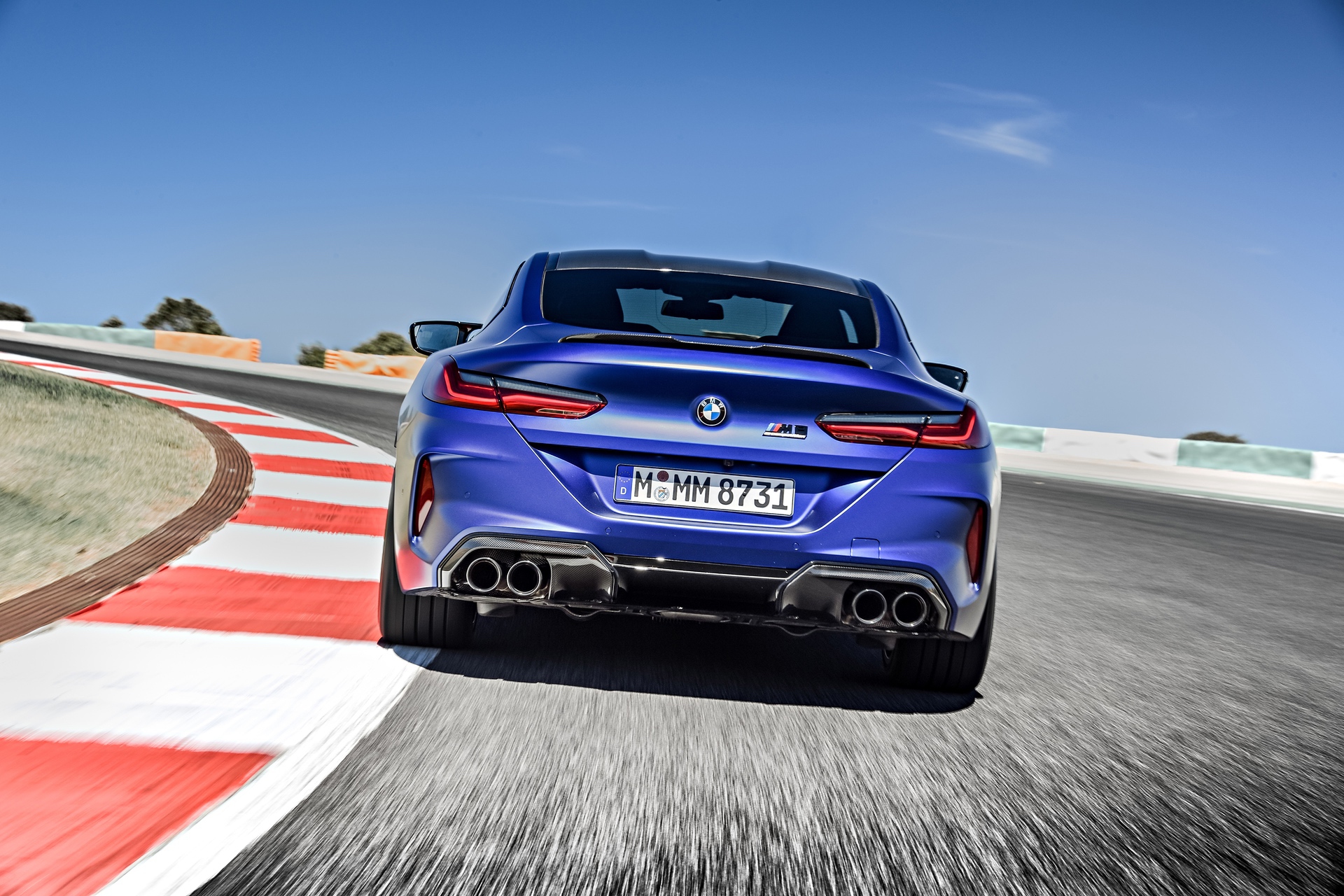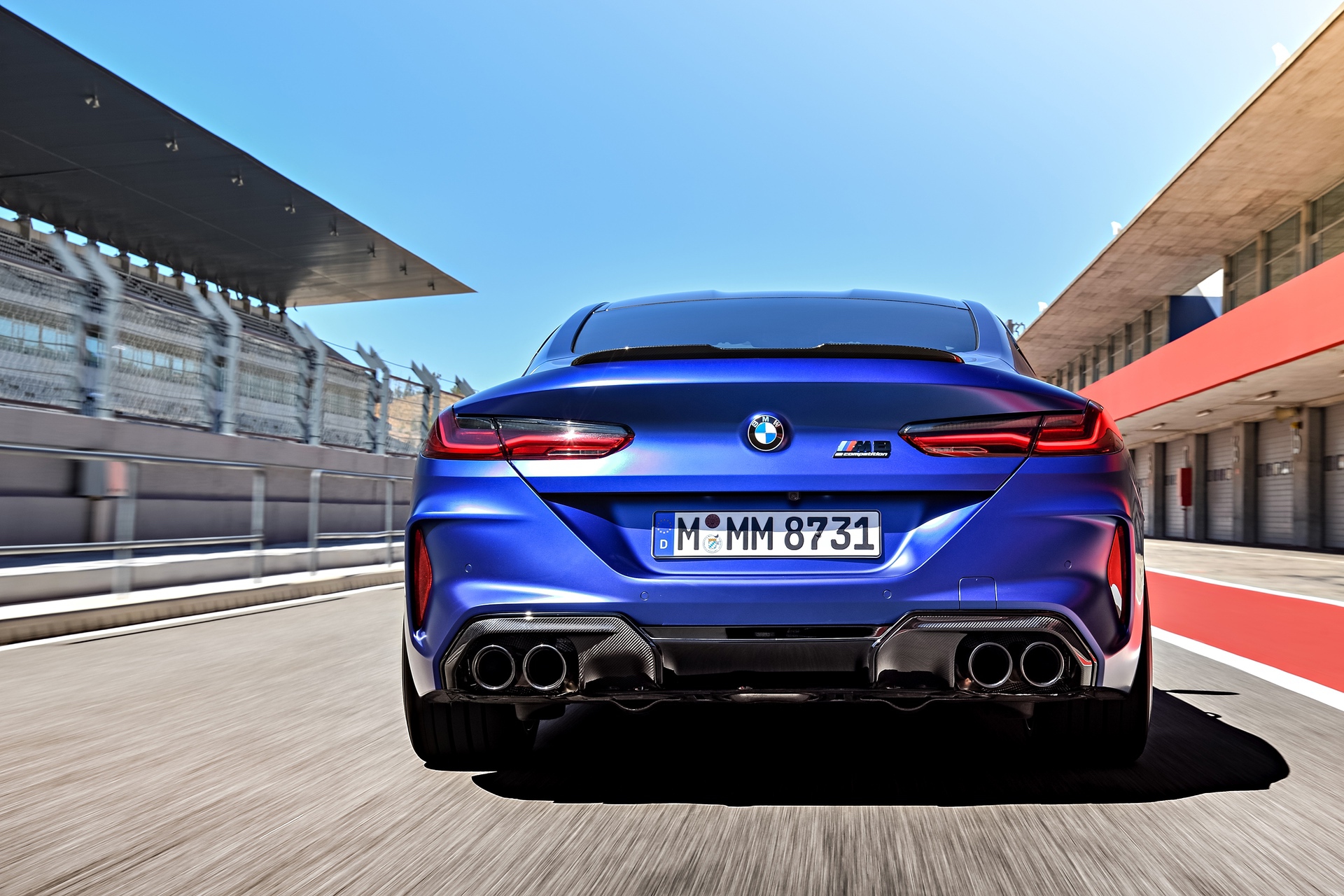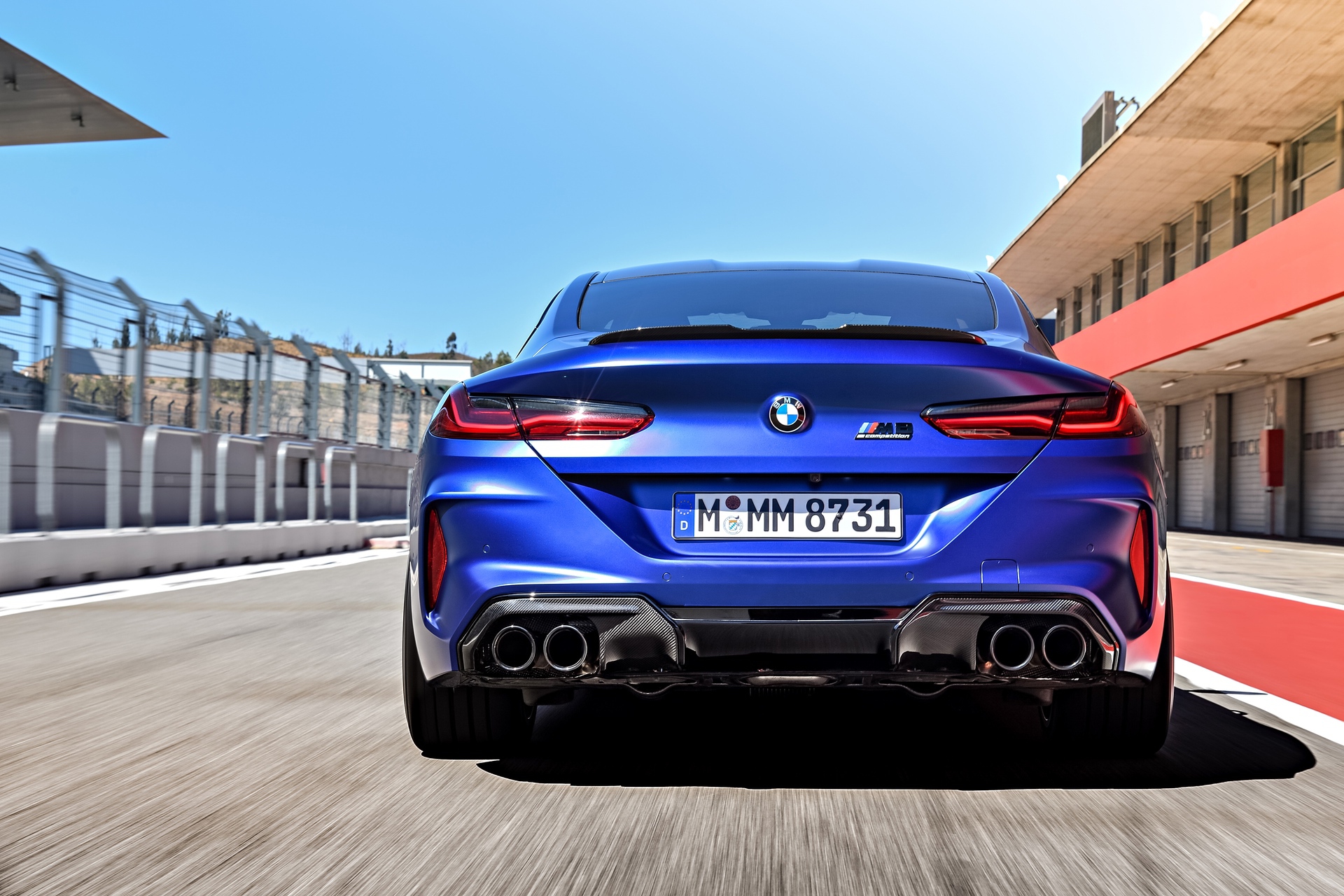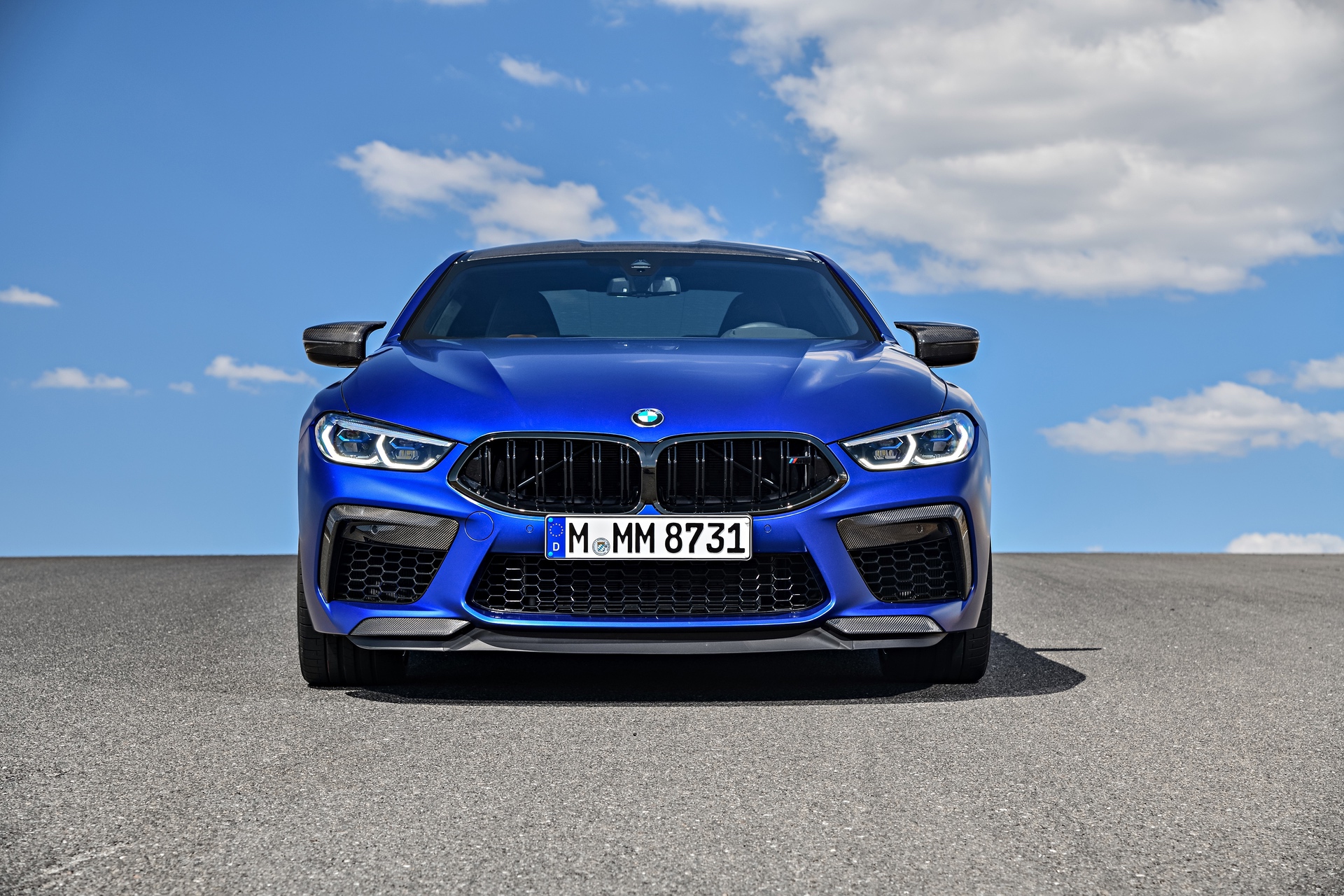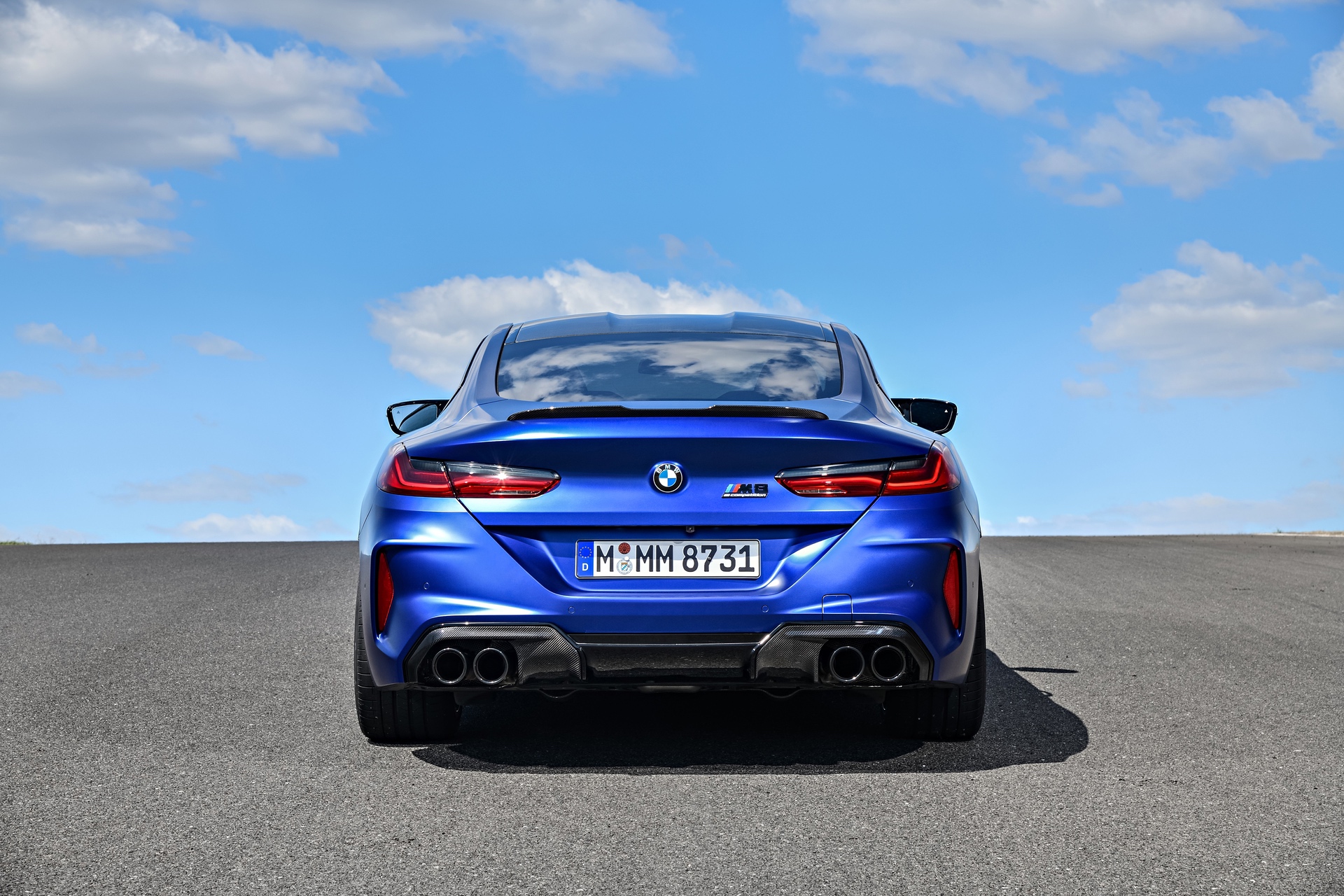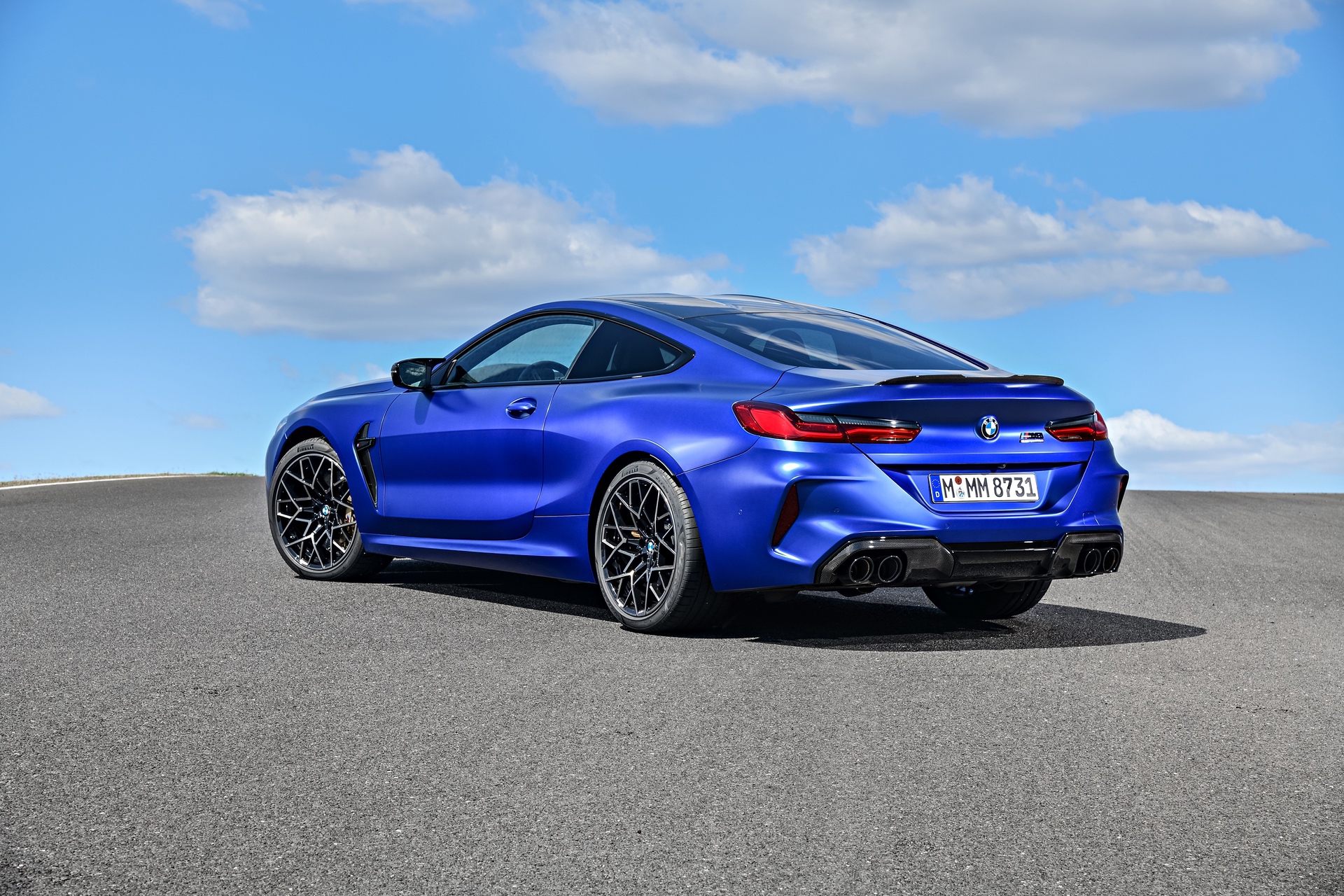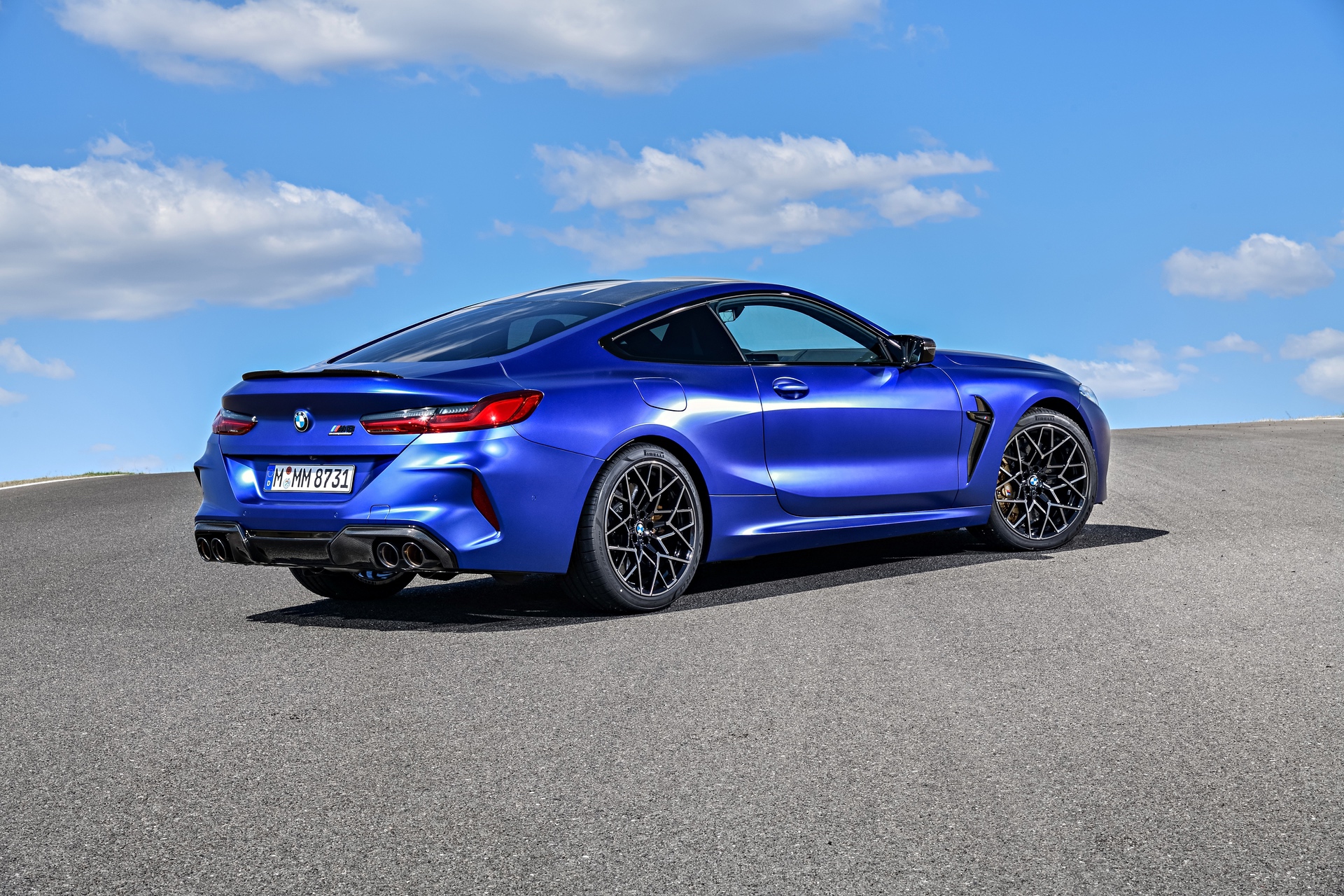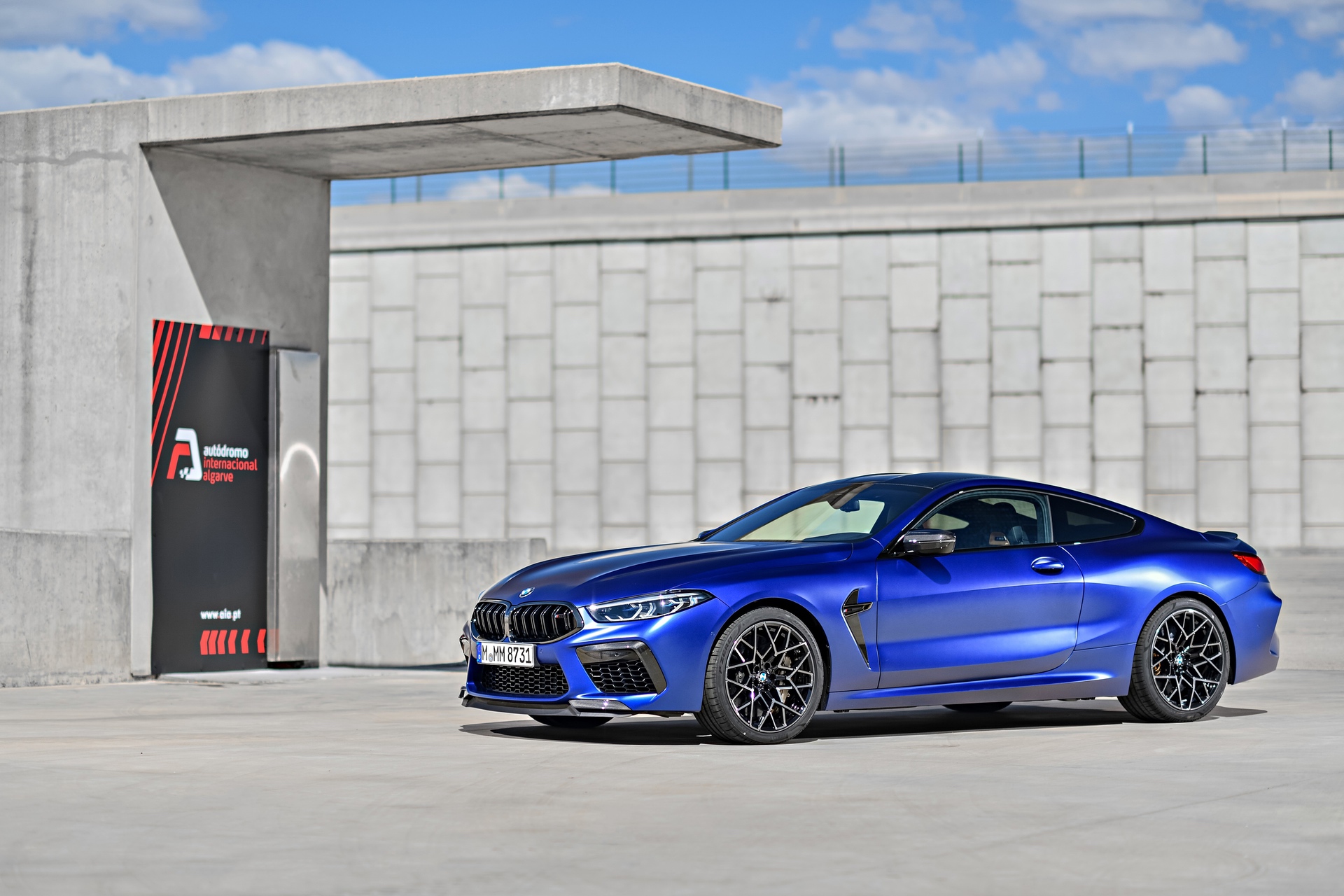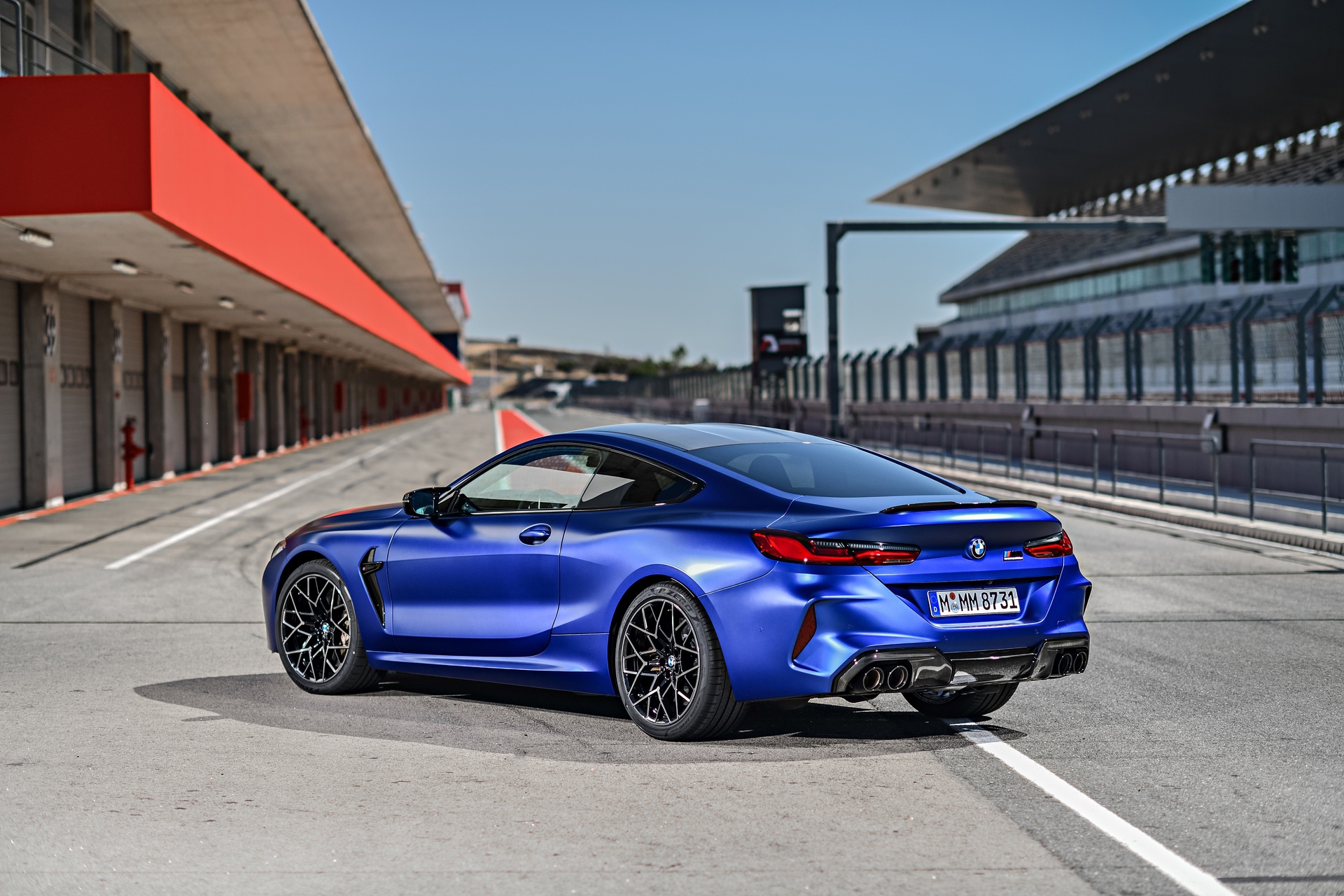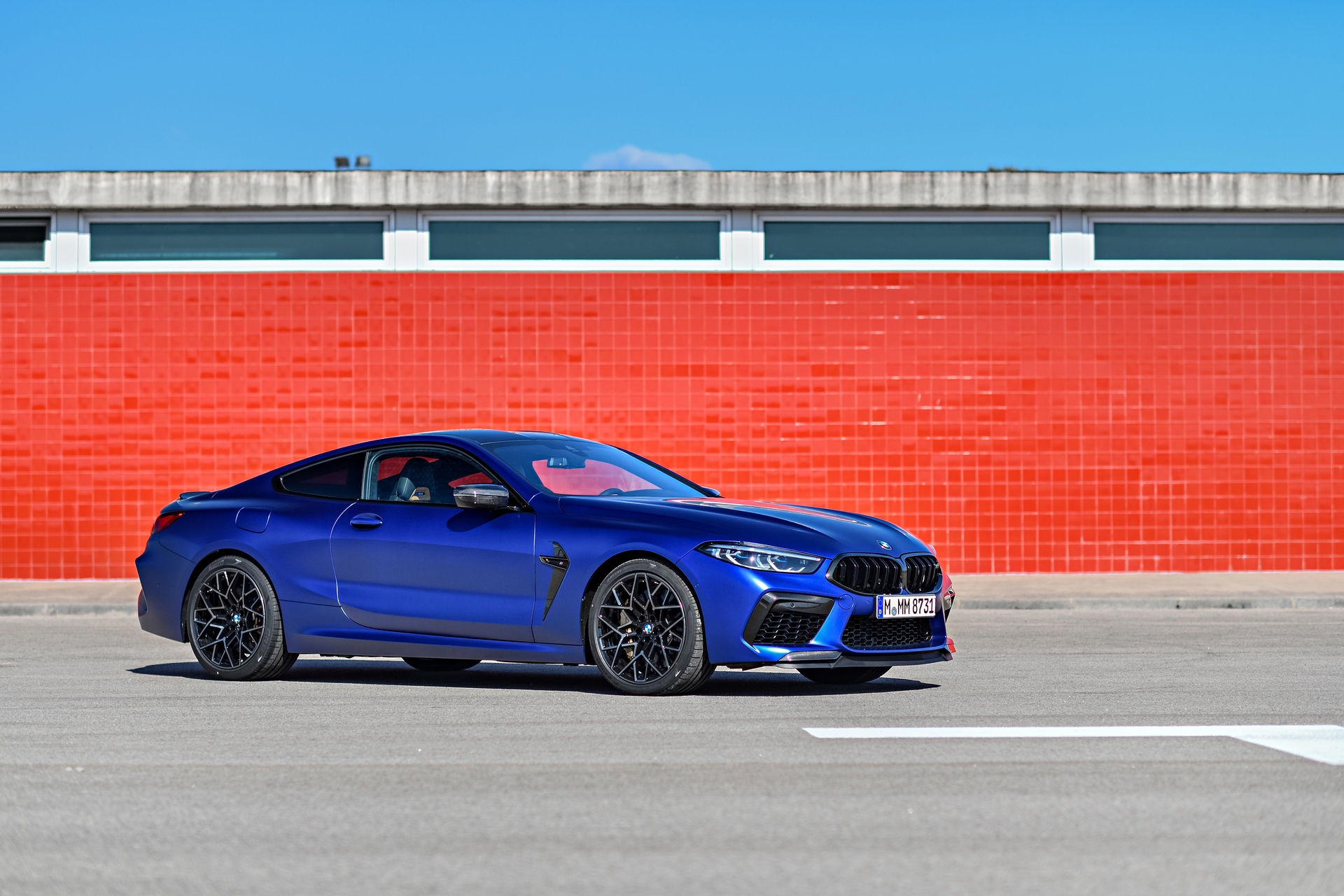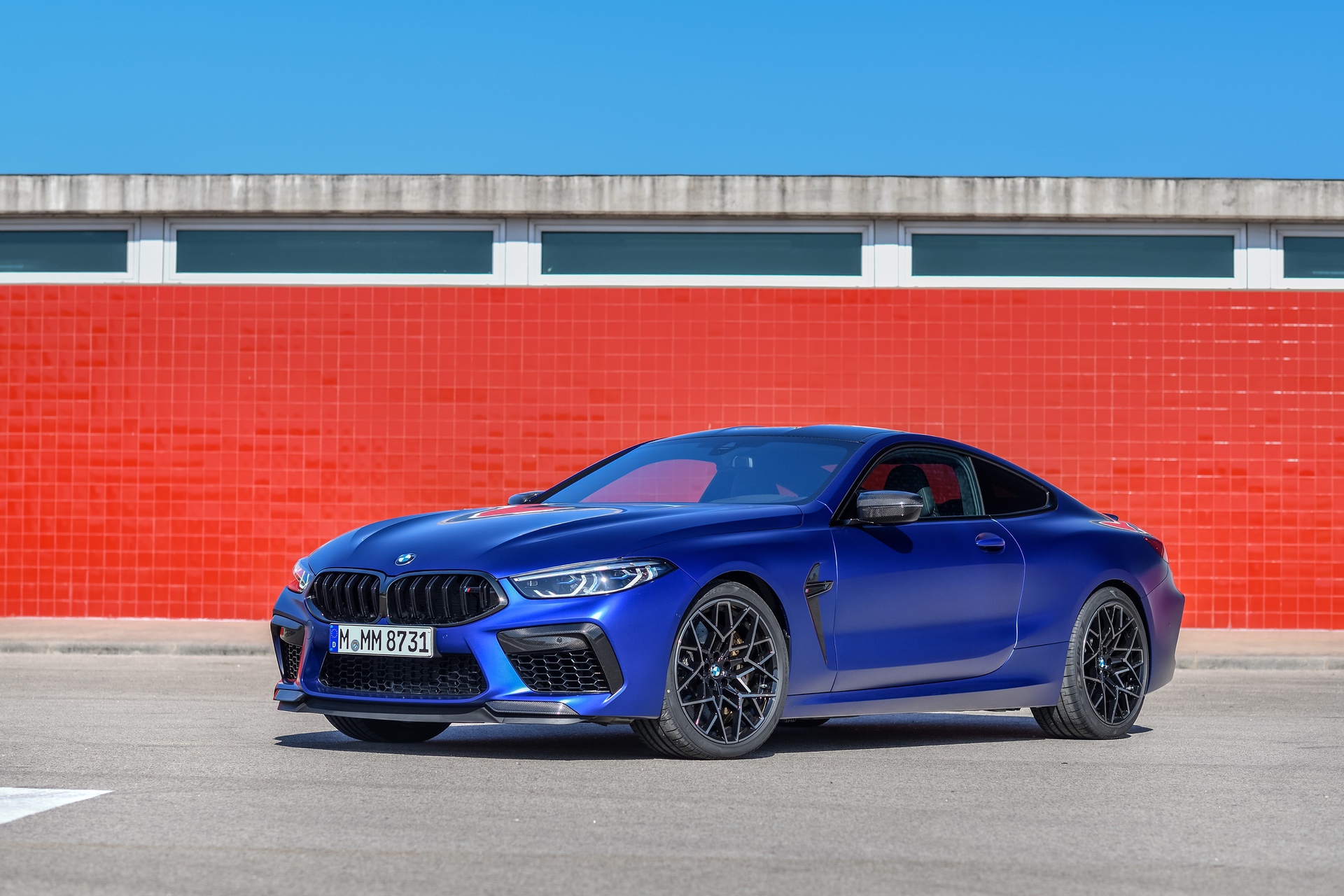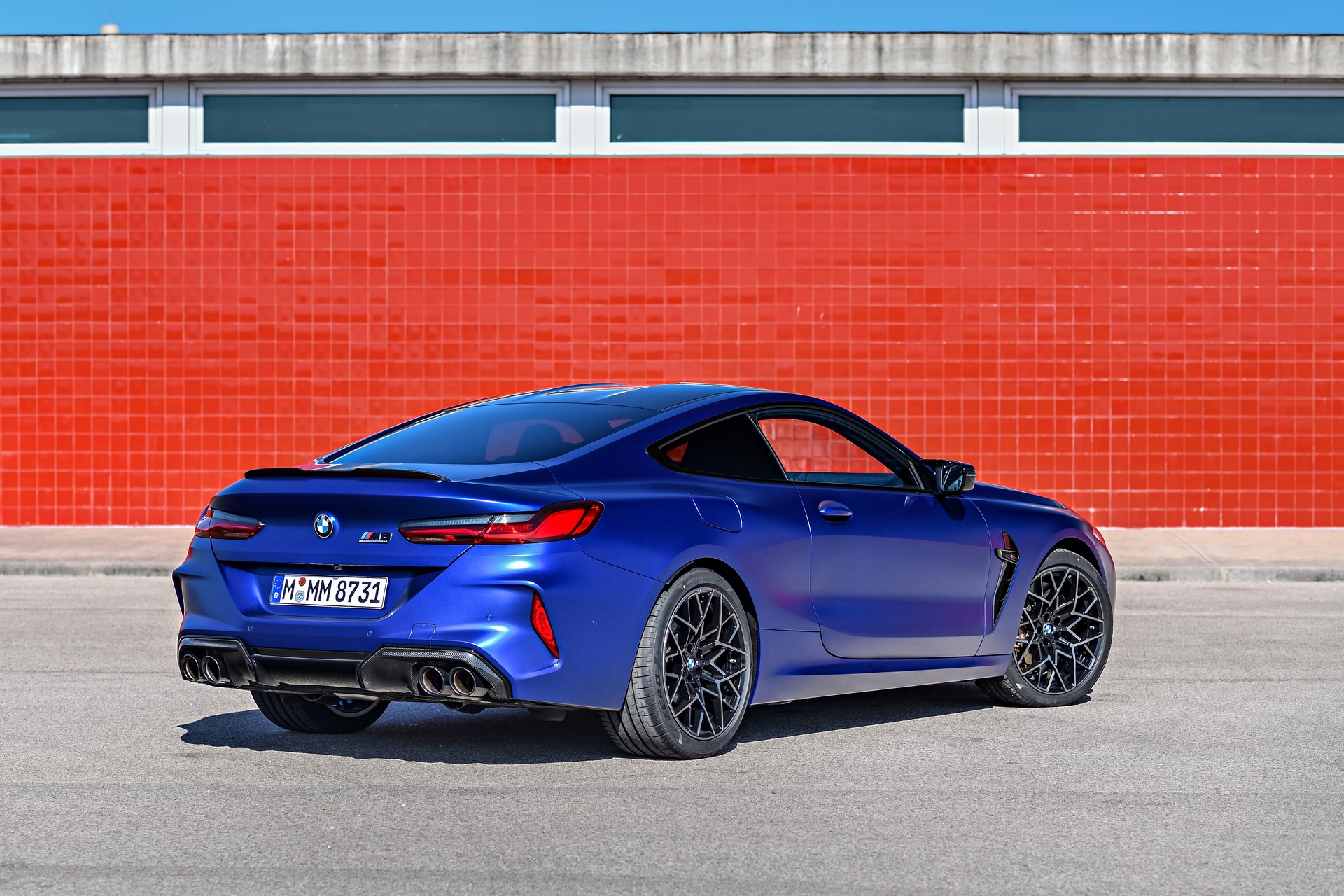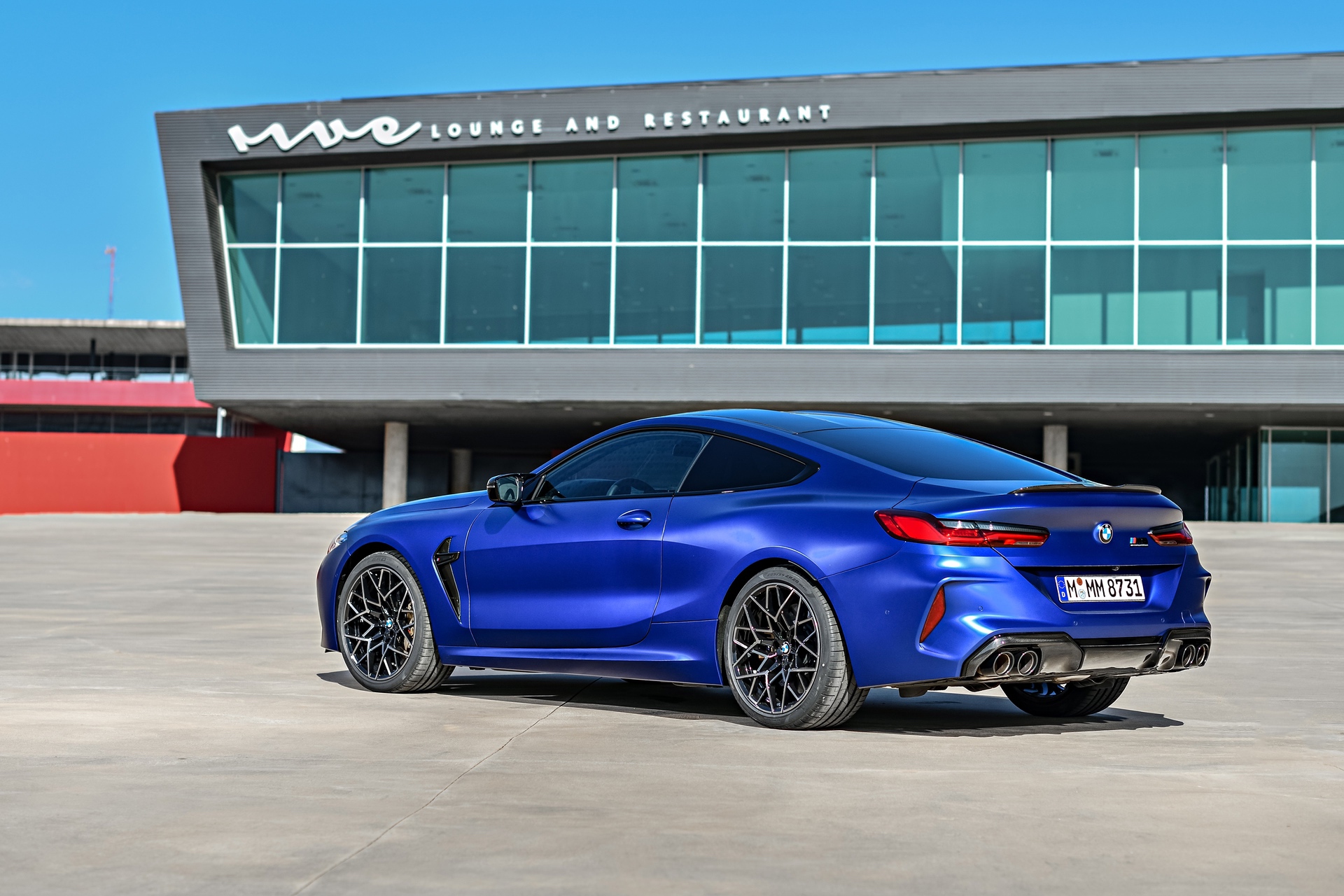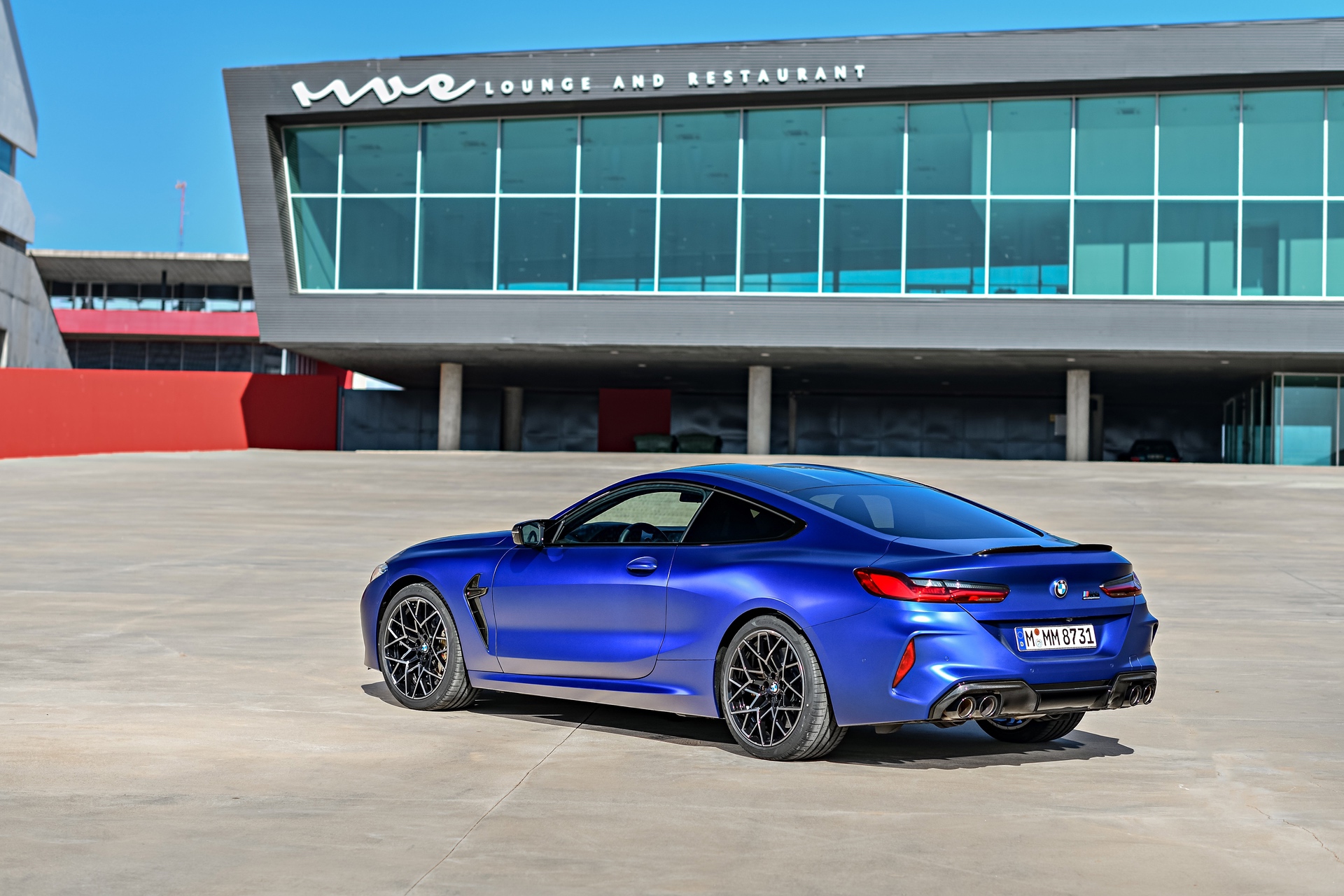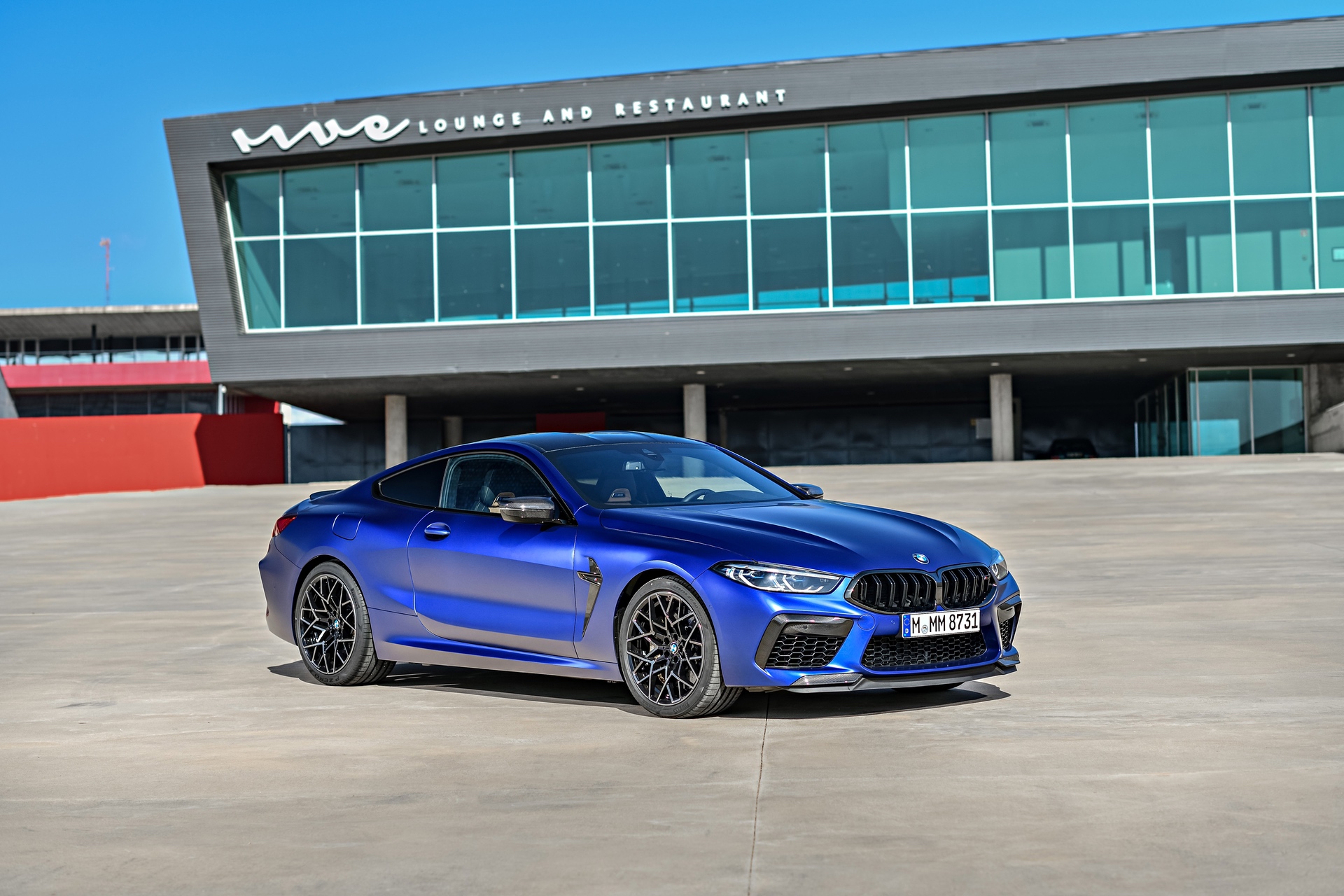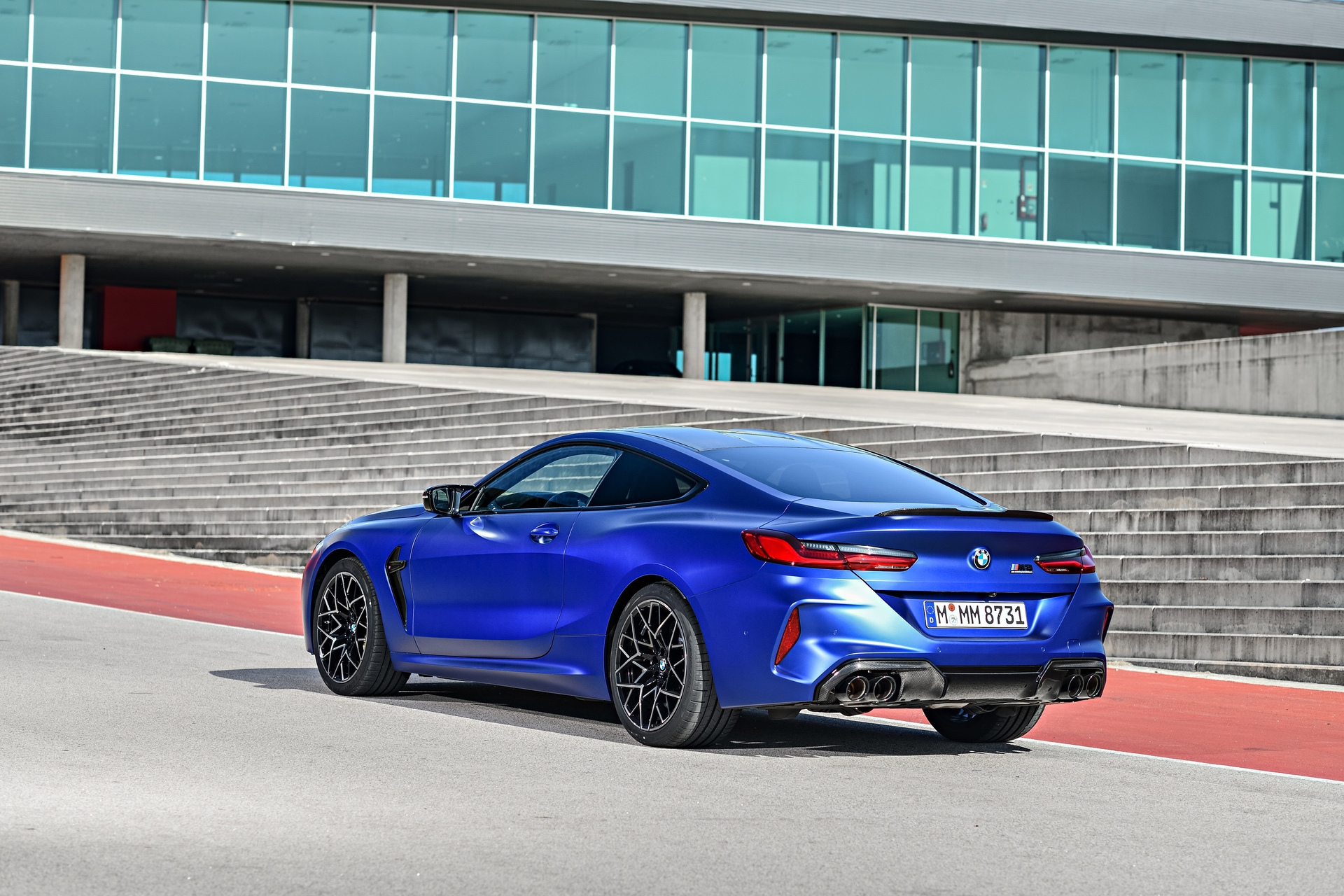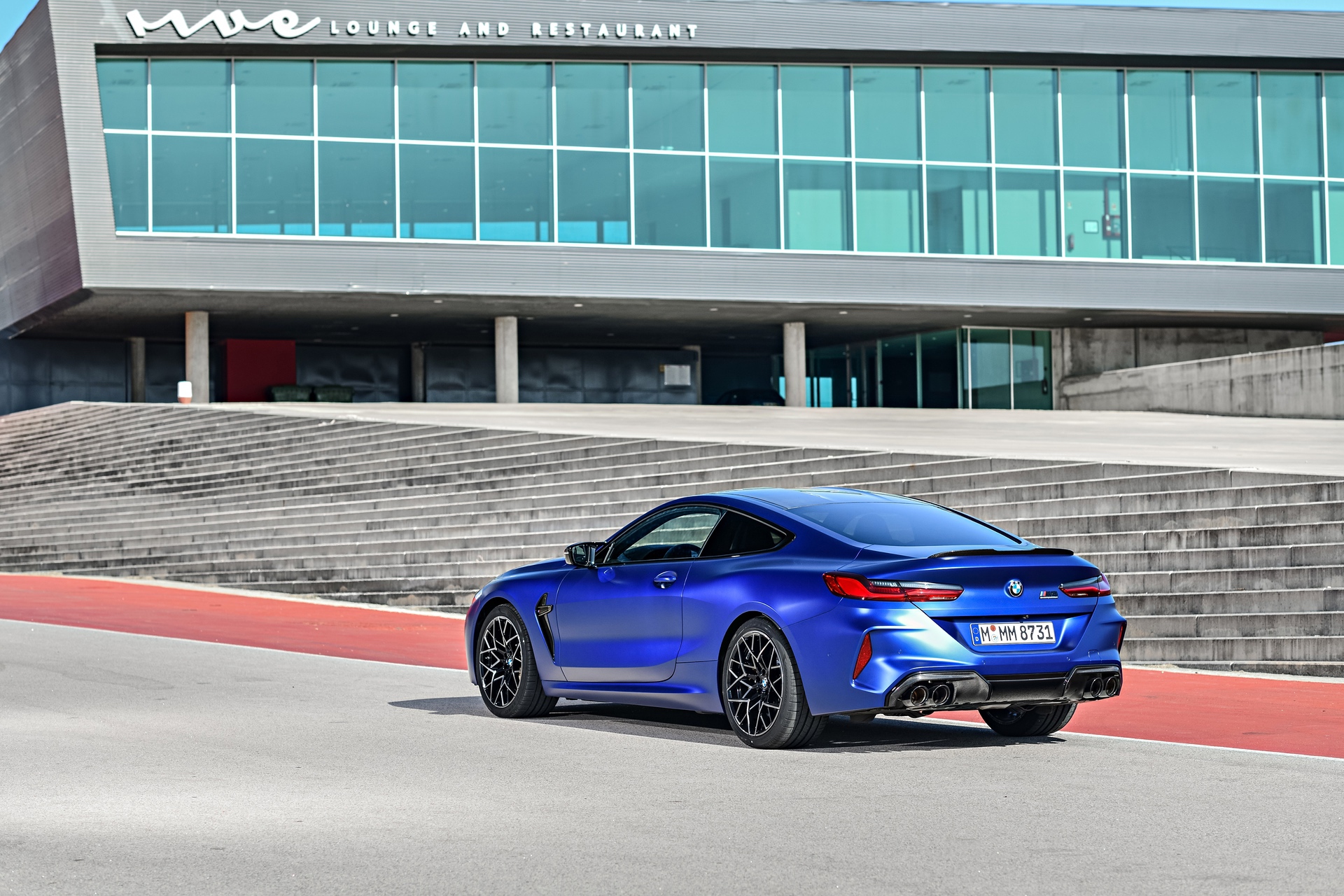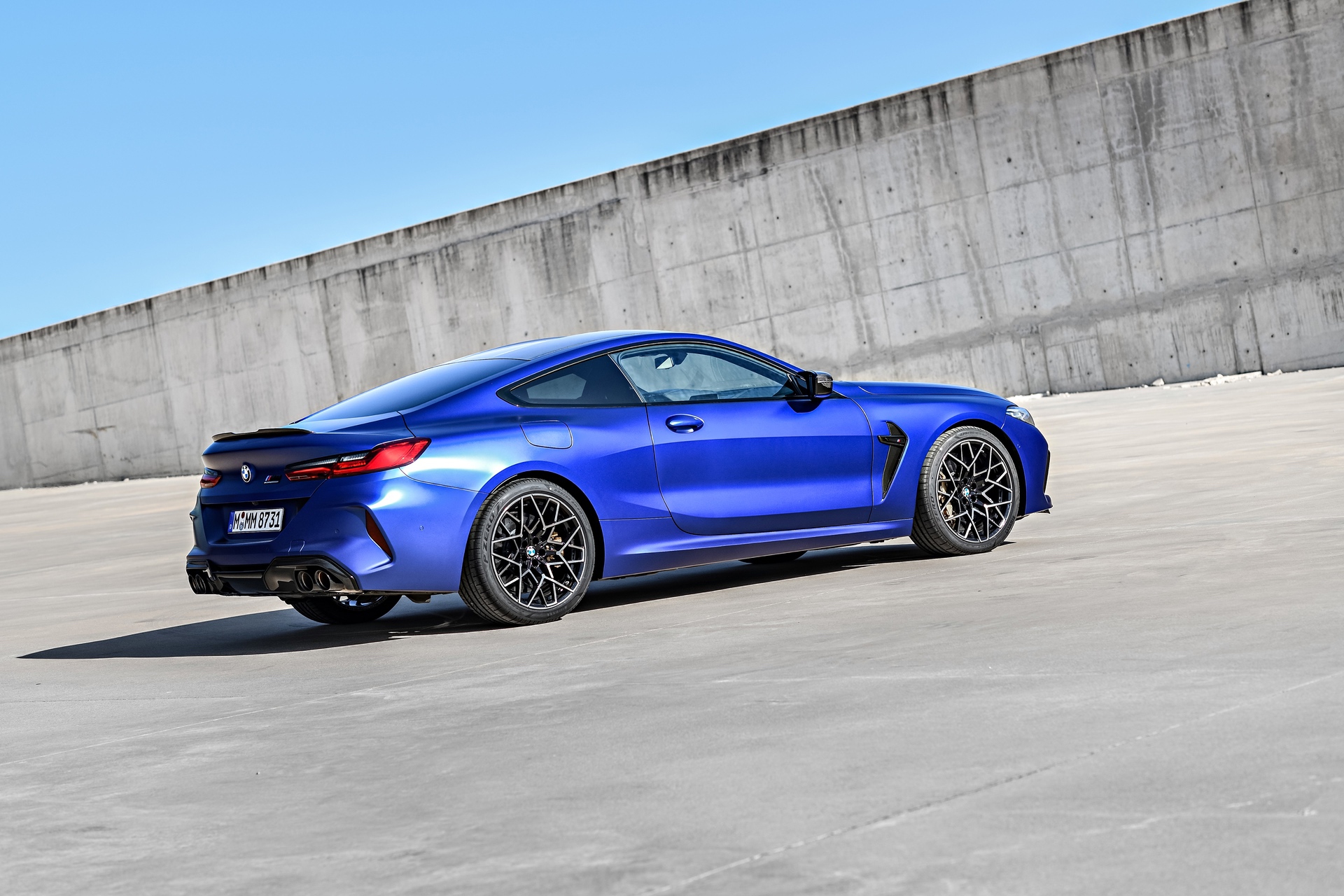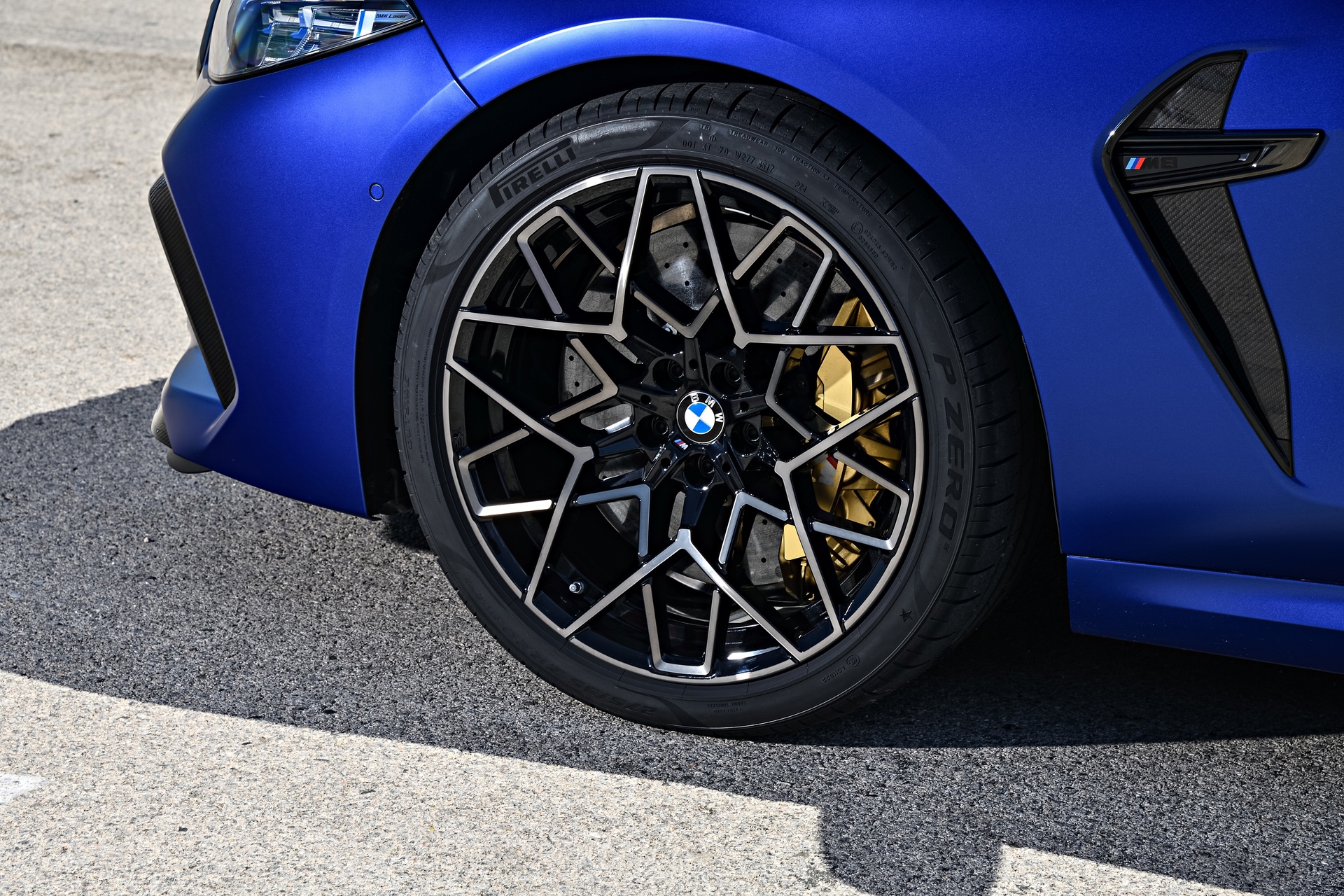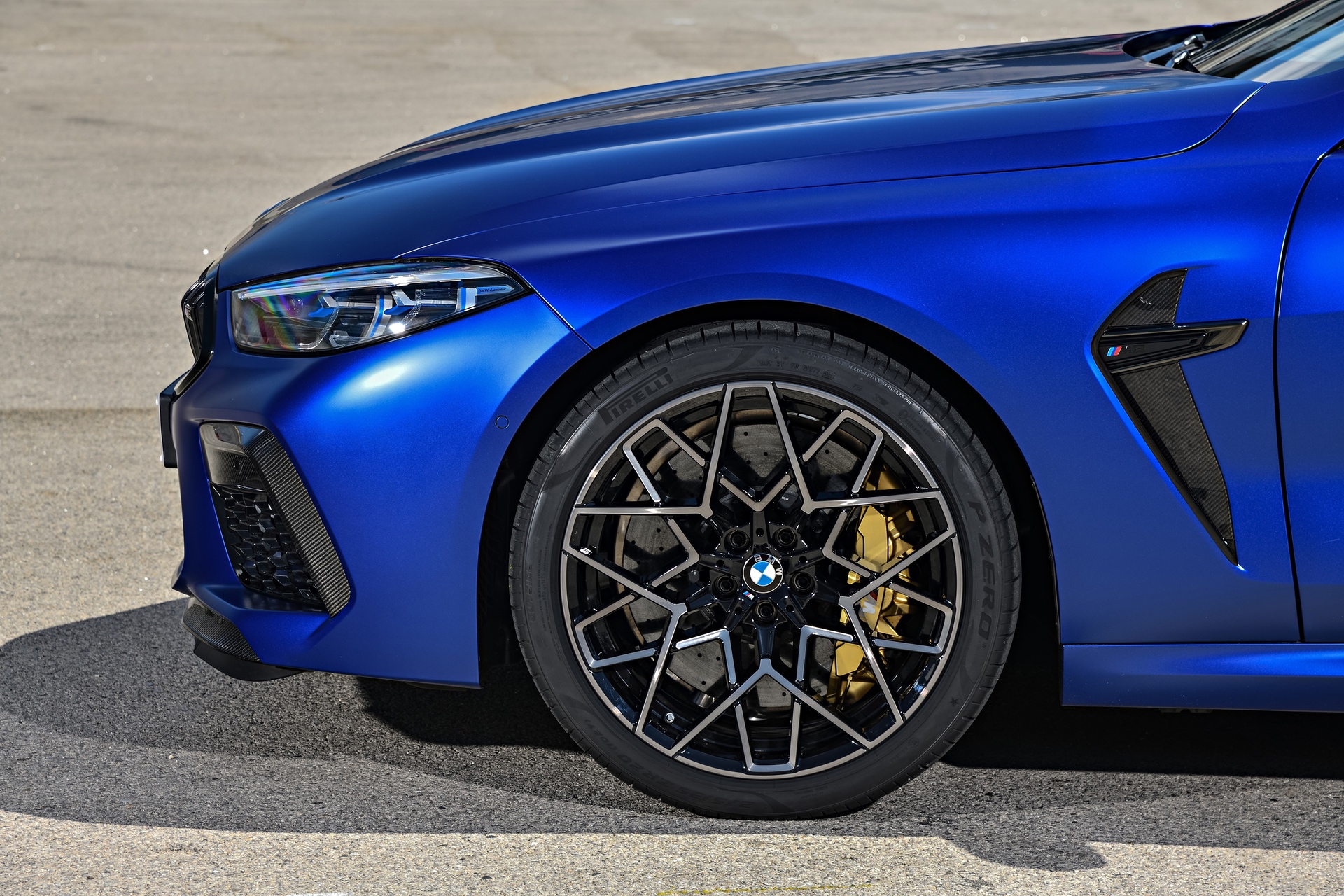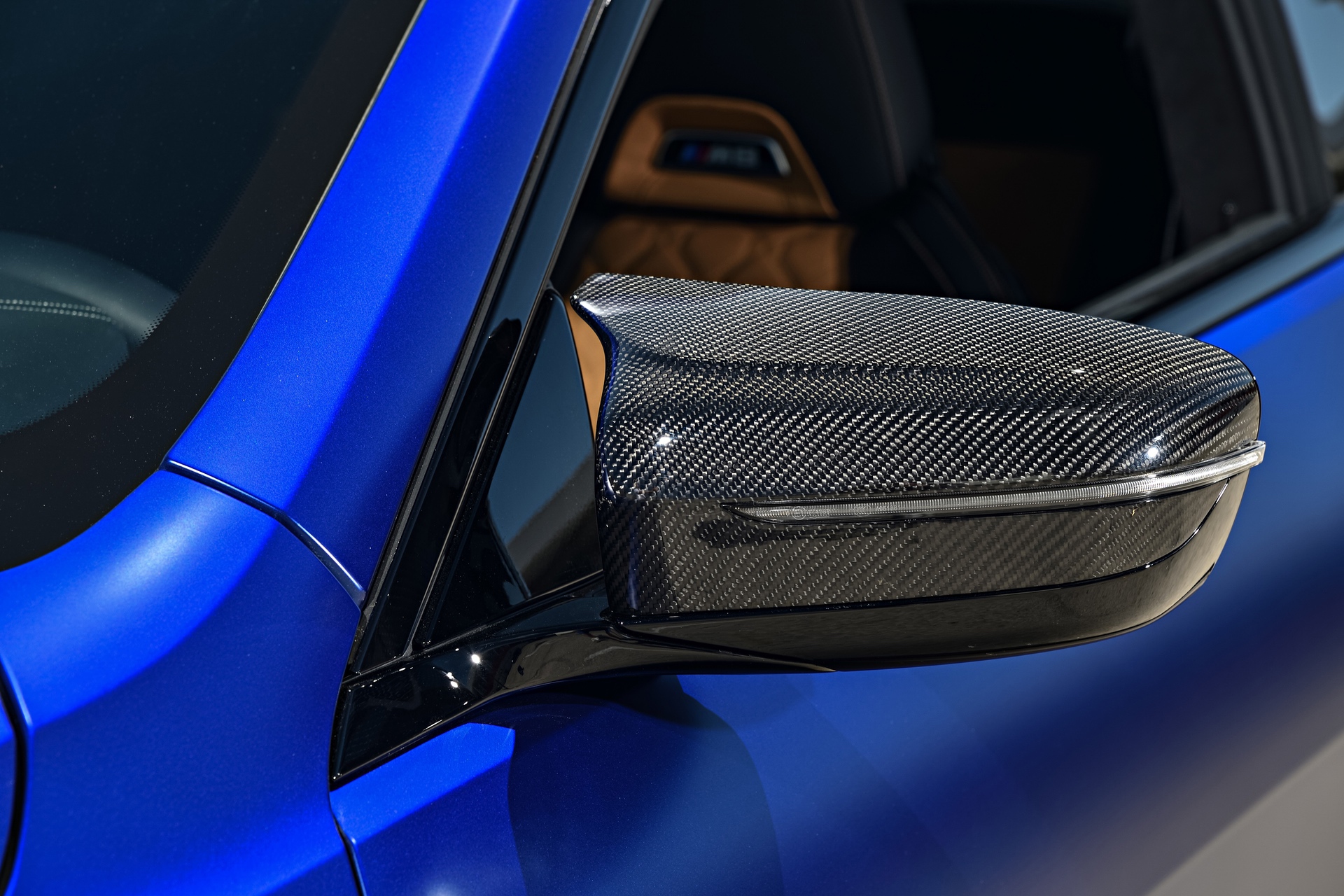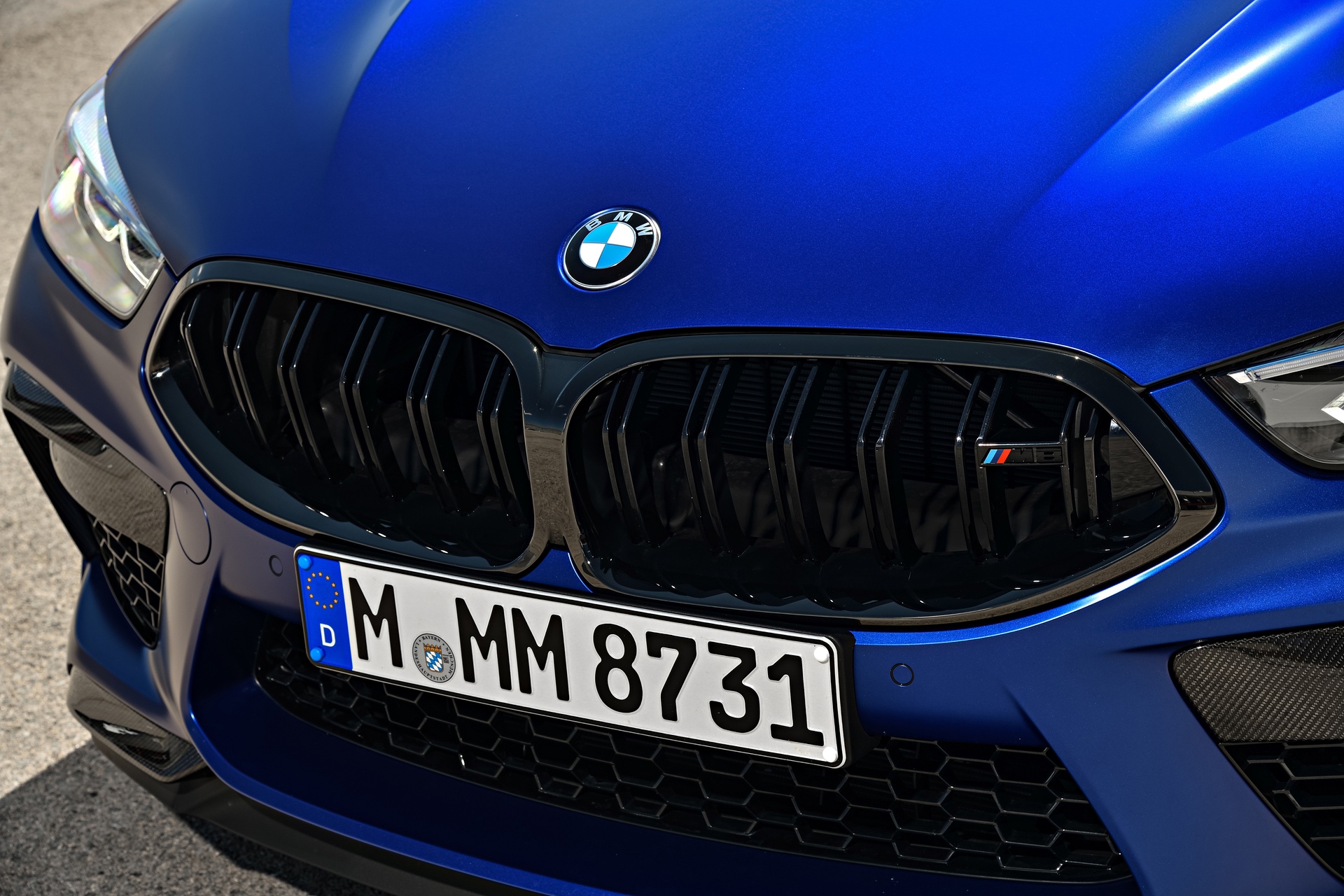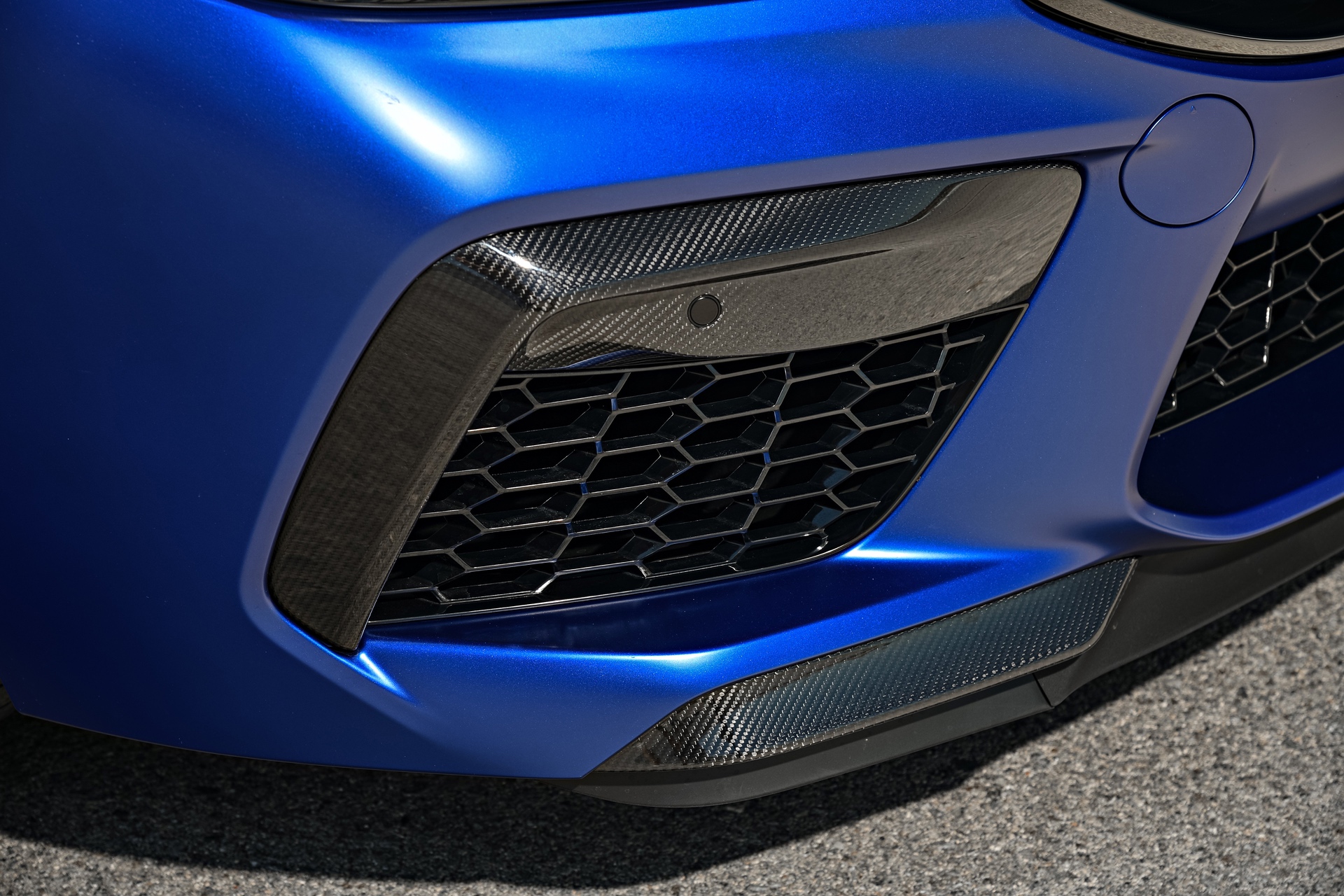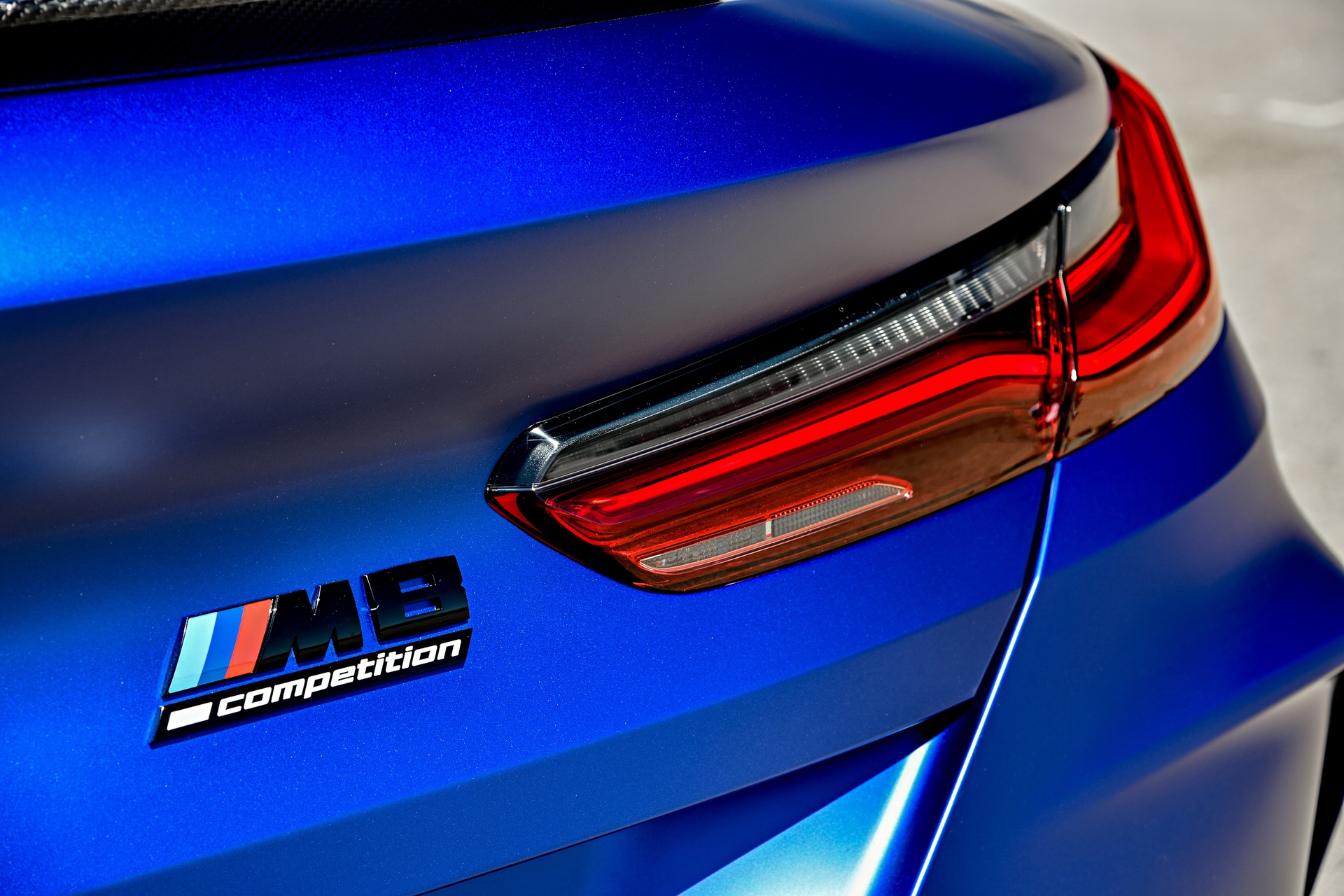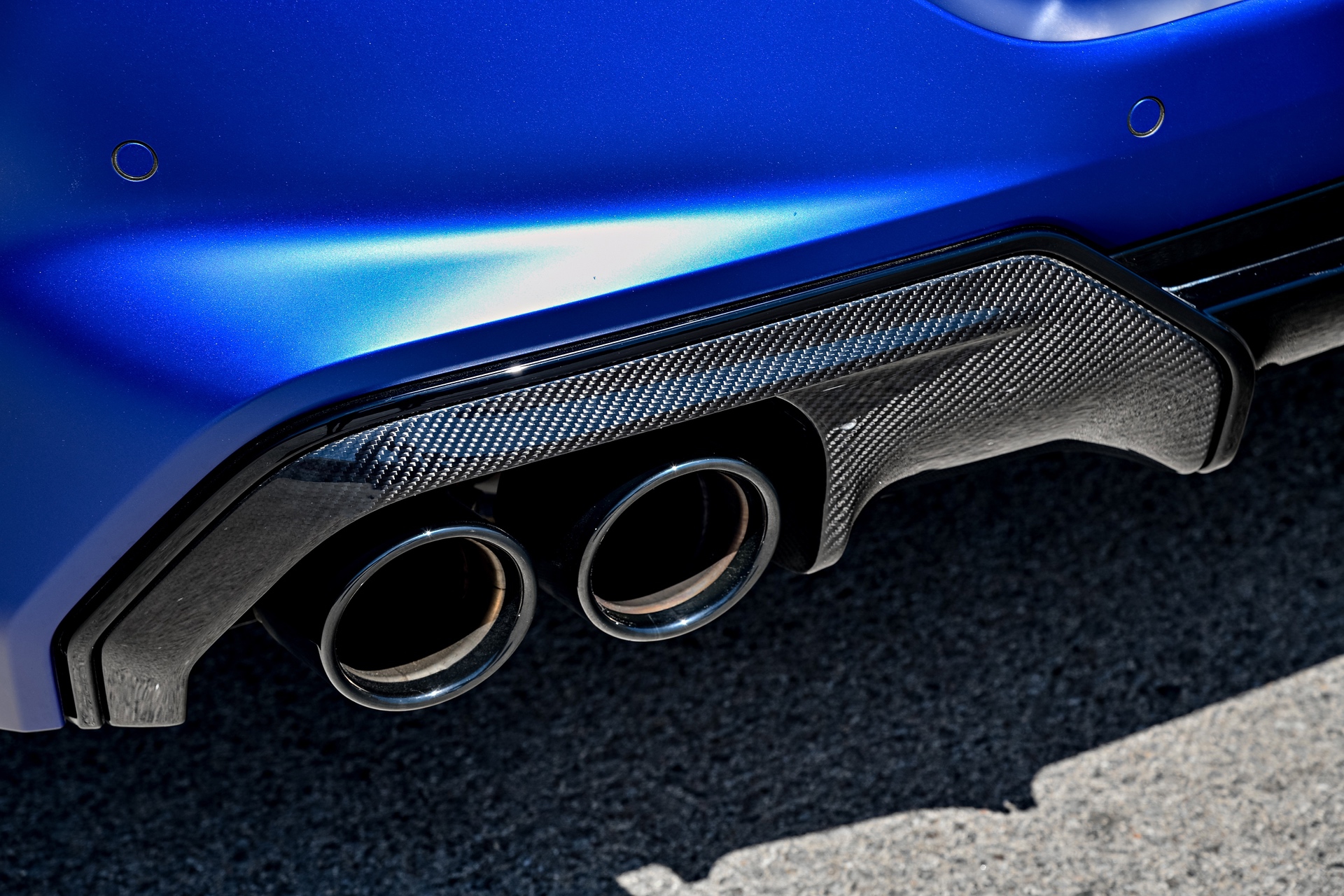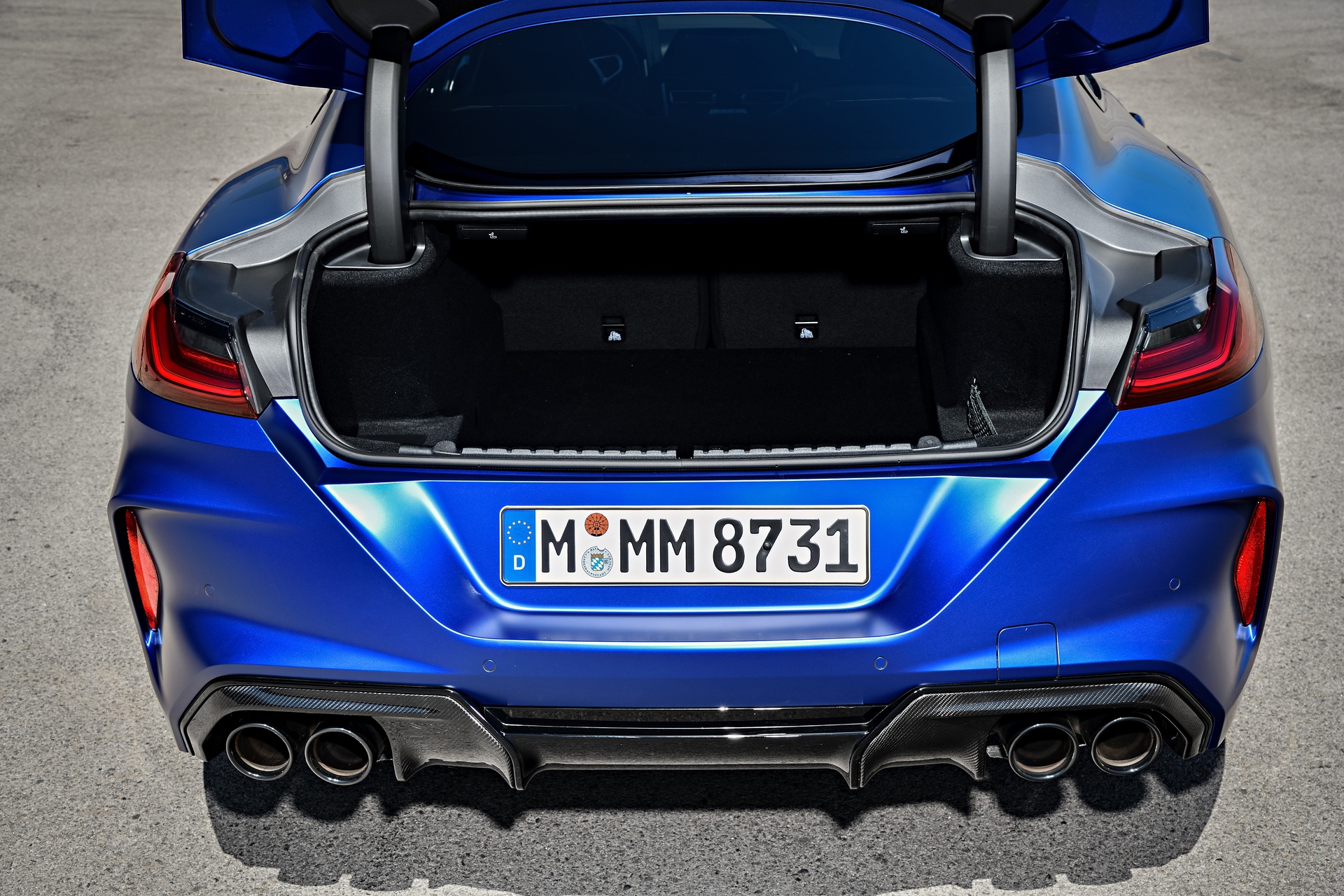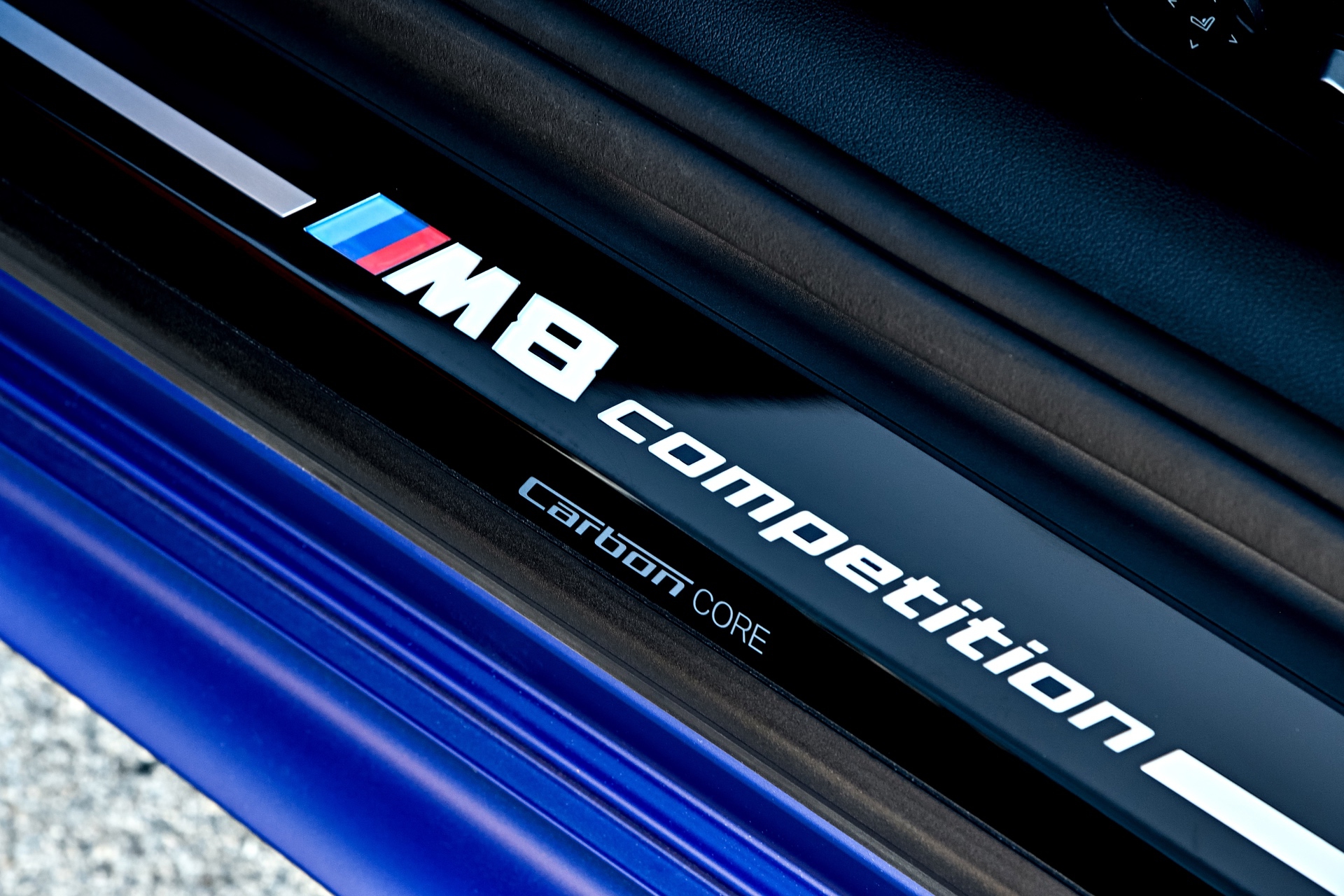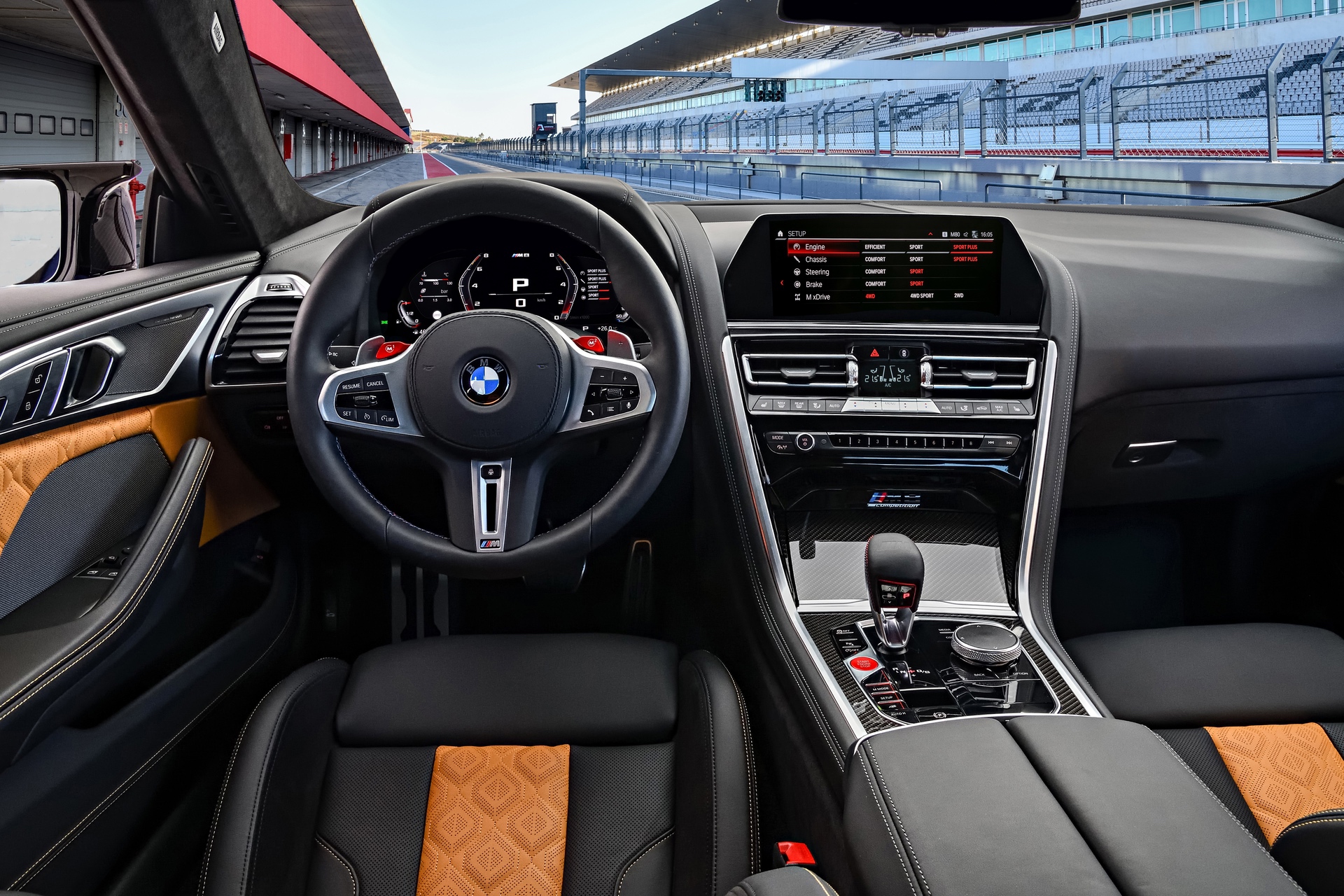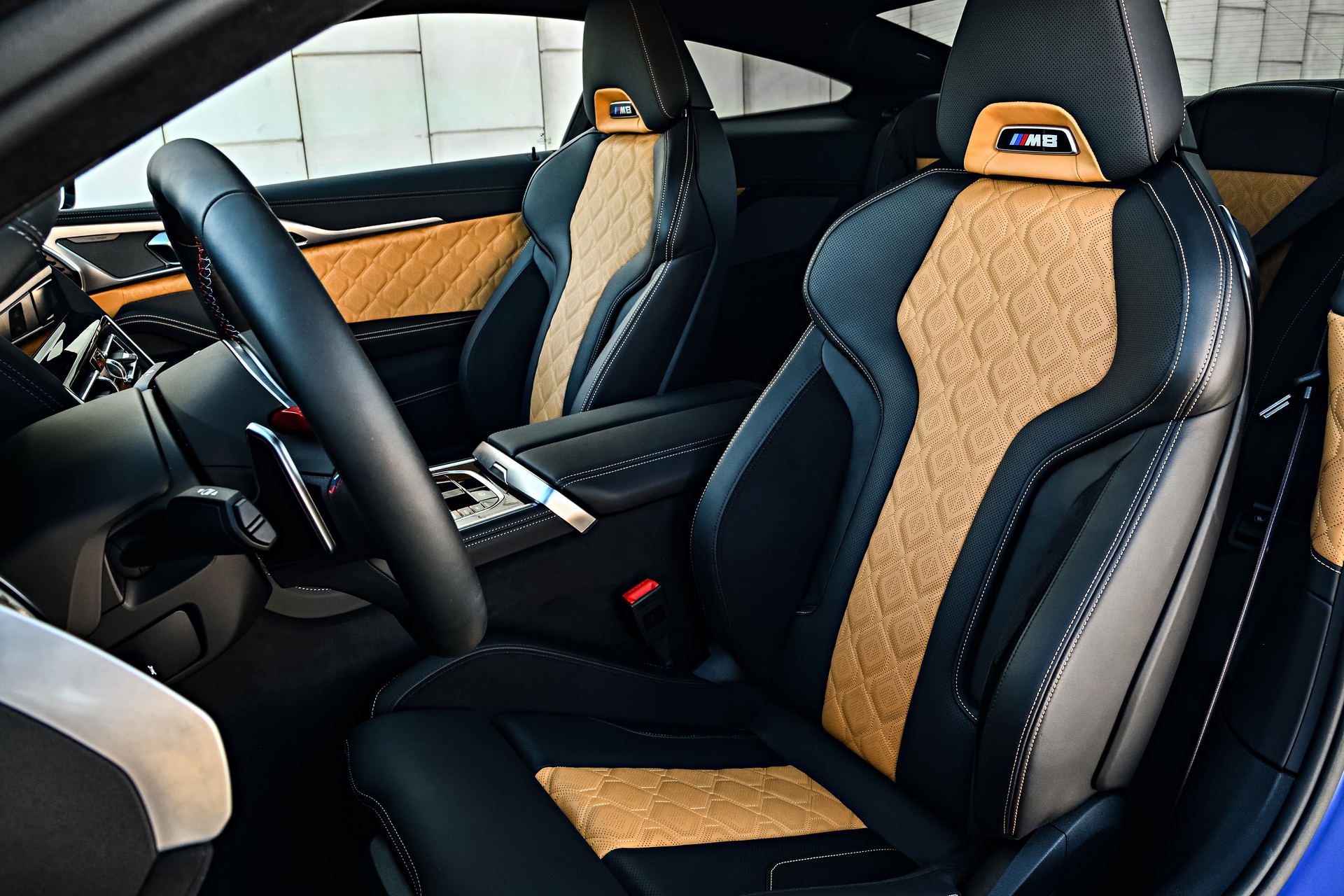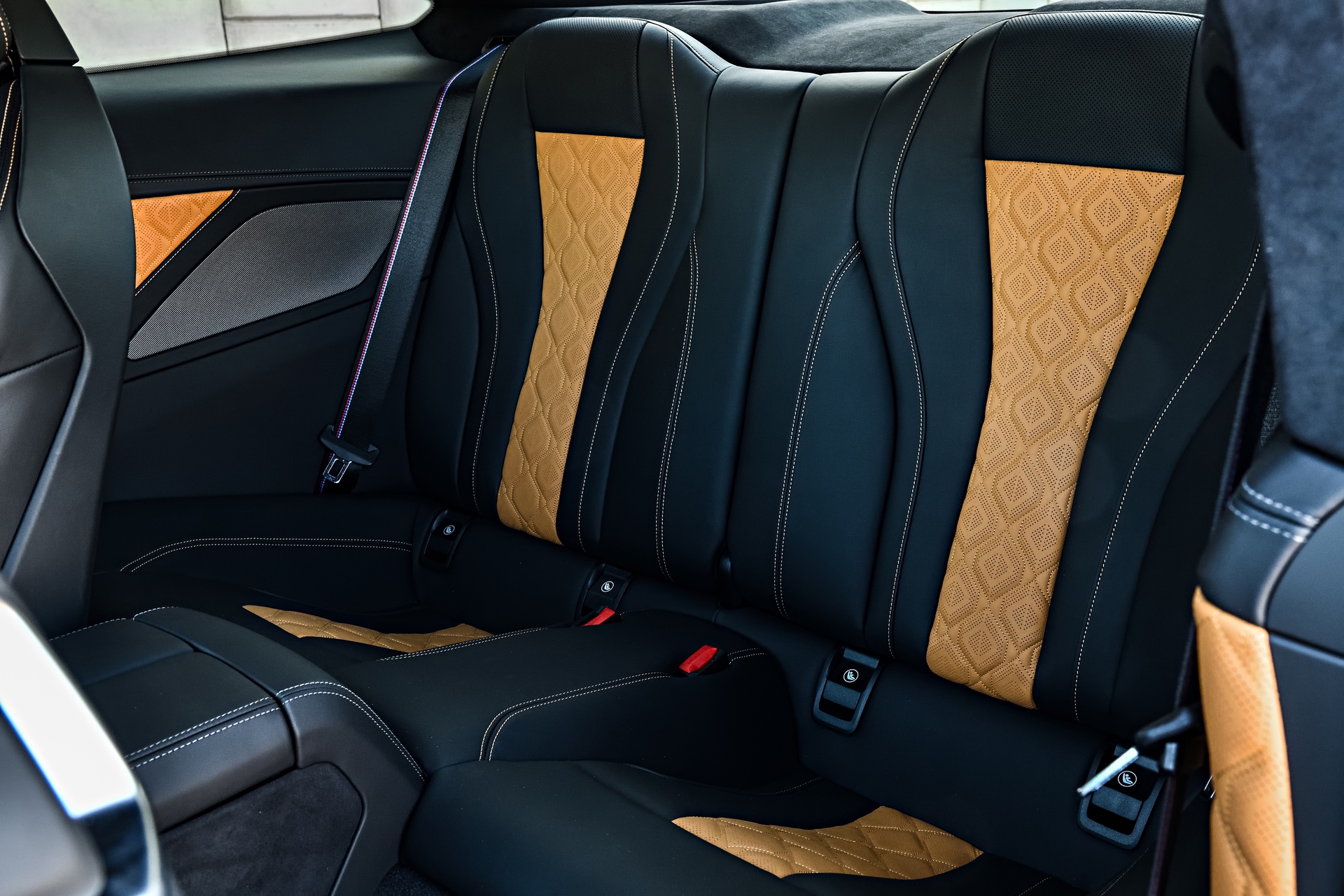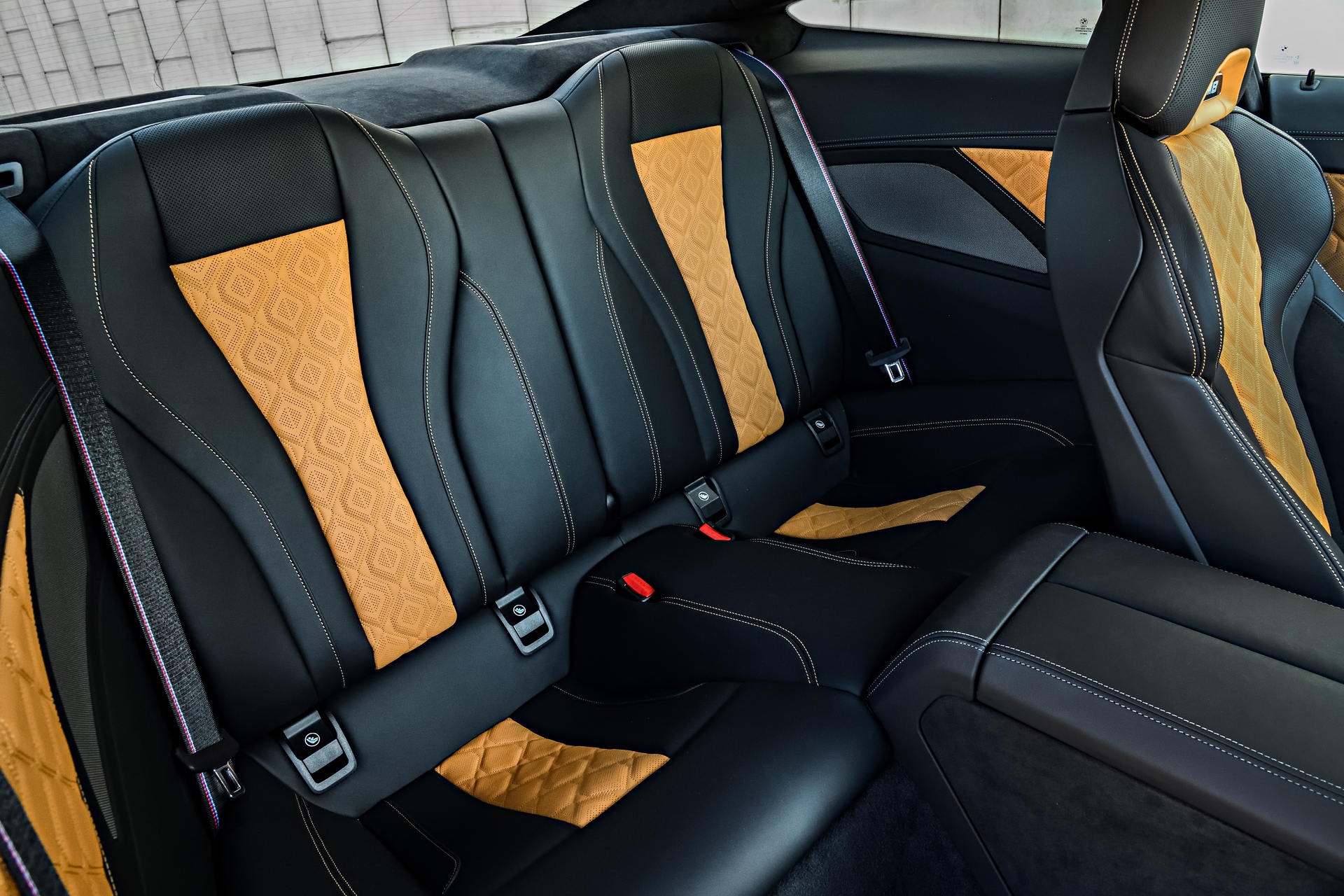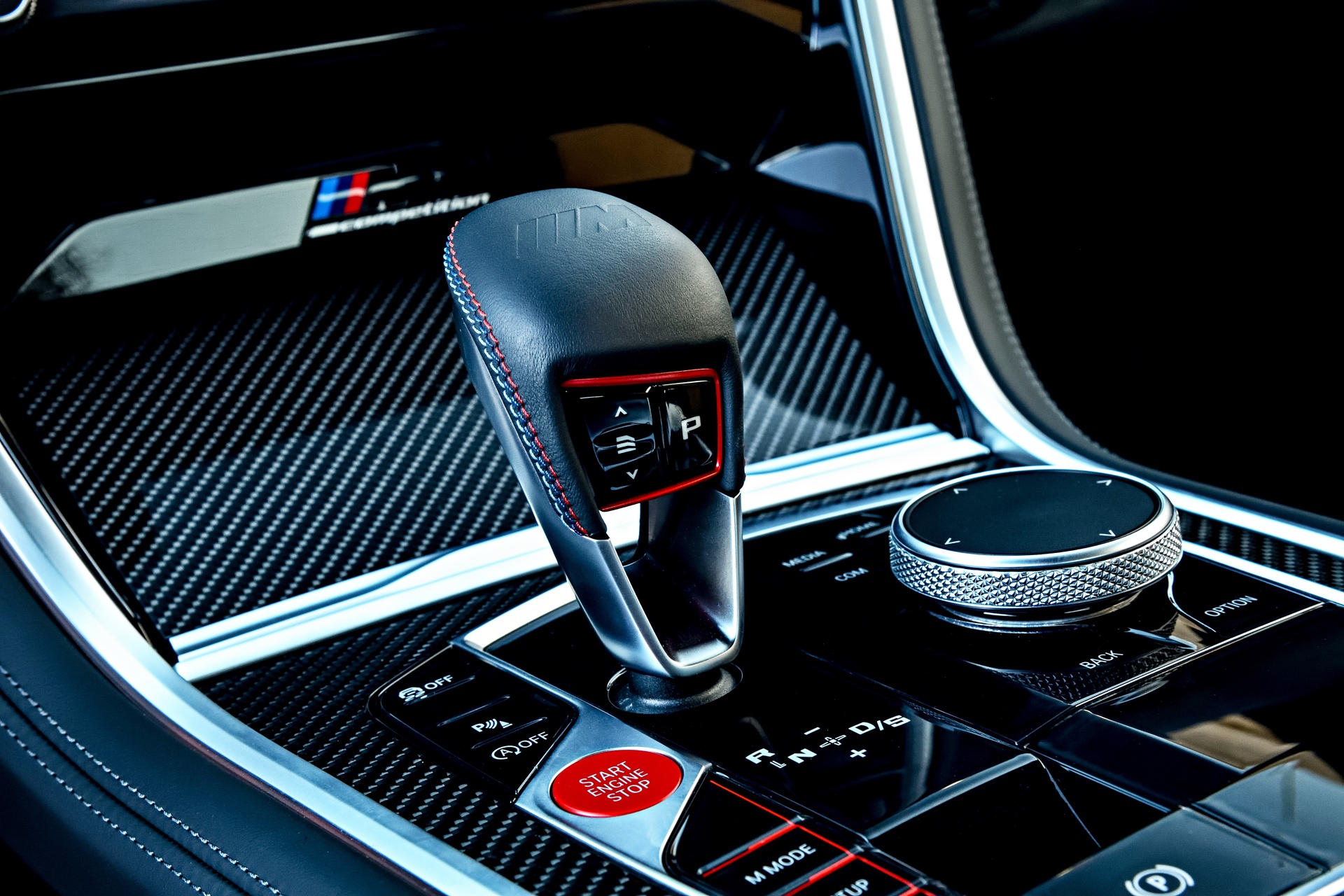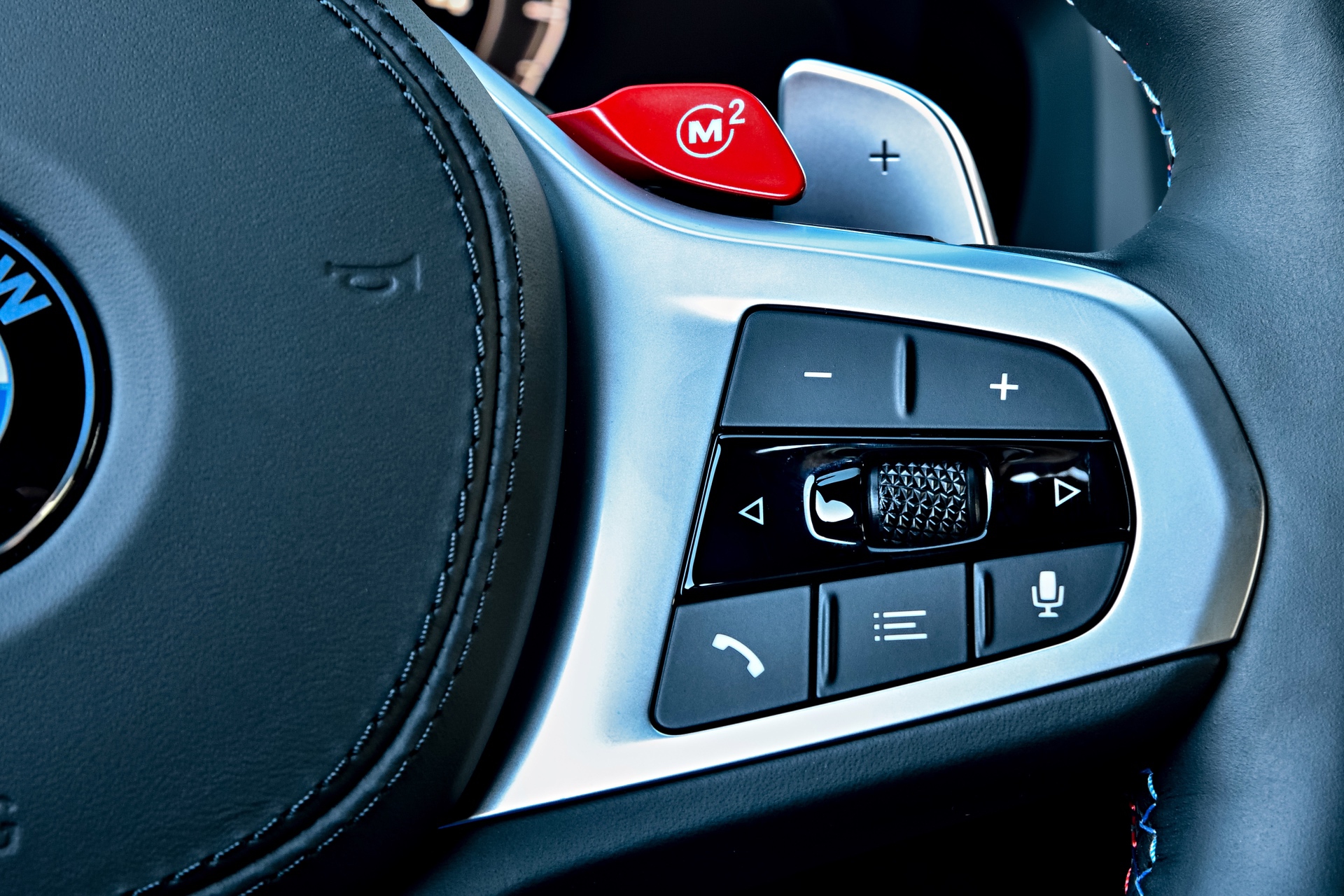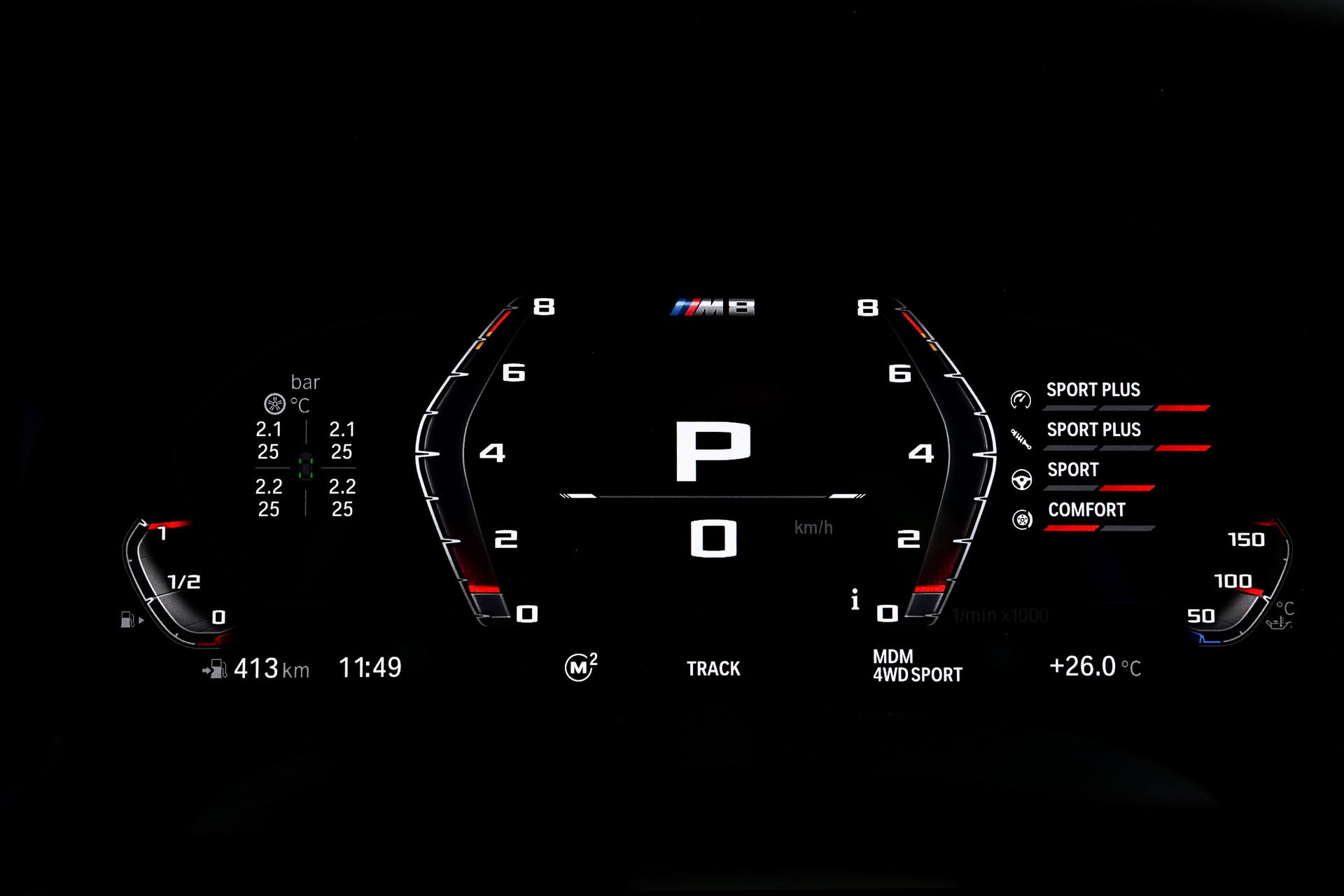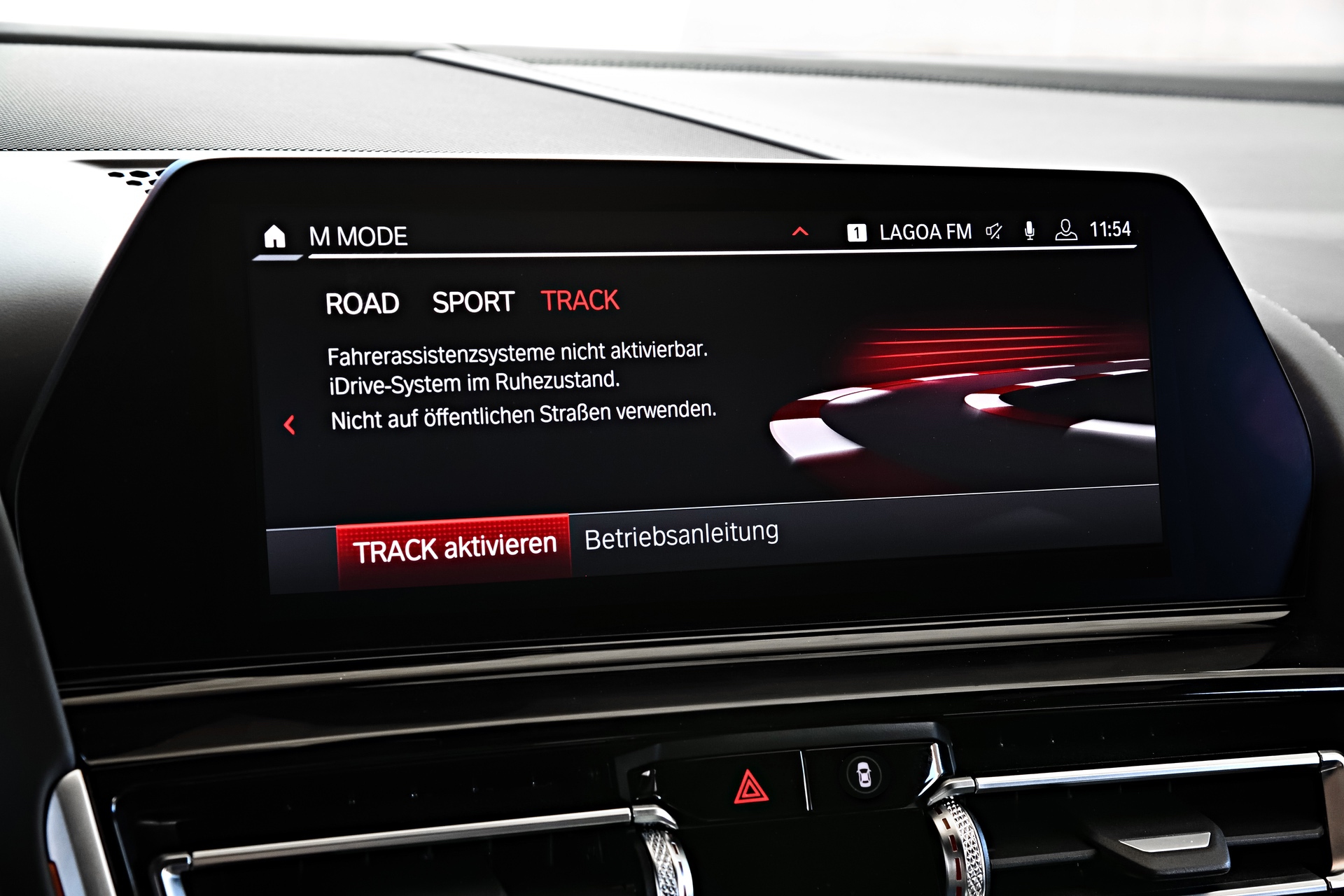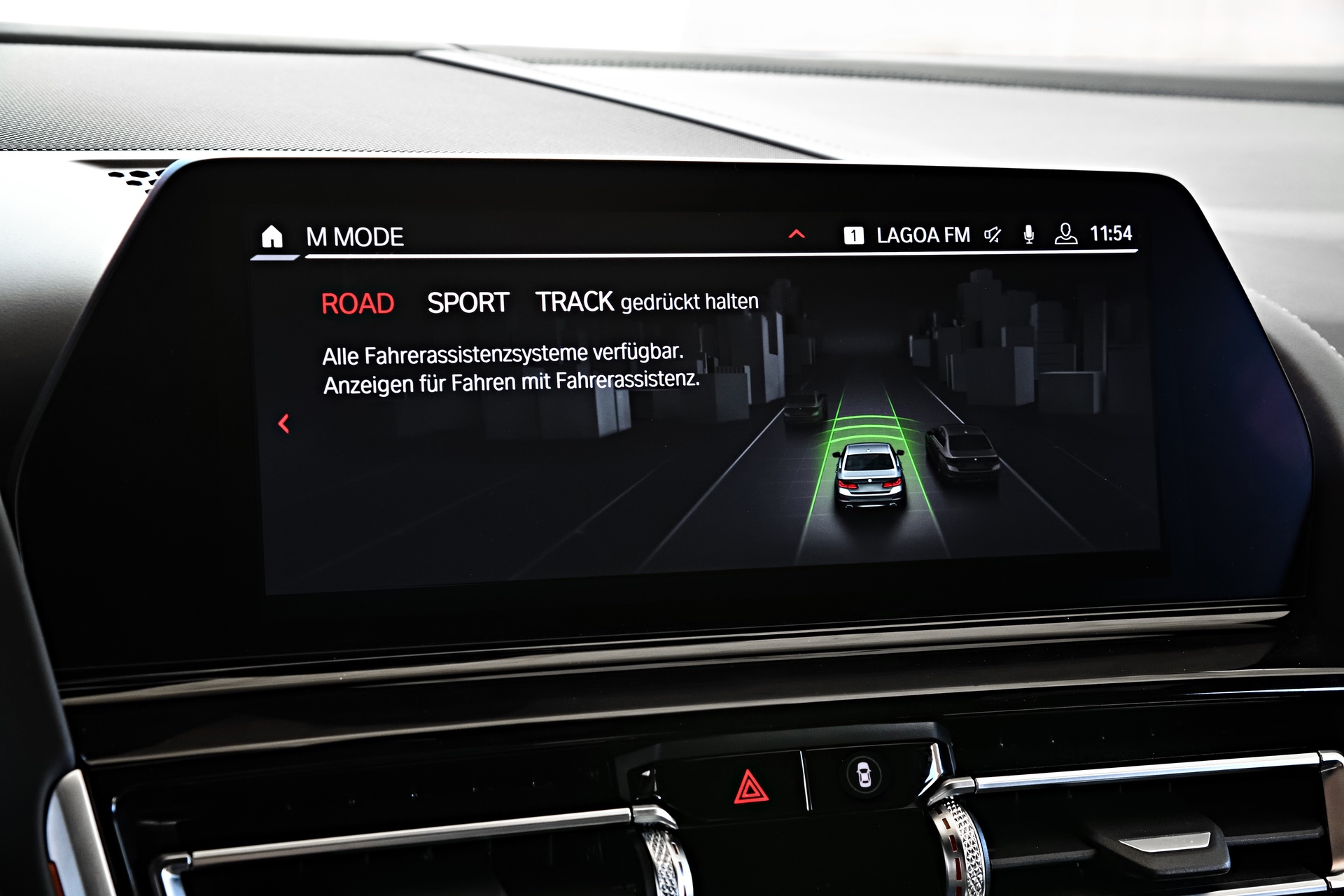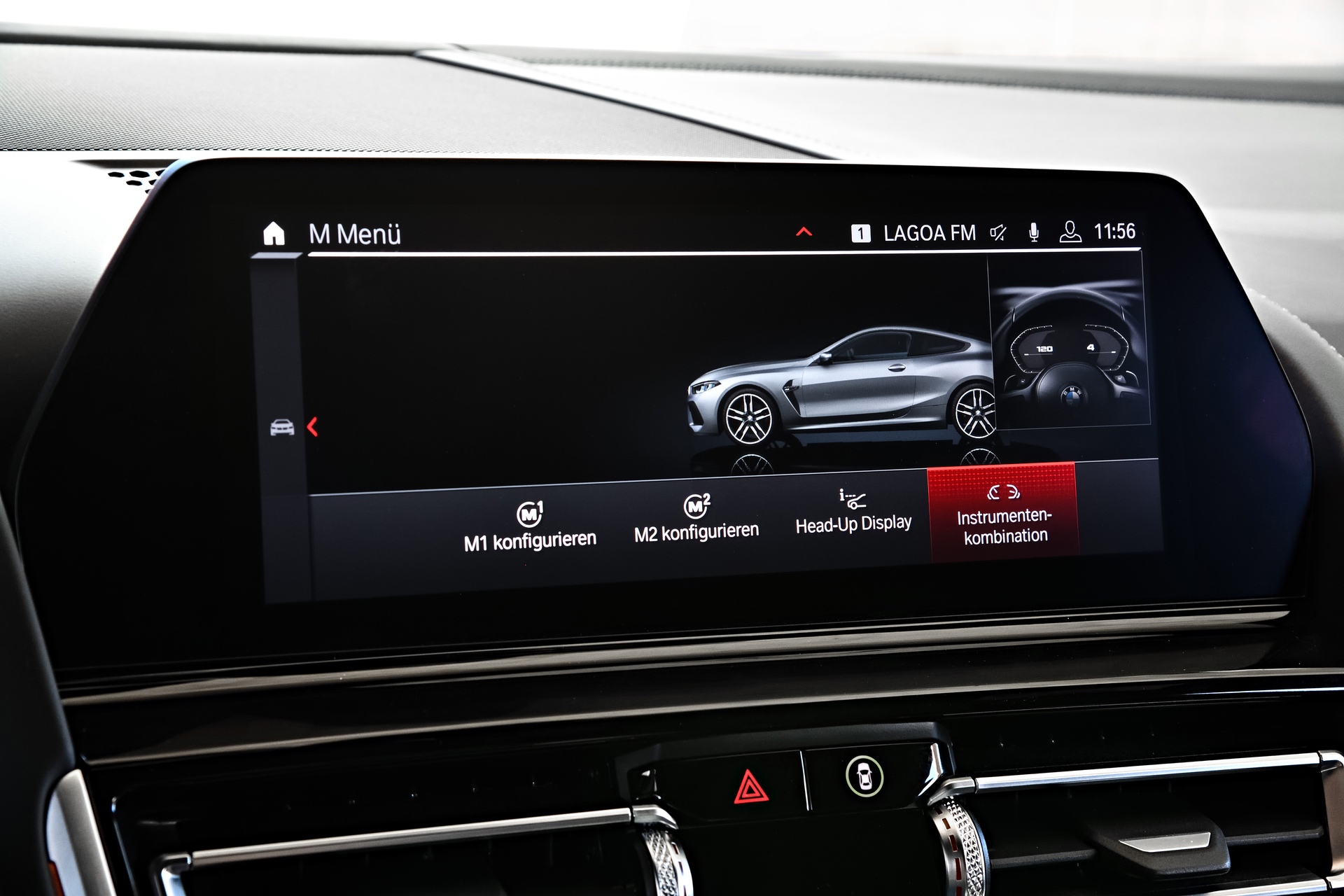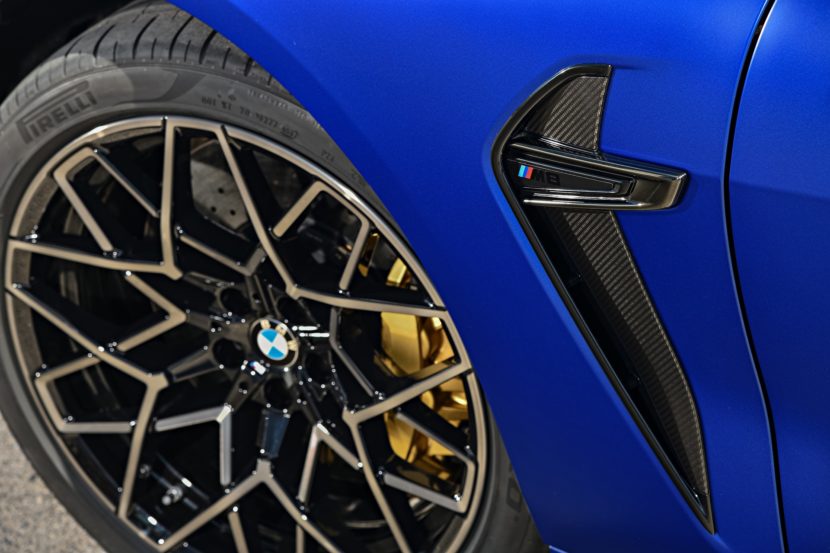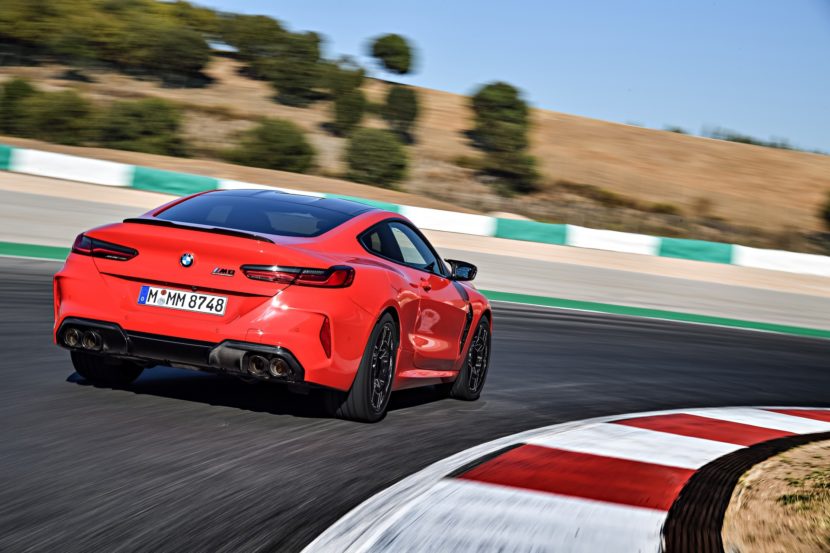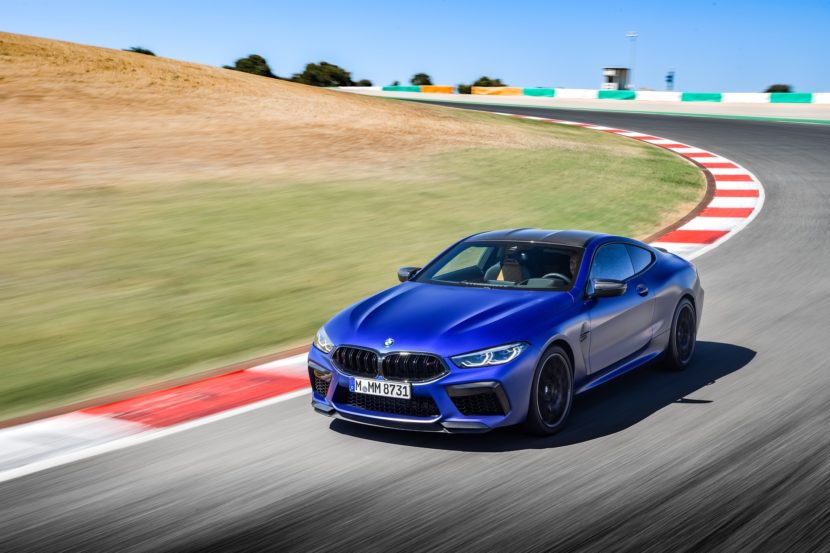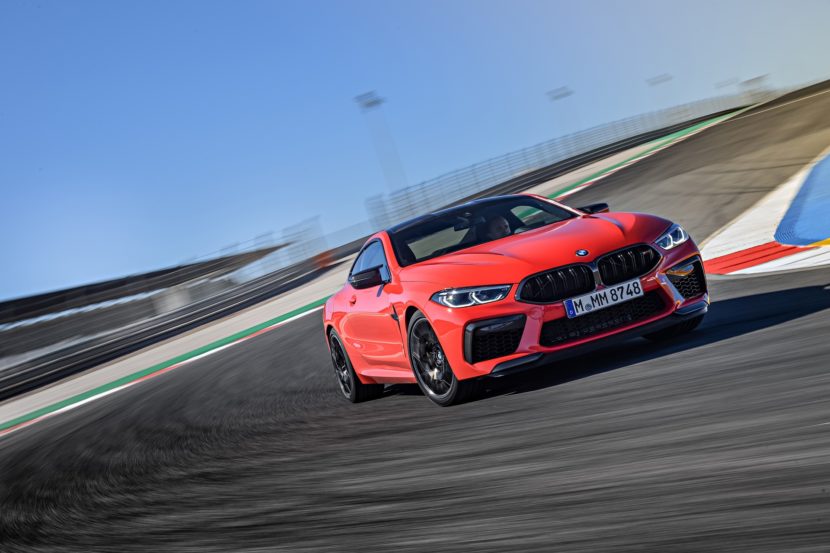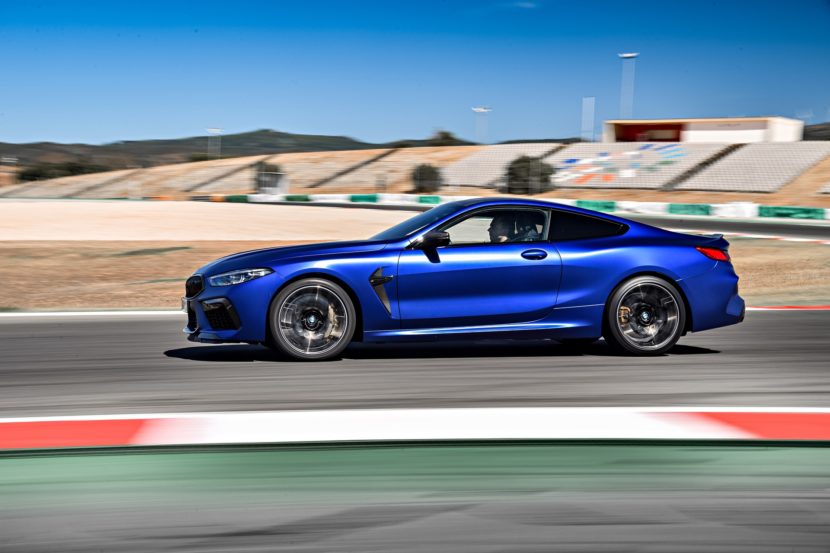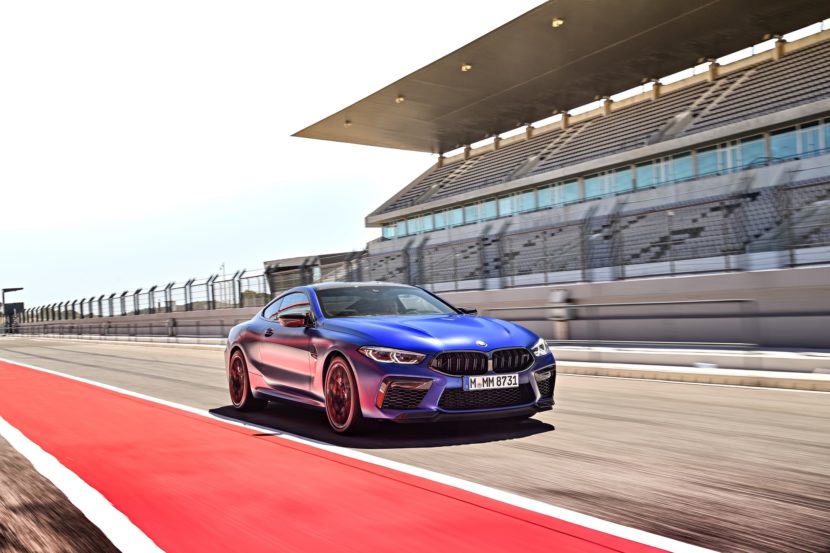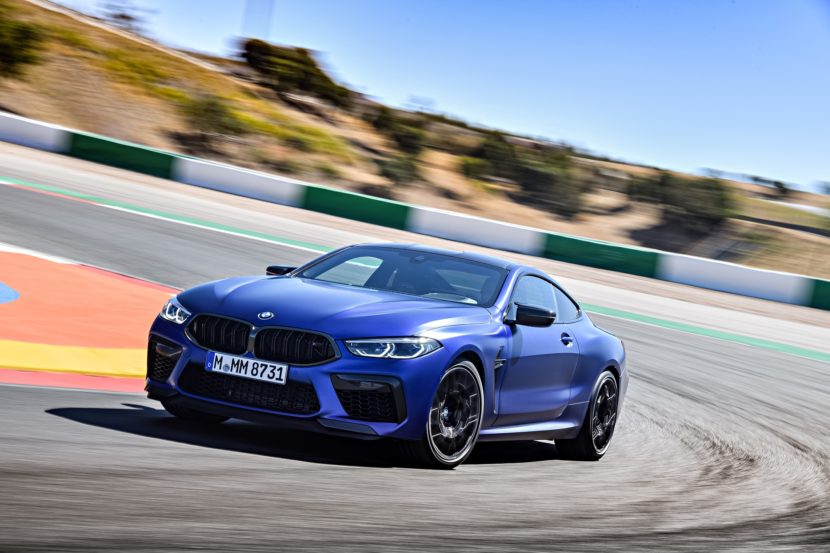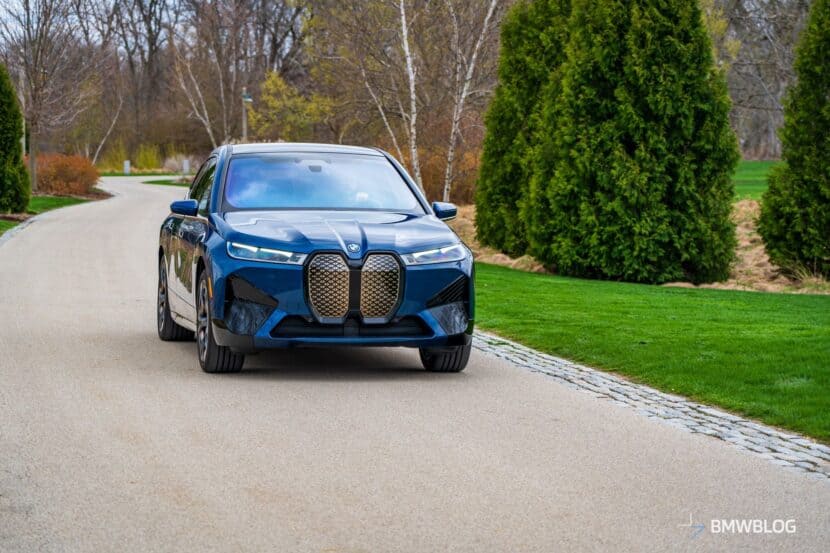Until this year, there’s never been an official BMW M8 production car. Even though BMW gave us an 8 Series back in 1990, they never followed through with a full-fledged M8 model. To be fair, BMW did test the waters a bit, with a one-off prototype M8 which was quite spectacular, but never got passed the approval board since the V12 was never deemed as profitable in the early 1990s. We’re now in 2019 where the premium automotive market relies heavily on crossovers and luxury sportscars, so the landscape was quite favorable for the first-ever BMW M8. To sample the hardcore version of the new sportscar – the 2020 BMW M8 Competition Coupe – I headed back to Portugal for yet another spectacular drive.
This time, my host was the famous and challenging Autodromo do Algarve, a familiar track since the F82 M4 days. On this track, whatever car you’re driving, you better hope it has lots of grip and braking power since its elevations and blind corners are challenging even for many pro drivers. The track is long (2.9 miles) with significant elevation changes and 15 sweeping turns.
But before we jump into the track experience with the 2020 BMW M8 Competition Coupe, let’s take a step back and look at what makes this new M car special.
Technical Highlights
Just like the F90 M5, the 2020 BMW M8 gets an advanced xDrive all-wheel drive system that splits most of the power to the rear wheels until the fronts are needed. Working in combination with the all-wheel drive system, an Active M Differential is standard equipment at the rear axle. The latter can lock anywhere between 0-100 percent in milliseconds and is essential for keeping its rear-end in check.
There are also multiple modes for the xDrive all-wheel drive system. The BMW M8 can switch from the normal ‘4WD’ mode to a sportier ‘4WD Sport’ mode. The latter will keep more power at the rear axle and will allow for some tail spins. If those slip angles aren’t enough for you, and you want some extreme tire-roasting fun, there’s a ‘2WD’ mode that completely deactivates the front axle. It also deactivates DSC entirely and the M8’s ‘2WD’ mode stays on until the driver turns it off.
All of that power and tire-shredding ability needs some high-class chassis and suspension engineering. Therefore, the M8’s double-wishbone front suspension and a five-link rear axle have been designed with bespoke kinematic and elastokinematics, unique from its other 8 Series siblings. In addition, M8’s body received additional reinforcements to raise up the torsional stiffness.
For example, BMW increased the entire front-end stiffness with an additional thrust panel, which also improves the steering precision and response. Compared to the its lower-priced step-brother – the M850i Coupe – the M8 gets ball bearings instead of rubber ones. Additionally, the M8 comes with new engine mounts (50 percent stiffer), increased front suspension camber (from 1 to 1.3 degrees), forged suspension arms and more bracing.
If you look at the M8 versus the M5 sedan, then a few differences stand out. Firstly, the ride height has been lowered by 10mm (0.4in) so the lower center of gravity offers better driving dynamics. Secondly, measuring 4867mm (191.6 in) in length and 1907mm (75 in) wide, the BMW M8 is slightly shorter and wider than the M5 so that also spices up the driving characteristics of the M8.
Certainly, a lot of work has gone into developing the character of the M8, but that was just the beginning. You can also watch this underbody video of the BMW M8 where we explored in detail some of the features.
The Engine
Just like the F90 M5 and the newly unveiled BMW X5 M and X6 M, the 2020 BMW M8 Coupe gets two power stages. The base one is reserved for the non-Competition models which use the same 4.4 liter V8 TwinTurbo engine, but with only 600 hp and 553 lb-ft of torque. The 2020 BMW M8 Competition Coupe keeps the same torque levels while adding 25 more horsepower ((17 in the US) for a total of 625 hp (617 for US spec cars). Paired with that twin-turbo V8 is an eight-speed ZF-sourced automatic, much like the M5, but adapted to the M8.
BMW quoted the standard sprint at 3.2 seconds, yet with the help of BMW Works Driver Martin Tomczyk we managed to beat that. In the video below, you can see the 2020 BMW M8 Competition Coupe running from 0 to 100 km/h in 2.88 seconds and from 0 to 200 km/h (124 mph) with the Launch Control in 9.93 seconds!
The King Of The Track
I’ve had a lot of fun tracking the F90 M5 Competition last year in Ascari – another demanding circuit – but nothing compares to a day on the Portimao track. The Portuguese track resembles old Nürburgring and Spa-Francorchamps, mainly because of its considerable elevations changes and plenty of blind corners which can get you in trouble really quick. In front of me, as always, I have a professional BMW driver, this time around, Martin Tomczyk who has a single goal – lead us through some fast laps without any shenanigans.
The track day always begins with a briefing where some basic rules of non-professional racing are explained. The briefing also gives the M engineers and instructors the opportunity to answer a few last questions about the car’s setup, while also sharing the configuration for the day. In this case, the 2020 BMW M8 Competition Coupe went through a customization process.
The “M1” button behind the steering wheel will put the engine in “Sport Plus”, the Variable Damper Control in “Sport”, steering in “Comfort”, brake system in “Sport”, gearbox tuned to D3, DSC mode is MDM and finally, the M xDrive goes into 4WD Sport. That’s for the first part of the track session so I can experience different personalities of the M8.
Next is the “M2” button which brings more aggressive settings to the driver. The engine’s setup stays the same, but the Variable Damper Control goes up a notch in “Sport Plus”, same as the steering now in “Sport” and the gearbox in S3 (manual shift). Here comes the fun part – BMW feels extremely confident in the grip provided by the M xDrive system that they decided to turn off all the nanny controls. That means – DSC OFF! But the M xDrive setting is now in 4WD.
So clearly, two quite different setups to play with on the track.
The curb weight of the 2020 BMW M8 Competition Coupe is 4,295 lbs (1,948 kg), so not a light weight by any means, but with enough power to balance the heaviness.
Upon firing up the engine, the M8’s cabin gets rattled by the engine’s cold start sound delivering a satisfying growl which should please many hardcore customers. BMW says U.S.-spec cars won’t have the EU particulate filters (OPF), so they should sound better. But even the EU models were good enough for my ears.
Now in “M1”, I’m strolling down the paddocks to enter the first of many sharp corners. The first lap is a reconnaissance lap with Tomczyk leading the way indicating the best lines and the most efficient braking points.
I’m now back on the starting grid slowly building up speed and quickly reaching 260 km/h before a tight right hander where I get to first try the new brake-by-wire system. As a side note, this is an integrated braking system that’s essentially a two-mode brake-by-wire setup. It uses a vacuum-free brake booster with an electronic actuator to deliver braking pressure. The idea here is that it can deliver more precise braking power while also eliminating pedal feel/pressure changes based on outside variables. So feedback through the brake pedal remains constant, even in wet conditions or during high lateral loads.
It also has two modes, Comfort and Sport, which deliver different levels of pedal feel and pressure, to allow the driver to choose which to use at any given time. BMW engineers told me that the brake-by-wire tech saves about 4.5 pounds (2 kg) over a standard braking system.
Off the throttle, full braking and now I’m ready to patiently turn into the corner so I can position the M8 before the next quick right hander. The grip provided by the sticky Pirelli P Zero tires and the M xDrive is comforting, allowing me to put the power down through the next corner which is coming up the hill. The V8 pulls hard, but while staying smooth and linear, while I lightly tap on the gas pedal to control the lateral forces.
The steering inputs are not as aggressive as I expected them, but then I quickly remembered its “Comfort” setting. Despite being a bit soft in input, the M8 is easily controlled and there is still decent feedback coming from the smooth pavement.
Now comes the first descent on Portimao with a long straight where I reach 200 km/h once again. At the bottom of the hill, a left hand turner awaits, but I decided to stay on it a bit longer than the braking points indicated (gotta love the carbon ceramic brakes). The idea here was to see how the car reacts under more aggressive braking and especially with the front-end loaded.
Despite braking later than normal, the 2020 BMW M8 Competition Coupe remains composed and balanced on the track, slowing down enough to turn into the sharp 90 degrees corner. By now I’m quite impressed by the grip and also by the lack of body roll.
The next section brings a blind corner, up the hill, where I don’t slow down the car since the following turn is a full-on throttle one as well.
I can feel the M8 trying to wiggle its tail, but the MDM does the job right and gives you that extra boost of confidence. The traction available on corner exits is what makes the M8 even more fun to drive since you can stay on that gas pedal and adjust your trajectory with smooth steering inputs. Mid-corner stability is great and predictable, so the M8 can make most of us better track drivers.
Another 90 degree corner puts me back in the third gear before heading up the hill and then down onto a section of extremely fast corners. Yet Tomczyk simply does not wanna slow down. I continue this dance up and down the hill at high speeds for a bit longer, but by now, I’m already trusting my instincts and especially, the M8’s capabilities.
Speaking of the car’s capabilities, I can confidently state this – the 2020 BMW M8 Competition Coupe has sooo much power and prowess that it will take extremely skilled drivers to bring out its full potential. By my calculations, with a bit of an ego involved, I reached about 30 percent of the M8’s potential.
The ZF eight-speed and M-tuned transmission is superb and works perfectly with the ever-pleasing V8. It holds gears all the way up to the redline before smoothly shifting. You can, of course, use the shift paddles on the steering, if you please.
The end of Turn 15 brings a long sweeper into the straight line where we change the driver’s position on the track and the car’s setting.
I’m now in the more aggressive “M2” mode which brings up the sportiness of the M8 – if that’s even possible – but it takes away the extra safety of the MDM. So now with DSC OFF and with a sharper steering, I’m ready to dance my way to the finish line.
Tomczyk still doesn’t slow down so I’m doing my best to keep up with him, fully knowing that he’s probably sipping on a coffee while driving and guiding us through the radio.
When the electronic aids are disengaged, the M8 becomes more playful and that was apparent immediately in Turn 1. The tail started to swing, but thanks to the heavier and more precise steering setup (now in “Sport”), I managed to quickly catch the rear-end.
Okay, now that’s fun!
The steering inputs are enhanced and there is a lot more feedback being transferred from the road. Thanks to the “Sport Plus” setting, the suspension is stiffer, and while bouncier on the track, it’s a bit more engaging for the driver. With the gearbox now in S3, I need to manually shift the car which reminds me that I still prefer the fully-automatic mode and its precisely timed shifts.
Through the rest of the corners and elevations, the 2020 BMW M8 Competition Coupe slides around a bit more than in my previous laps, but with very little grip loss. Not enough to make me worry. The xDrive system – now tuned by M – reinforces why it’s one of the best in business. It’s not intrusive and it’s there to guide you more than to babysit you.
Another 250 km/h long straight and a few late braking zones, and I am ready to call it a day. Despite getting faster and more comfortable with the M8, it’s always best to quit while I’m ahead.
Should I Buy One?
I’ve put plenty of laps on this 2020 BMW M8 Competition Coupe to know that I’m dealing with a very special car. I loved the spirit of the M5 Competition, but I adore the sportiness and pleasing character of the M8 Competition. While most of the customers will shy away from track days with their M8, knowing what the car can do might be enough to put a smile on their faces. In the end, this is the ultimate grand tourer which combines the ///M DNA with the luxury and tech of the next decade.
There are few true pound-for-pound fighters in this segment. If you look at the market, you can see the Porsche 911 Carrera and potentially the Aston Martin V8 Vantage, despite its lack of rear seating. But if you look across the German lineup, there is no direct competitor to the M8 Gran Coupe. So it’s not surprising that the 2020 BMW M8 Competition Coupe aims to deliver some of the best features required in this segment, without many compromises.
If you have over $130,000 to shell out, congratulations! Your list of luxury sportscars has just gotten longer.
Pricing for the new 2020 M8 Coupe is $133,000 and $146,000 for the M8 Competition Coupe. The 2020 M8 Convertible MSRP is $142,500 and $155,500 for the M8 Competition Convertible. Pricing does not include $995 Destination.
2020 BMW M8 Competition Review
Exterior Appeal - 10
Interior Quality - 9
Steering Feedback - 9
Performance - 10
Handling - 9
BMWness/Ultimate Driving Machine - 9
Price Point - 8
9.1
To sample the hardcore version of the new sportscar - the 2020 BMW M8 Competition Coupe - I headed back to Portugal for yet another spectacular drive.


